姜容樵(1891~1974),现代著名武术家、武术教育家、武术理论家。尤精通武当、八卦、形意、太极,以及张占魁所创形意八卦拳等内家拳法。曾执教江苏省第十中学。在上海创办尚武进德会,三十年代又发起组织“健康试验社”、“击技试验社”。一九四六年辞职后,专门从事武术和文艺写作。抗美援朝时,先生又亲送其子赴朝参战。并收徒传授武技。先后审定教材数十种,并教授拳械。
姜容樵,字光武,生于1891年,河北沧州人。出身武术世家,曾祖父姜廷举为秘宗拳大师。幼读私塾并从叔父德泰(武进士)、姑丈陈玉山习练“铁腿”,传得行侠暗器等技,与“万能手”孙通所传多种拳技,学秘宗拳械及擒拿格斗之技。十余岁便与叔父挟技走天下。1909年投师张占魁专习形意、八卦拳术。心芯慕慕,苦学不已。酷嗜斯道,长年不息,从师二十余载。先生事师至诚,深得内家拳术之奥,武功略逊其师兄韩慕侠,所以青年时代就武艺精湛,闻名远近,成为张占魁门下佼佼者之一。先生习武常说:”懂其一门不称善,善则全而精,汇各家各门之长,聚而精,方悟一国之术。”他这种打破门户偏见,汇集众家之长和勇于进取,刻苦好学得精神,曾受到武术界的赞扬。从李霖春研习太师鞭,并于李景林处习武当剑、李雨三处习青萍剑、好友汤士林处学太极拳。
容樵行思敏捷,记忆力惊人,且终日研习,不知倦怠,每学一招式,必穷其法理,对各师讲授的“一功、二力、三经、四计、五拆、六打、七说、八讲”等均及时归纳整理。李景林曾赞许他为李景林曾在《形意杂式捶八式合刊·序》中评赞姜云:“(姜容樵练武)姿态活泼、刚柔合度、毫无呆滞或极刚不柔之弊。曾许其为国术界之干才。且尤长于阐发学理”。
1920年,在津浦铁路局任职员期间,始授武技。后执教江苏省第十中学。1928年在上海与李芳辰、徐静仁诸先生各捐私资创办尚武进德会。在传播武技的同时,还致力于编撰出版尚武丛书,出版了《当代武人奇侠传》(12册)。三十年代又发起组织“健康试验社”、“击技试验社”,与徐致一、贾蕴高、曹德模、马步周等十余位先生筹建,共同探讨挖掘、整理、继承和发扬国技的工作。主张“国术强身,以技击敌”,深研拳论。1932年受聘为南京中央国术馆编审处处长工作十二年,主编《国术丛刊》。此间先生除张之江馆长、李景林副馆长委托,代表“中央国术馆”巡视地方国术馆,主持武赛,组织裁判人选,力倡国术之外,就全力以赴去从事考察、研究整理中原一带的武术。曾先后到河南温县陈家沟、嵩山少林寺、湖北武当山和山西蒲州等地,走访立据可考的遗老、长者;查阅族谱、家谱、墓碑,翻阅大量乡土志、县志以及历代藏书;认真寻根究底。抗日期间。先生辞离国术馆,前赴皖南大学担任文学、历史讲师三年。先生素日爱国志坚,为鼓气民众,抵御外患,曾勇于投稿至《求是月刊》等爱国刊物。
晚年定居上海虹口区多伦路,原张之江寓所,致力于整理遗文、编述新作。后双目失明,犹口述手划指导后学。1949年中华人民共和国成立后,仍从事著述和授拳。
解放后,深蒙党和人民政府的关怀,姜老先生的高超拳艺如枯木逢春,得以充分的重视和发扬。一九五三年十一月被聘为第一次全国民族形式体育表演大会武术副总裁判长。曾多次在全国武术大会上表演形意、八卦、秘宗、陈氏太极长拳、太师鞭、青萍剑、八卦奇门枪等拳术和器械。
1953年任全国民族形式体育表演及竞赛大会武术总裁判。一生精武通文,著作颇丰,先后编纂出版《写真秘宗拳》、《写真形意母拳》、《形意杂式捶八式拳合刊》、《太极拳术讲义》、《写真太师虎尾鞭》、《写真太师水磨鞭》、《写真鞭枪大战》、《写真青萍剑》、《昆吾剑》、《少林棍法》、《八卦奇门枪》、《八卦掌》等书28部,为武术文化遗产的发掘,继承和发展作出了贡献。其中1963年出版的《八卦掌》一书,再版发行已达百万册,对八卦掌的总结整理与广泛传播,影响很大。1974年去世,享年83岁。传人有沙国政、卢永才等。
六十年代时期,在极端困难的条件下,又编著了《八卦掌》一书,由人民体育出版社于一九六三年出版,至今已再版发行多次。国外也陆续不断发行先生二三十年代所著的武术丛书《写真秘宗拳》、《写真青萍剑》、《写真八卦奇门枪》、《形意拳八式、杂式锤合编》等等,在海外武术界产生了深远的影响。先生古稀之年还着手编写了《近代武术家列传》、《形意百形拳》、《象形拳八式》、《八卦散手掌》和《陈公哲知行录》等著作,遗憾的是,有的未及完稿先生已与世长辞了。
先生在他过去的五十年里。先后撰写了近五百万字的著作,此类书流传海内外,并为国家图书馆收藏。其中有武术论著二十六种,创作武侠小说三种,《武侠七人传》十二本。姜老先生为发掘继承祖国传统武术不遗余力,编辑了这么多的武术丛书,给国家留下一份宝贵文化遗产。他的杰出贡献深受武术界所赞誉,当时“中央国术馆”张之江馆长、李景林副馆长称之谓“为国术界干才”。
告诫学生:“业成本于德,德高者志必正,志正者技必精”。又曰:“要成功,志必正,时必争,纯而真,方有成”。先生平时诲人授技,严之有格,常以“为师见仁不传而失仁,无德而授其传必失”开导学生。先生的谆谆教诲,世人早已深为敬佩。
爱憎分明,疾恶如仇,侠骨钢肠,不甘外侮更显露出先生的内才功力和民族气节。据杨基峨先生(姜之师弟)回忆:“姜先生在津浦铁路当职员,时值一九二零年十月的一天,在天津街坊购书,见七、八名剽悍俄国佬肆意殴打中国人,先生目睹此状,顿时怒发冲冠,义愤填膺。当即脱下长袍抱了书本,泰然挺立在一名高个子(马克洛微奇)前质训道:‘你们为何如此这般!’话音未落,马即抡拳劈面击来,只见先生稍一掠肘,对准对方当胸(华盖穴)一掌,对方顿时面如土色,踉跄倒地,口吐白沫,鲜血逆涌。这时旁边几个俄国佬猛扑而来,先生以八卦步敏捷闪过,绕至对方身后施以武技,一触即发,不屑几掌,个个东倒西歪,鼠窜而逃。受难群众无不称快。事后方知,此般俄国佬妄想占地设擂,欺我中华。先生济困扶危,力挫洋人,维护民族尊严的高尚精神曾一度传为佳话”。
姜老先生武技传人,桃李满天下。仅据一九六四年整理的《形意拳师承宗谱》中所列入室弟子有姜宗毅、姜宗陶、张文广、沙国政、季远松、曹恭、杨邦泰、邹淑娴、卢永才、葛天生、沈仲初等人。先生晚年常在上海虹口公园习武练体,持技授徒,姜老当时虽有目疾,仍亲传口授,一丝不苟。
姜容樵先生的一生艰苦卓绝,不为名、不为利。热心从事提倡武术,为挖掘整理继承发扬祖国的民族文化瑰宝而鞠躬尽瘁,他实践了自己的身前诺言:“我要生于青春,殁于青春,生于少年,殁于少年,青春无尽即自我无尽。在提倡武术,发掘整理武术事业上,我要不遗余力,只要一息尚存,努力不已”。
Jiang Rongqiao (1891-1974), a famous modern martial artist, martial arts educator, and martial arts theorist. Especially proficient in Wudang, Bagua, Xingyi, Tai Chi, as well as Zhang Zhankui’s Xingyi Bagua Fist and other internal boxing techniques. Formerly coached Jiangsu Province No. 10 Middle School. Established the Shangwu Jinde Society in Shanghai, and in the 1930s, launched the organization of the “Health Testing Society” and “Strike Technology Testing Society”. After resigning in 1946, he specialized in martial arts and literary writing. During the War of Resistance against the United States and Aid to Korea, the gentleman personally sent his son to Korea to participate in the war. And recruit apprentices to teach martial arts skills. We have approved dozens of teaching materials and taught martial arts.
Jiang Rongqiao, also known as Guangwu, was born in 1891 in Cangzhou, Hebei. Born in a martial arts family, great-grandfather Jiang Tingju is a master of secret boxing. I studied in a private school at a young age and practiced “Iron Legs” from my uncle Detai (Wu Jinshi) and my uncle Chen Yushan. I passed on martial arts skills such as martial arts and hidden weapons, and learned various boxing techniques from Sun Tong, the “Almighty Hand”. I also learned the techniques of the Secret School of Fist, as well as the techniques of catching and fighting. At the age of more than ten, he took his skills with his uncle and went global. In 1909, pitcher Zhang Zhankui specialized in form and meaning, as well as Bagua boxing. My heart is filled with admiration and I am constantly studying hard. Cool and passionate, he has been teaching for over 20 years without stopping. Mr. Shi is extremely sincere in his martial arts and has a deep understanding of the martial arts of his family. His martial arts skills are slightly inferior to his senior brother Han Muxia. Therefore, during his youth, he had exquisite martial arts skills and was famous far and wide, becoming one of the outstanding members of Zhang Zhankui’s sect. Mr. Wu often said during his martial arts practice, “Understanding one subject is not necessarily good, but good is comprehensive and refined. By gathering the strengths of various schools and disciplines, one can truly understand the art of a country.” His spirit of breaking through the prejudices of traditional Chinese schools, gathering the strengths of various schools, being brave and enterprising, and being diligent and eager to learn has been praised by the martial arts industry. I studied Taishi Whip from Li Linchun, Wudang Sword from Li Jinglin, Qingping Sword from Li Yu San, and Tai Chi from my friend Tang Shilin.
Rong Qiao is quick in thought, has an amazing memory, and studies all day long without fatigue. Every time he learns a move, he must use his Dharma principles to summarize and organize the “One Skill, Two Forces, Three Classics, Four Strategies, Five Dismantling, Six Attacks, Seven Says, and Eight Says” taught by each teacher in a timely manner. Li Jinglin once praised him as a talented person in the field of Chinese martial arts, and praised Jiang Yun in his “Preface to the Miscellaneous Forms of Chui Ba Shi”: “Jiang Rongqiao practices martial arts with a lively posture, a combination of hardness and softness, without any dullness or extreme hardness or softness. He was also recognized as a talented person in the field of Chinese martial arts, and was particularly skilled in elucidating academic principles.
In 1920, during his tenure as a staff member of the Jinpu Railway Bureau, he began to teach martial arts skills. Afterwards, he taught at Jiangsu Provincial No. 10 Middle School. In 1928, he donated private funds with Mr. Li Fangchen and Mr. Xu Jingren to establish the Shangwu Jinde Society in Shanghai. While spreading martial arts skills, he also devoted himself to compiling and publishing martial arts books, and published the “Contemporary Martial Arts Biography” (12 volumes). In the 1930s, the organization of “Health Testing Society” and “Strike Technology Testing Society” was initiated, and more than ten gentlemen including Xu Zhiyi, Jia Yungao, Cao Demo, and Ma Buzhou were established to jointly explore the work of excavating, organizing, inheriting, and promoting national technology. Advocate for “strengthening the body with traditional Chinese martial arts and attacking the enemy with skills”, and delve into the theory of boxing. In 1932, he was appointed as the director of the editorial and review department of the Nanjing Central Academy of Chinese Art for twelve years, and was the editor in chief of the “Chinese Art Series”. In addition to being commissioned by Zhang Zhijiang, the curator, and Li Jinglin, the deputy curator, to represent the “Central Chinese Martial Arts Museum” in inspecting local Chinese martial arts museums, hosting martial arts competitions, organizing judges, and advocating Chinese martial arts, Mr. Zhang devoted all his efforts to conducting investigations, researching, and organizing martial arts in the Central Plains region. I have visited Chenjiagou in Wenxian County, Henan Province, Shaolin Temple in Songshan, Wudang Mountain in Hubei Province, and Puzhou in Shanxi Province to visit the elderly and elders who can be verified through evidence; Refer to genealogy, genealogy, tombstones, and browse a large number of local chronicles, county chronicles, and historical collections; Seriously search for the bottom line. During the Anti Japanese War. Mr. Wang resigned from the National Art Museum and went to Wannan University to serve as a lecturer in literature and history for three years. Mr. Su has always been a patriotic figure, and in order to inspire the public and resist foreign aggression, he has bravely submitted his articles to patriotic publications such as “Qiushi Monthly”.
In his later years, he settled down in Duolun Road, Hongkou District, Shanghai, the former residence of Zhang Zhijiang, and devoted himself to sorting out his posthumous writings and compiling new works. Blind in both eyes, still dictating hand strokes to guide future learning. After the establishment of the People’s Republic of China in 1949, he still engaged in writing and teaching boxing.
After the liberation, with the care of the Communist Party and the people’s government, Mr. Jiang’s superb boxing skills were fully valued and developed like withered trees in spring. In November 1953, he was appointed as the Vice President Judge of Martial Arts at the First National Ethnic Form Sports Performance Conference. I have performed various martial arts techniques and equipment at national martial arts conferences, such as Xingyi, Bagua, Mi Zong, Chen’s Tai Chi Long Fist, Taishi Whip, Qingping Sword, Bagua Qimen Gun, etc.
In 1953, he was appointed as the martial arts chief judge of the National Ethnic Form Sports Performance and Competition Conference. Throughout his life, he has been proficient in martial arts and has written extensively. He has compiled and published 28 books, including “Shuzhen Secret Sect Fist”, “Shuzhen Xingyi Mother Fist”, “Xingyi Miscellaneous Chui Ba Shi Fist Joint”, “Tai Chi Fist Lectures”, “Shuzhen Taishi Tiger Tail Whip”, “Shuzhen Taishi Shuimo Whip”, “Shuzhen Whip Gun Battle”, “Shuzhen Qingping Sword”, “Kunwu Sword”, “Shaolin Stick Technique”, “Bagua Qimen Gun”, “Bagua Palm”, etc, Has made contributions to the excavation, inheritance, and development of martial arts cultural heritage. The book “Bagua Palm” published in 1963 has been reprinted and distributed in millions of copies, which has had a significant impact on the summary, organization, and widespread dissemination of Bagua Palm. He passed away in 1974 at the age of 83. Descendants include Sha Guozheng, Lu Yongcai, and others.
In the 1960s, under extremely difficult conditions, he also compiled the book “Baguazhang”, which was published by the People’s Sports Publishing House in 1963 and has been reprinted and distributed multiple times since then. Foreign countries have also continuously released martial arts series books such as “Shuzhen Secret Sect Fist”, “Shuzhen Qingping Sword”, “Shuzhen Bagua Qimen Gun”, “Xingyi Fist Eight Forms, Miscellaneous Hammer Combination”, etc., which have had a profound impact on the overseas martial arts industry. In his rare years, he also started to write Biographies of Modern martial artist, Xingyi Baixing Boxing, Eight Forms of Pictographic Boxing, Bagua Sanshou Palm, and Chen Gongzhe Zhixing Record. Unfortunately, some of his unfinished works have passed away.
Sir, in his past fifty years. He has written nearly five million words of works, which have been circulated both domestically and internationally and collected by the National Library. Among them, there are 26 types of martial arts treatises, three types of martial arts novels, and 12 books of “Biographies of the Seven Martial Arts Masters”. Mr. Jiang spared no effort in exploring and inheriting the traditional martial arts of the motherland by editing so many martial arts books, leaving a precious cultural heritage for the country. His outstanding contributions were highly praised by the martial arts industry, and at that time, Zhang Zhijiang, the director of the “Central Chinese Martial Arts Museum” and Li Jinglin, the deputy director of the museum, called him “a talented person in the Chinese martial arts field”.
Remind students: “The cost of business lies in morality, and those with high morality will have a positive attitude, while those with a positive attitude will have excellent skills. It is also said: “To succeed, one must have a positive will, strive for the right time, be pure and true, and achieve success. The teacher usually teaches skills to others, with a strict and dignified attitude. He often teaches students that ‘as a teacher, if one sees benevolence and does not impart it, one will lose benevolence; if one teaches without virtue, one will inevitably lose it.’. The teacher’s earnest teachings have long been deeply respected by the world.
The distinction between love and hate, the hatred of evil as enmity, the chivalrous and steely heart, and the unwillingness to be bullied by others further demonstrate the gentleman’s internal talent, skill, and national integrity. According to Mr. Yang Jie (Jiang’s younger brother), “Mr. Jiang worked as a staff member on the Jinpu Railway. On a day in October 1920, when he was buying books in a Tianjin neighborhood, he saw seven or eight plagiarism Russians beating up Chinese people recklessly. Upon witnessing this, Mr. Jiang immediately became furious and filled with righteous indignation. He immediately took off his robe and held onto his books, standing calmly in front of a tall man (Maklovich) Why are you so and so Before he could finish speaking, Ma immediately swung his fist and hit the opponent’s chest (Huagai acupoint) with a swipe of his elbow. The opponent’s face turned pale and stumbled to the ground, foaming at the mouth, and blood surged back. At this moment, a few Russian people next to him pounced, and the gentleman quickly flashed by with gossip steps. He circled behind the opponent and applied martial arts skills, which were explosive at the slightest touch. He disdained a few palms, and each of them stumbled and ran away with the mice. The suffering masses were all pleased. Afterwards, it was discovered that the Russians were deluding us with occupying land and setting up a challenge, deceiving China. The noble spirit of helping the poor, defeating the foreigners, and maintaining national dignity was once passed down as a good story.
Mr. Jiang, the inheritor of martial arts skills, is full of peaches and plums throughout the world. According to the “Genealogy of the Inheritance of Form and Meaning Fist Masters” compiled in 1964, the disciples included in the imperial examination include Jiang Zongyi, Jiang Zongtao, Zhang Wenguang, Sha Guozheng, Ji Yuansong, Cao Gong, Yang Bangtai, Zou Shuxian, Lu Yongcai, Ge Tiansheng, Shen Zhongchu, and others. In his later years, Mr. Jiang often practiced martial arts and physical fitness at Hongkou Park in Shanghai, holding skills to teach apprentices. Although he had eye problems at that time, he still personally passed on the oral instruction, meticulously.
Mr. Jiang Rongqiao’s life was extremely difficult, not for fame or profit. Enthusiastically engaged in promoting martial arts and dedicating himself to the exploration, inheritance, and promotion of the national cultural treasures of the motherland, he fulfilled his promise: “I will be born in youth, die in youth, born in youth, die in youth, and have endless youth. In promoting martial arts and developing and organizing the martial arts industry, I will spare no effort, as long as there is a breath left, I will work tirelessly.

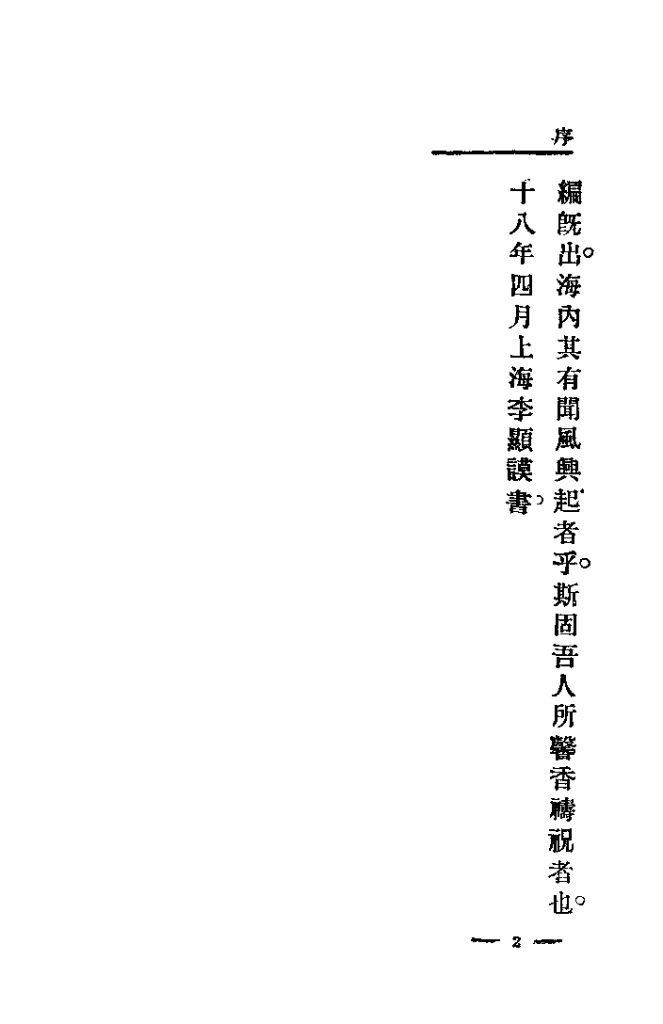
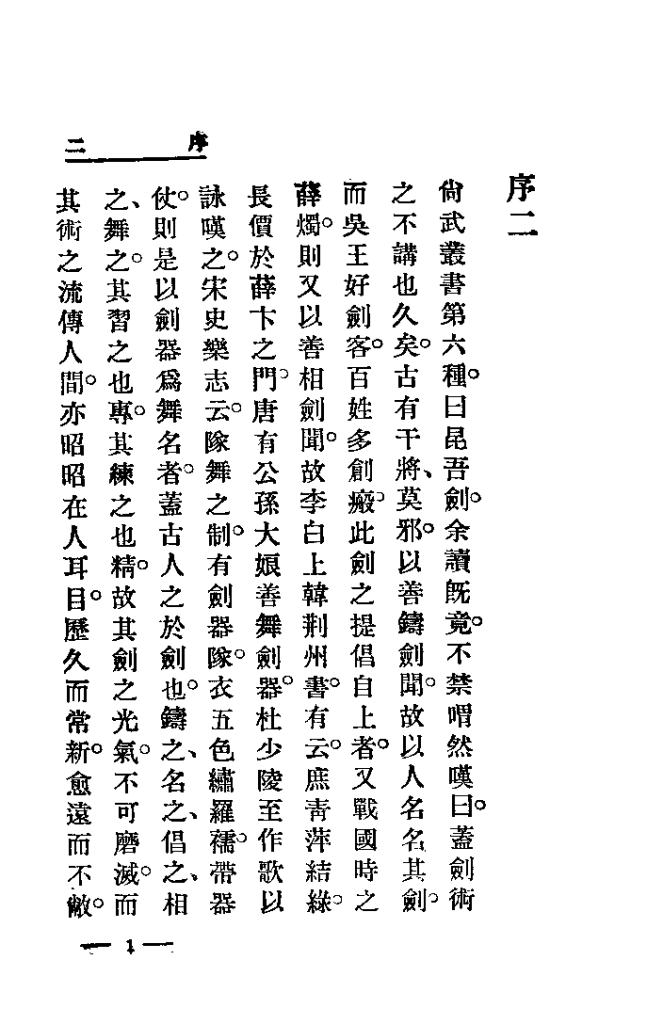

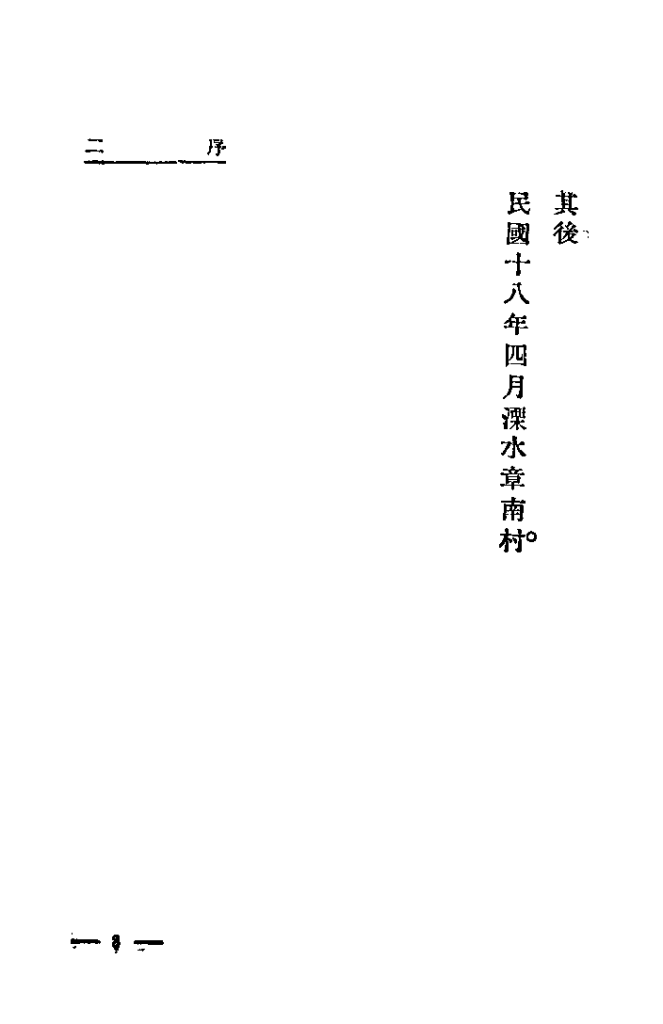

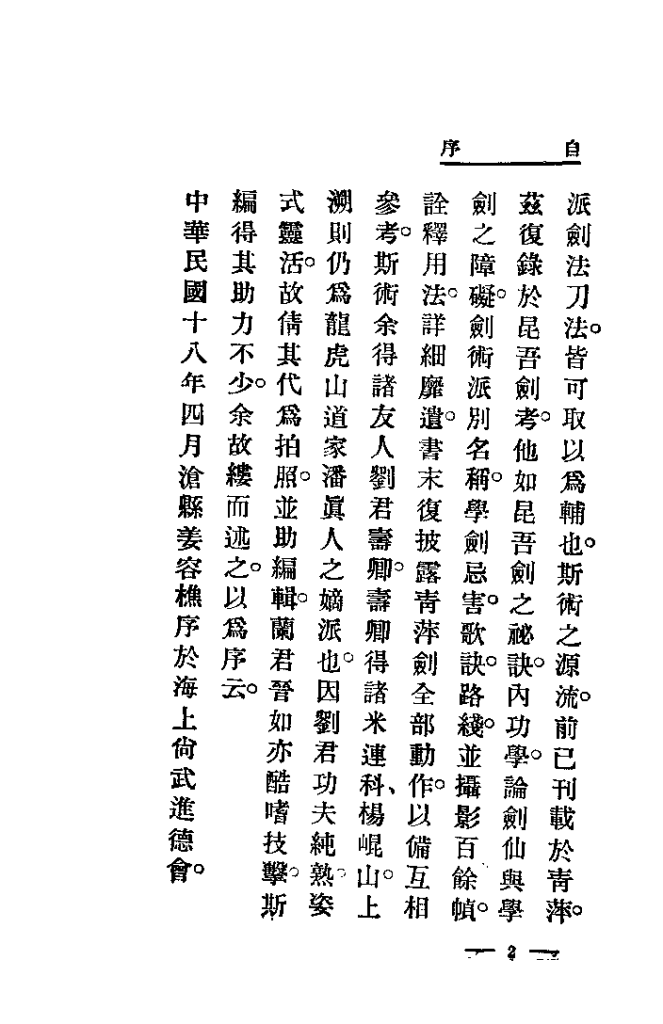


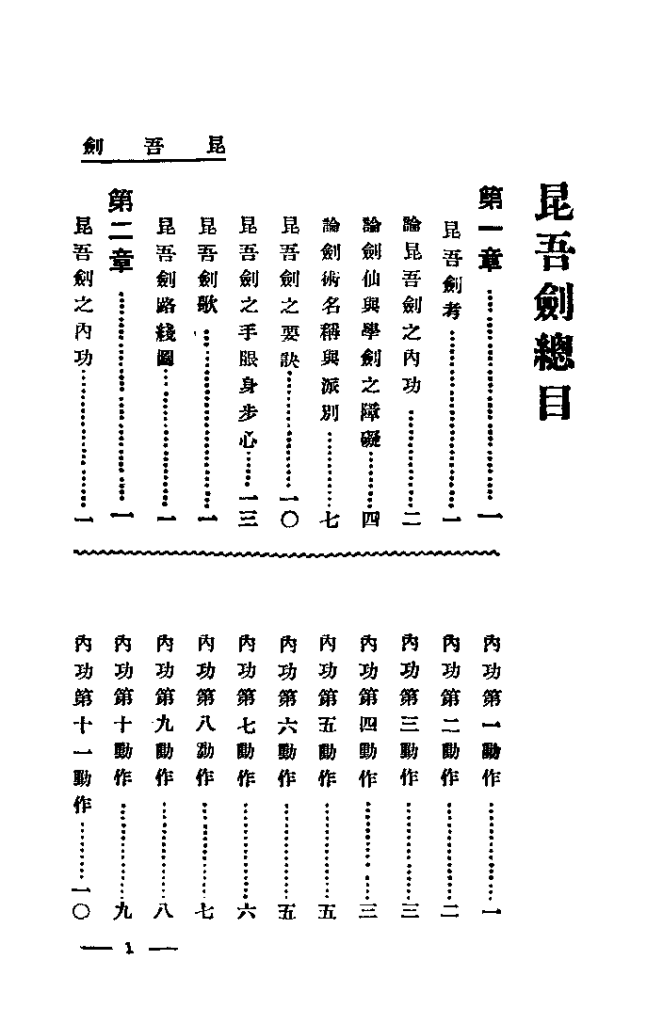
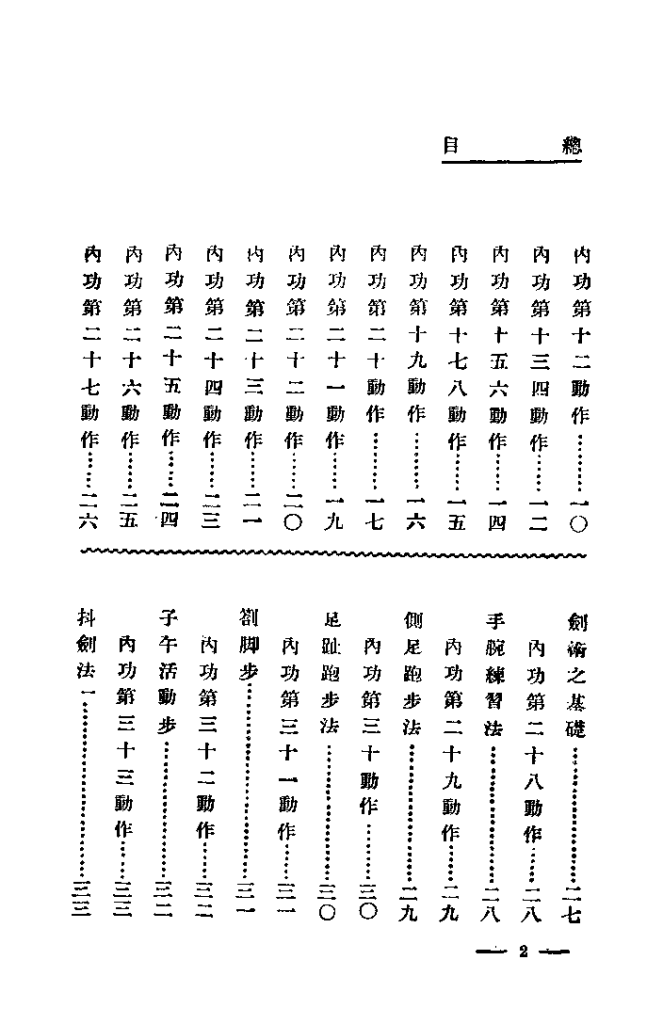

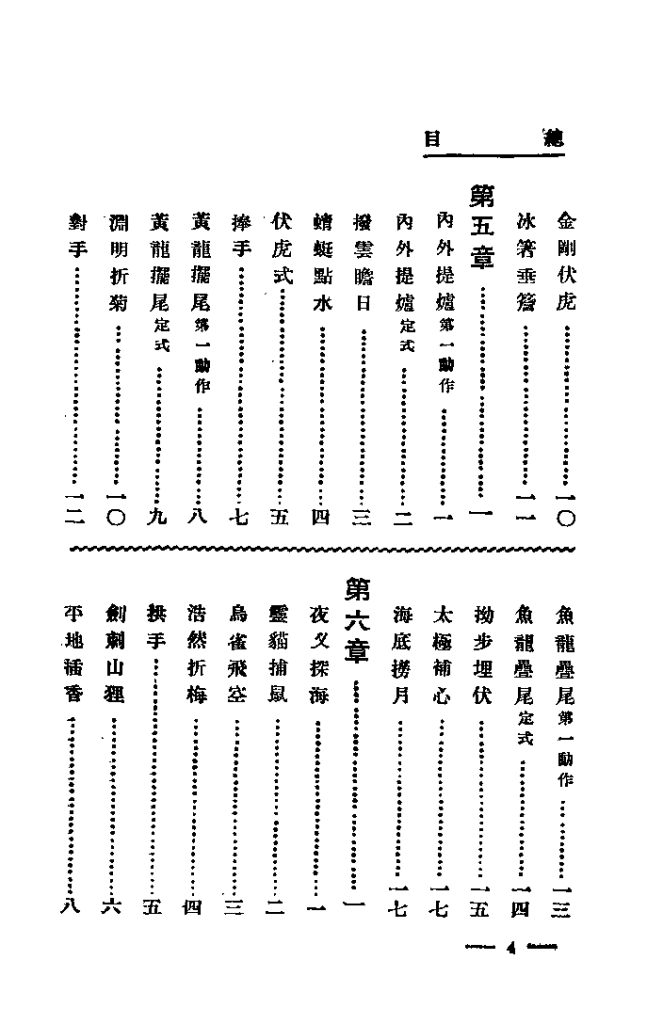



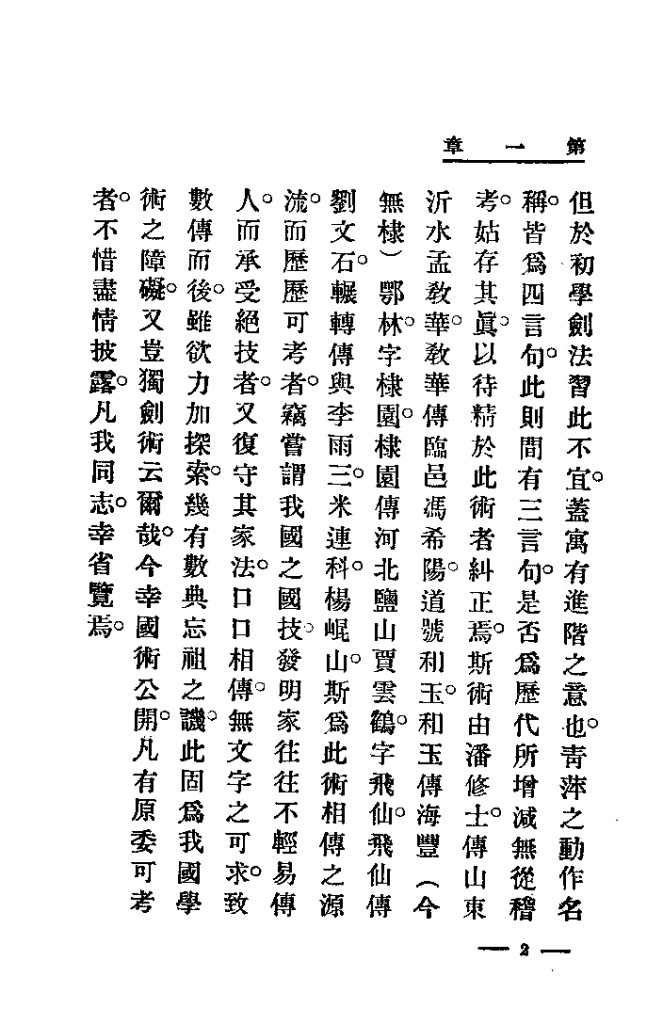
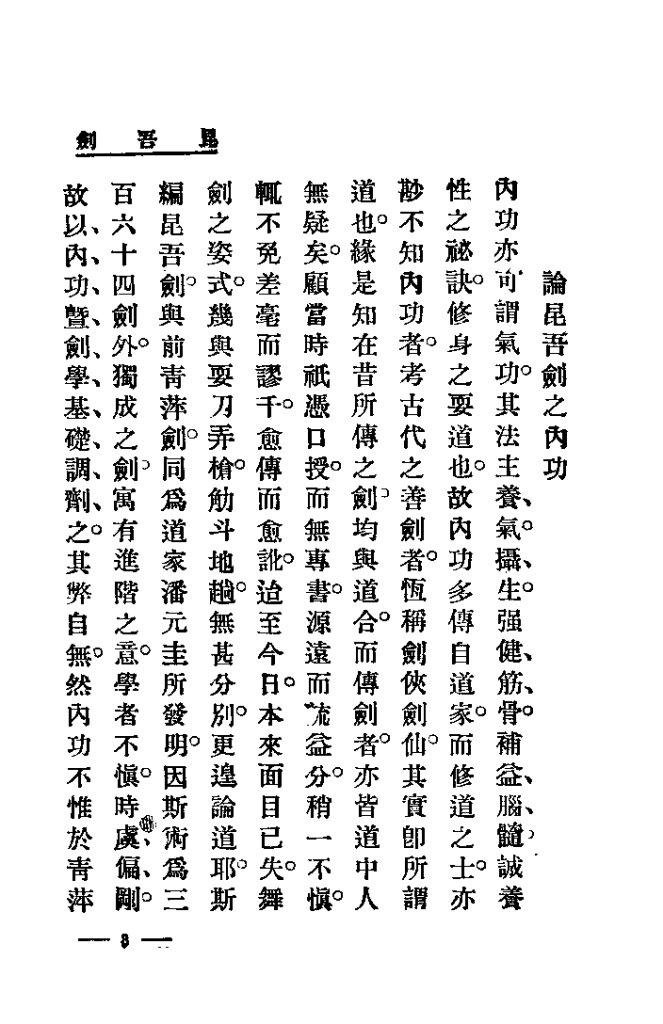
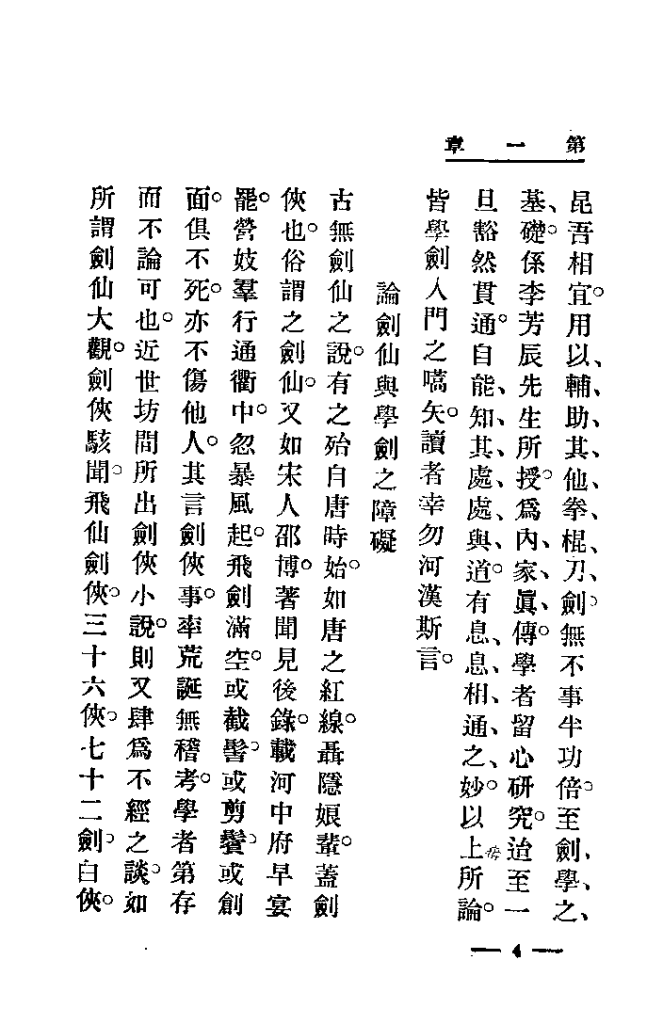
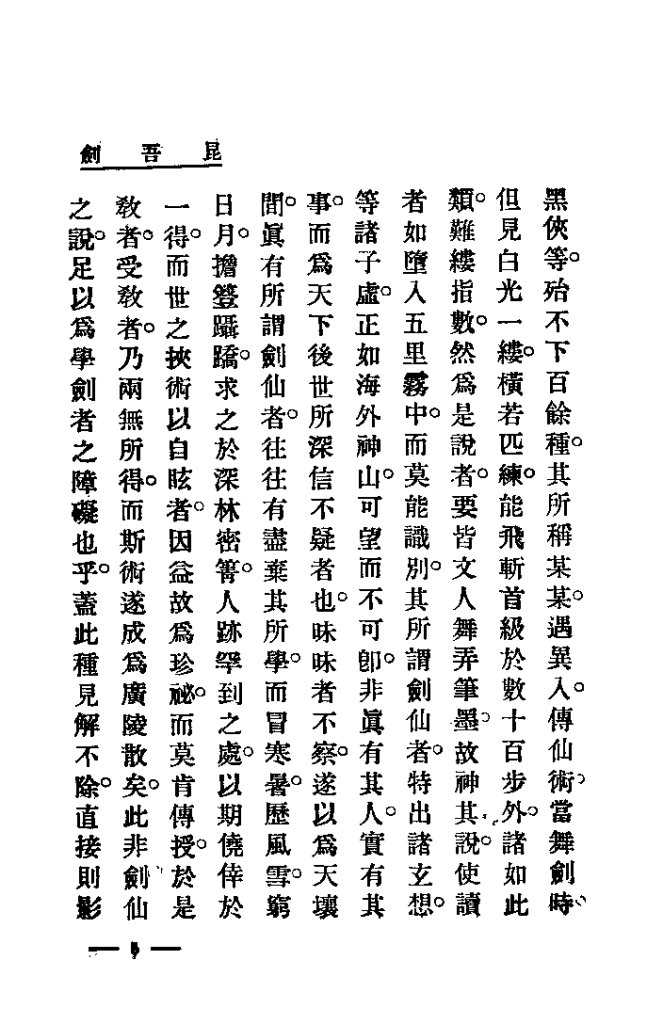
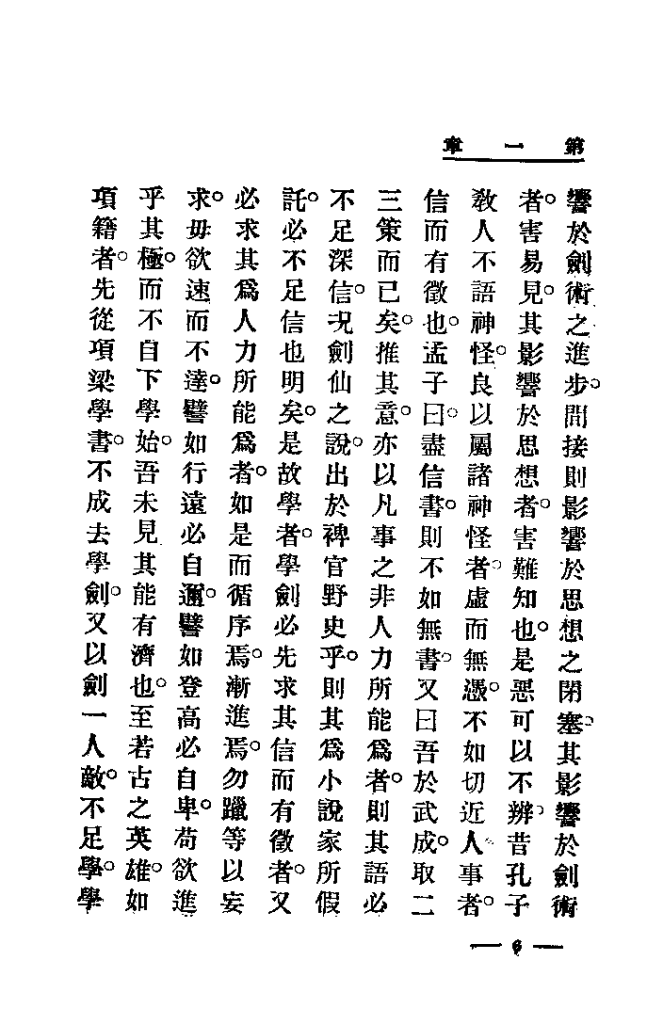
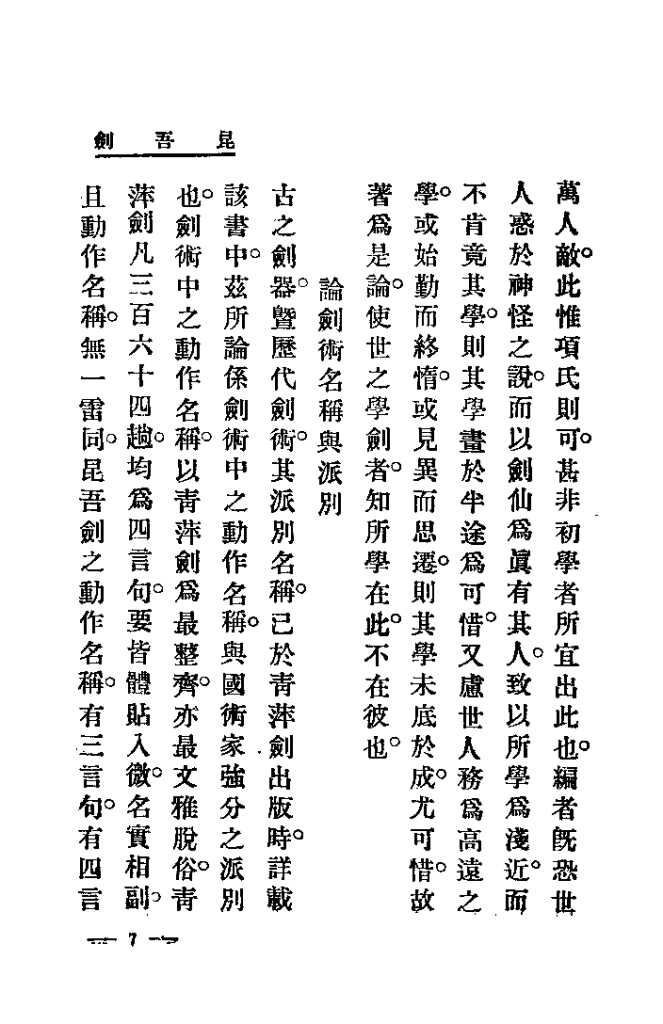



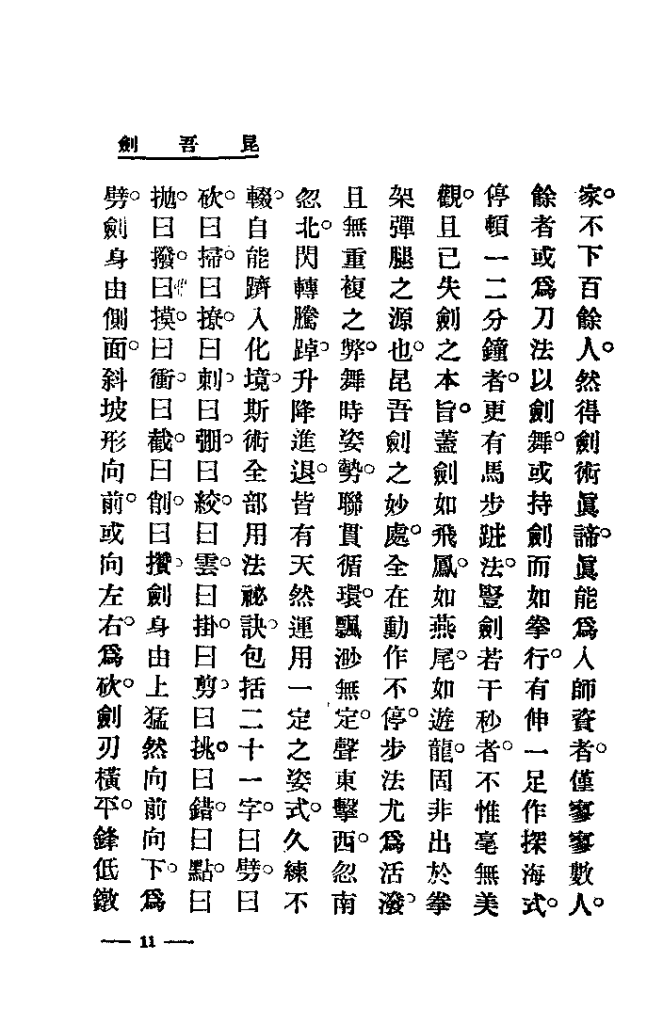
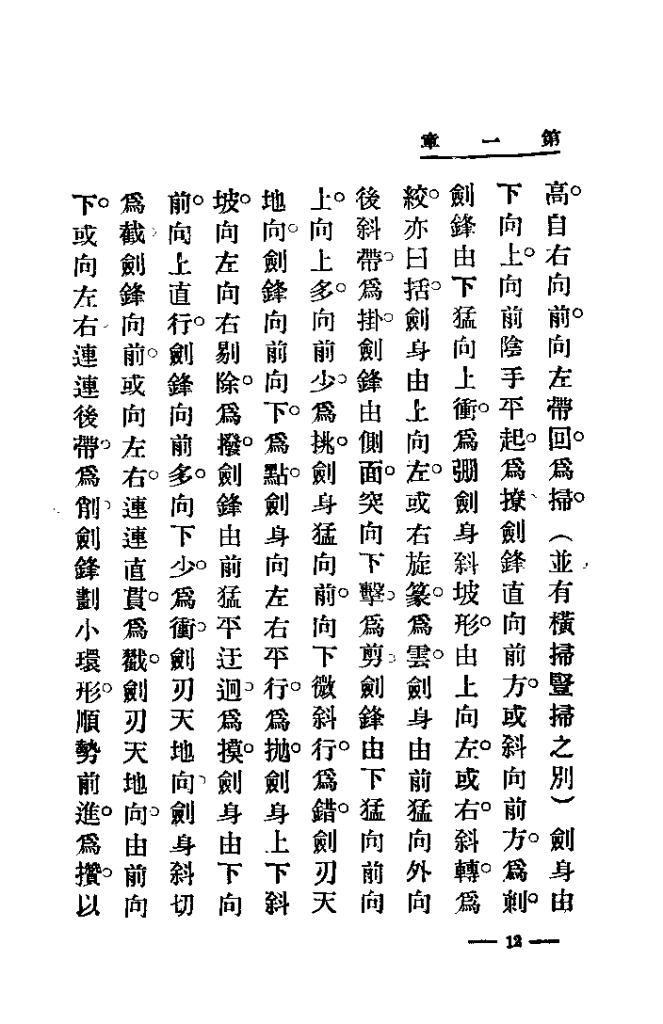

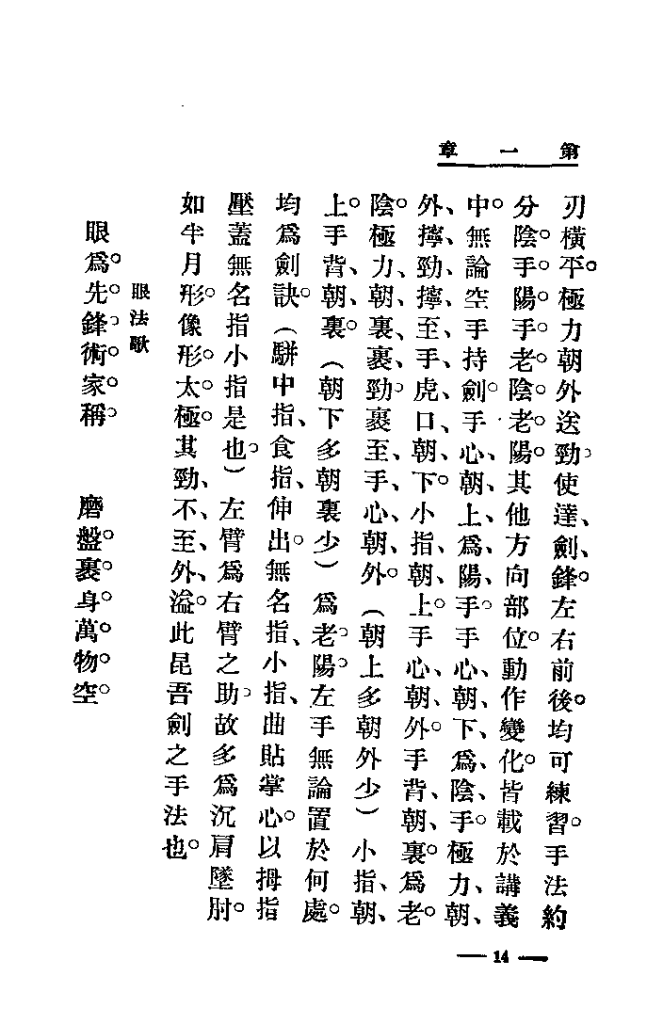
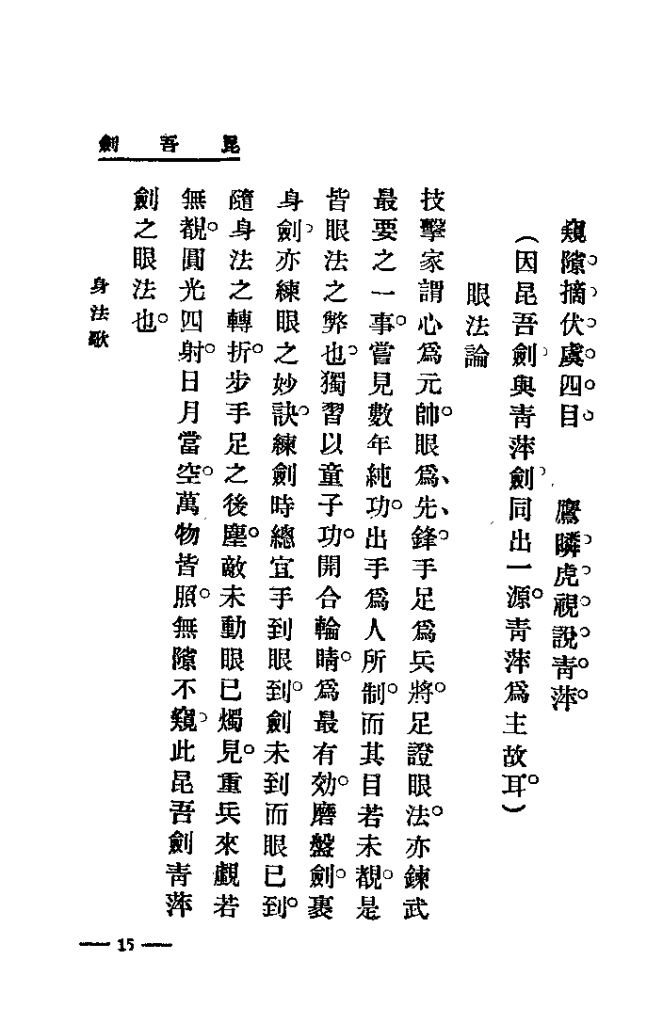
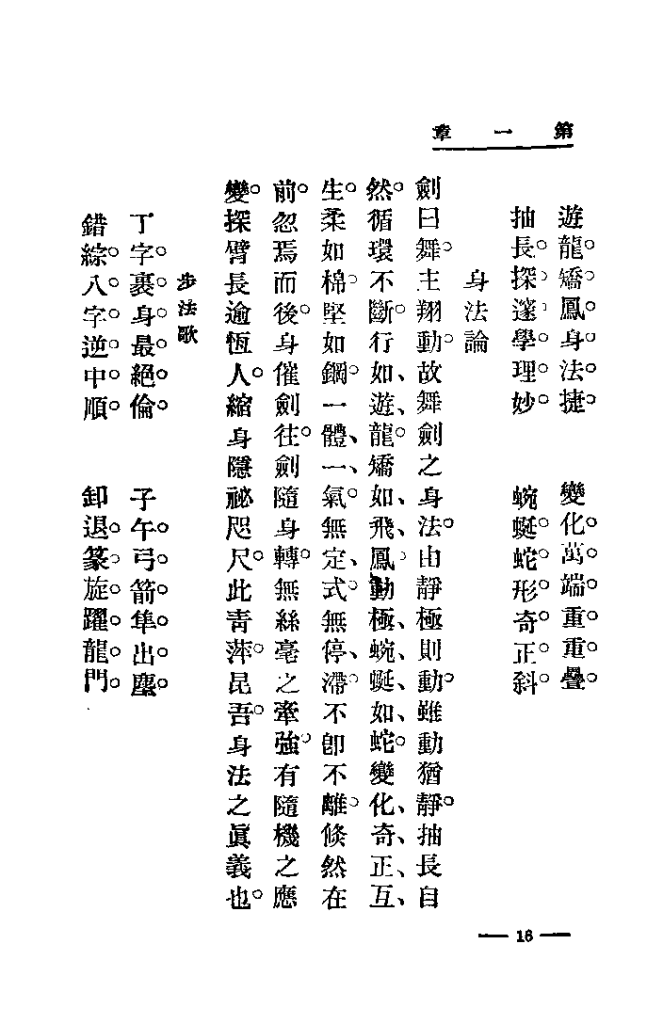

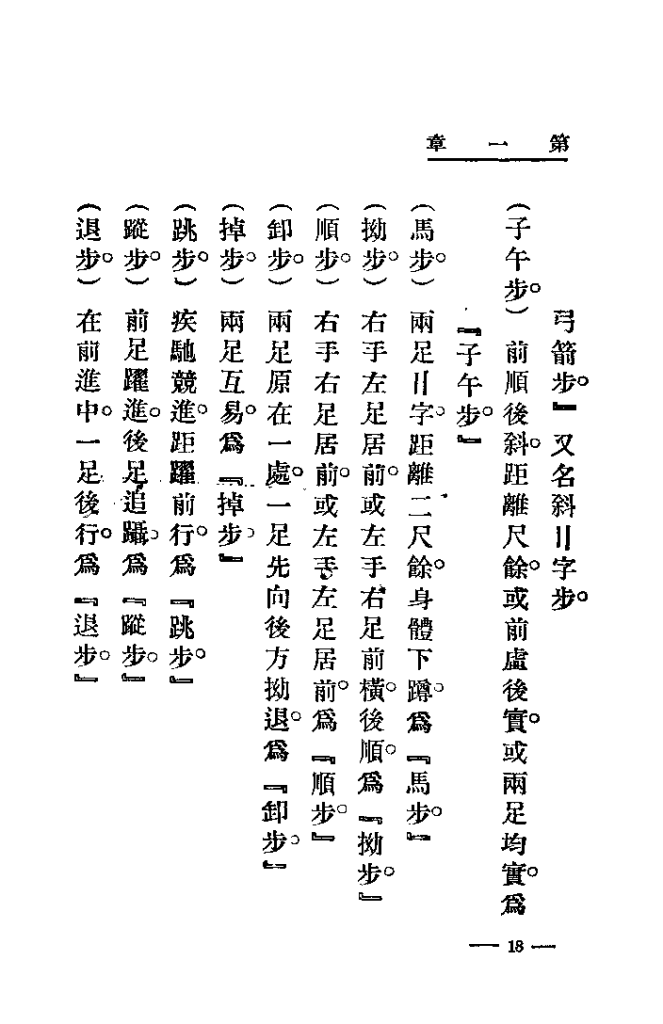





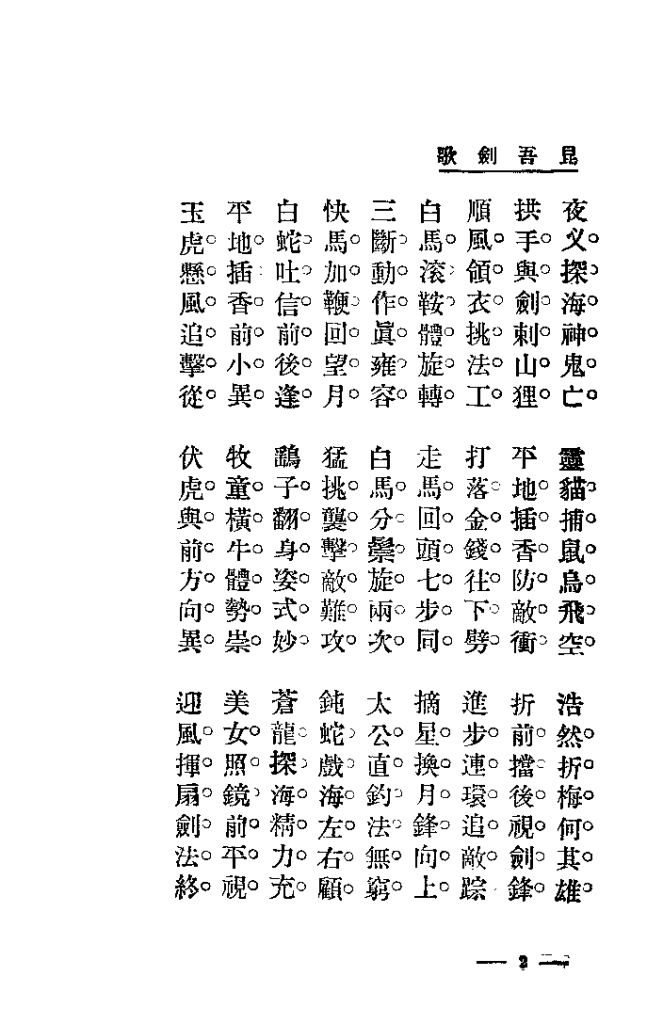

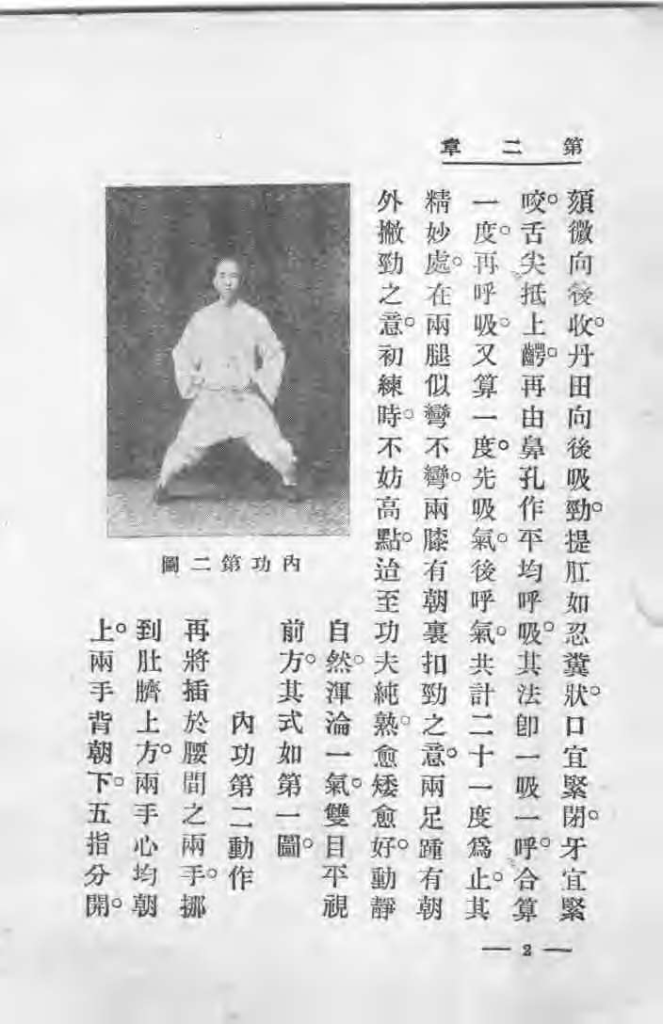

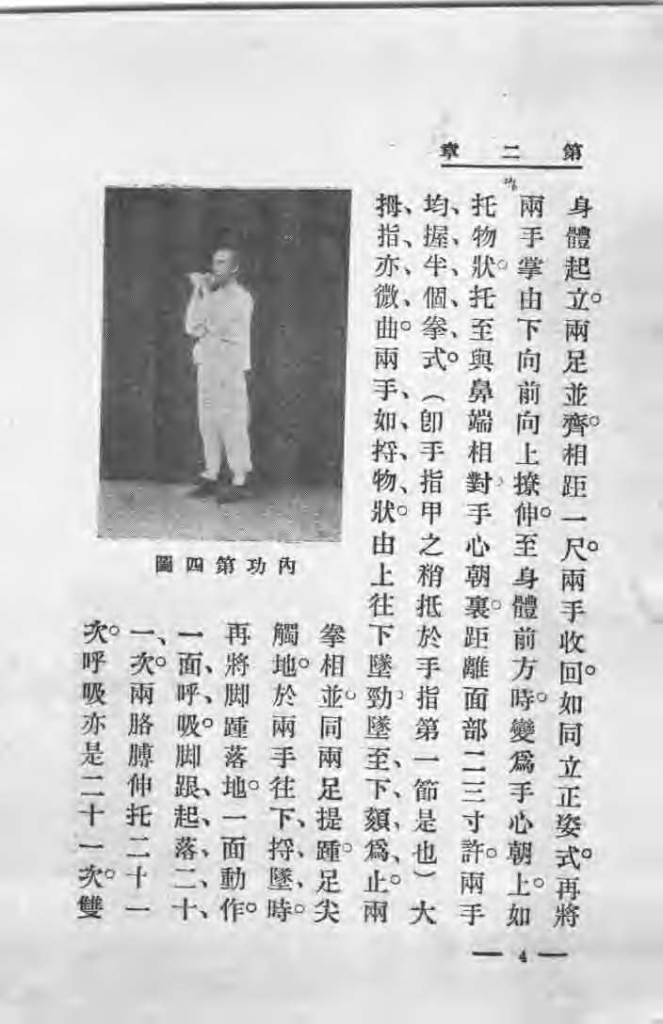


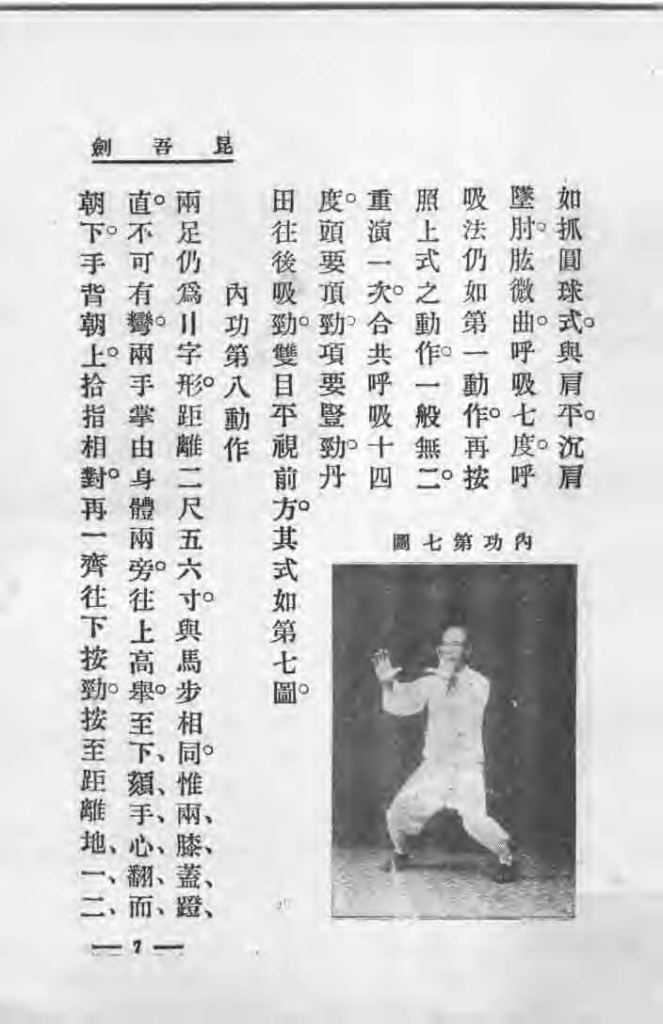

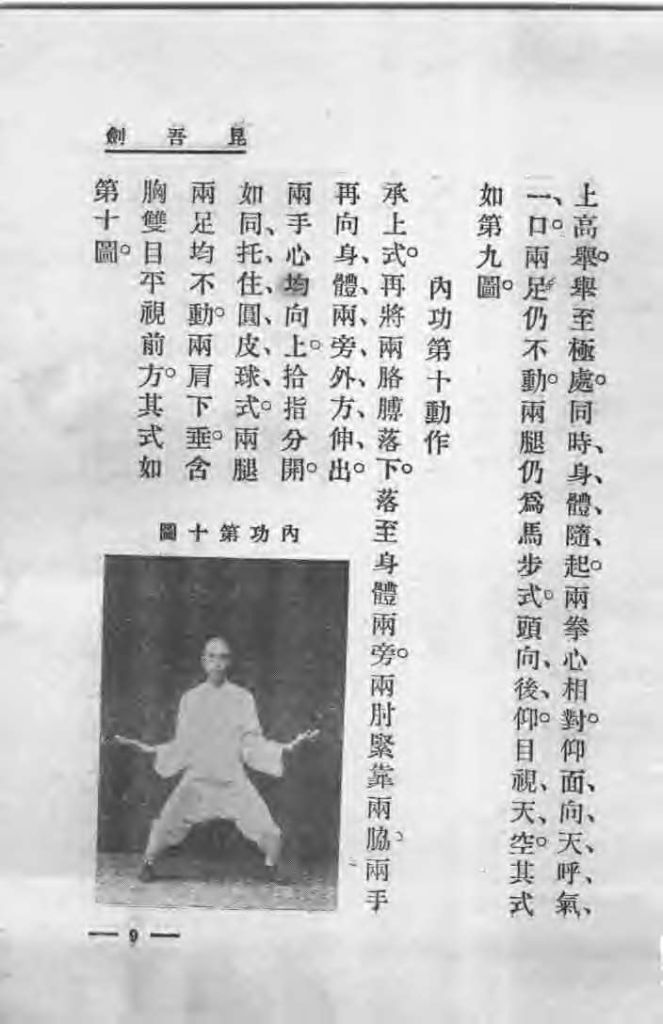


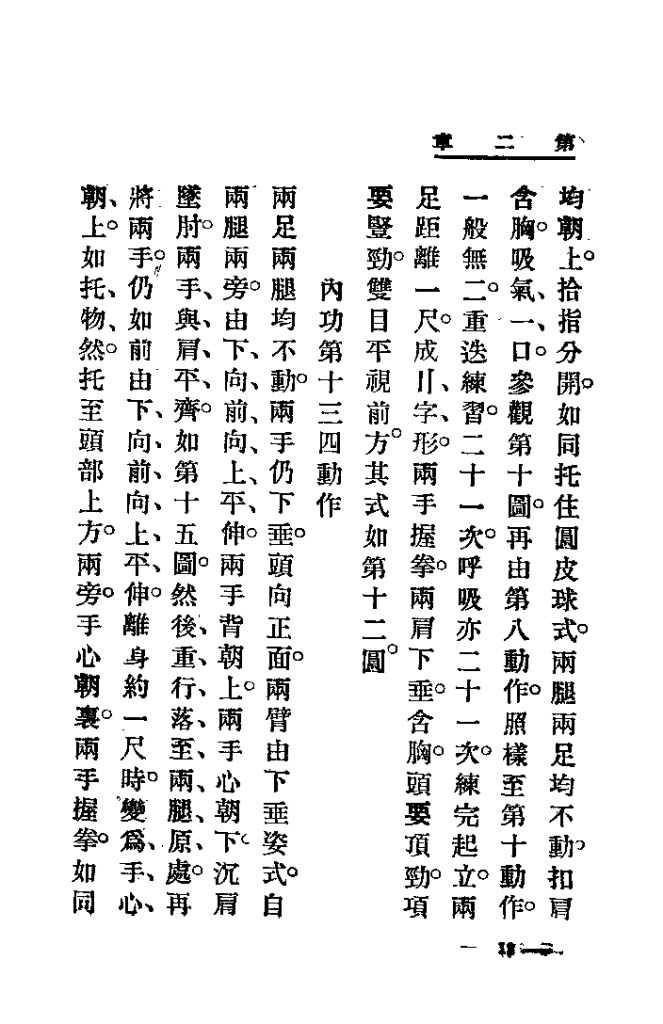
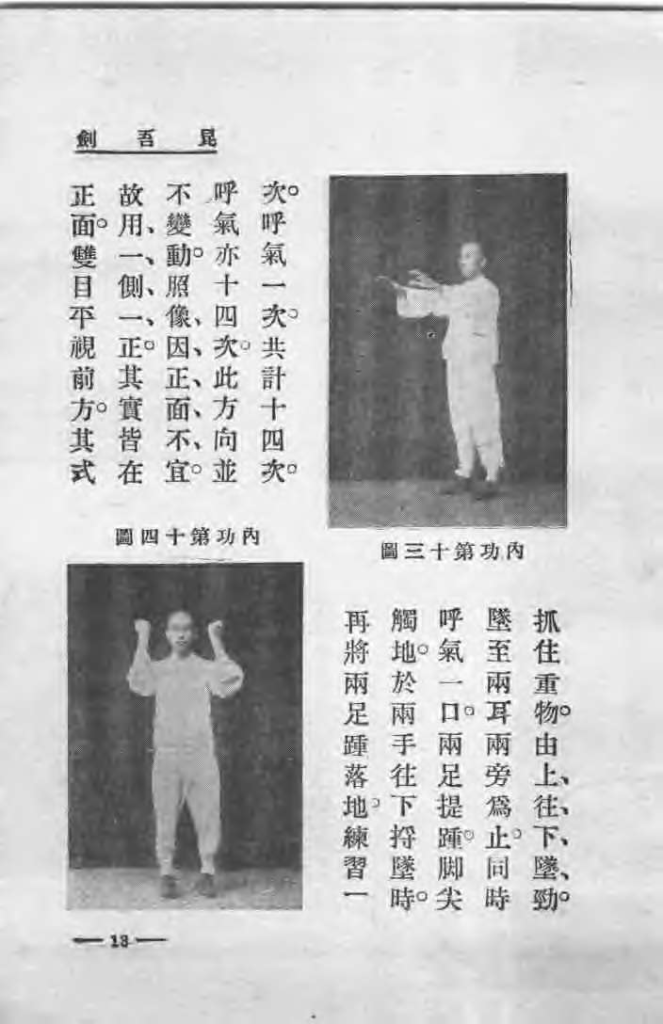
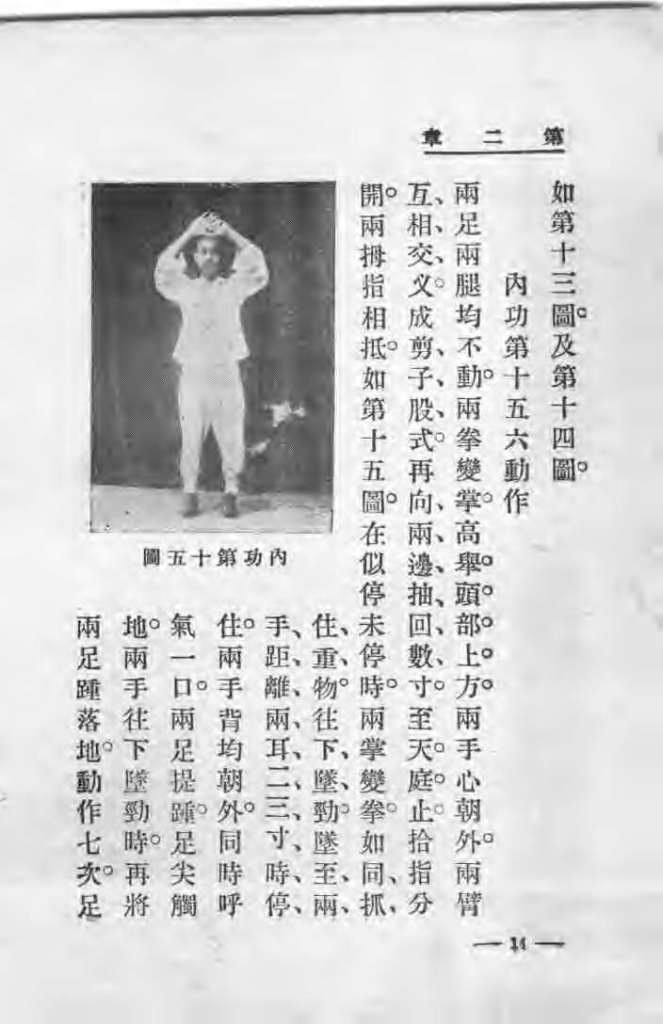

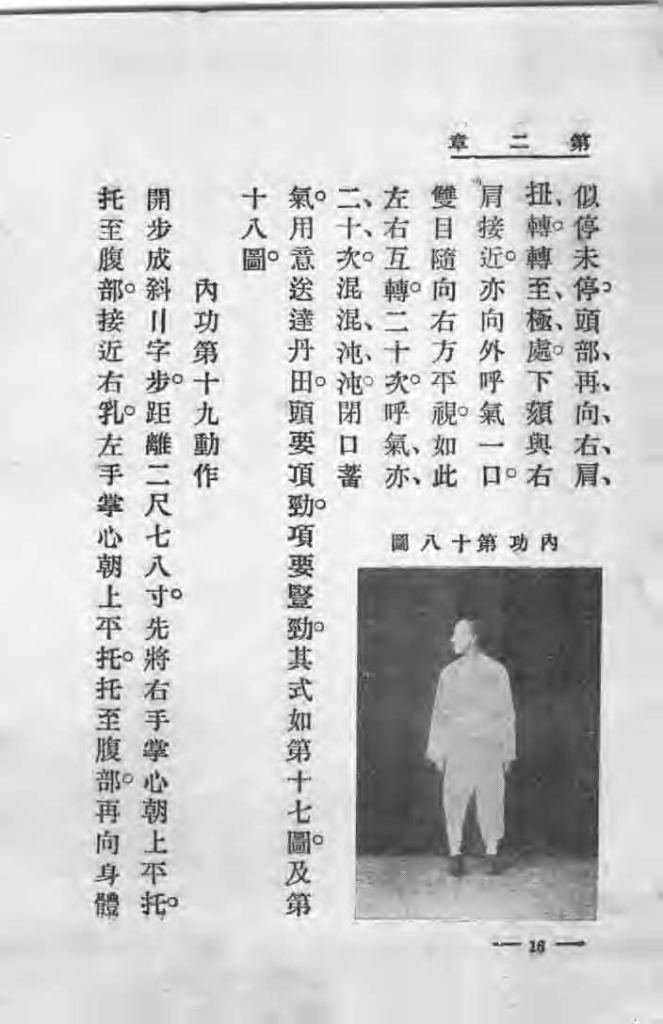
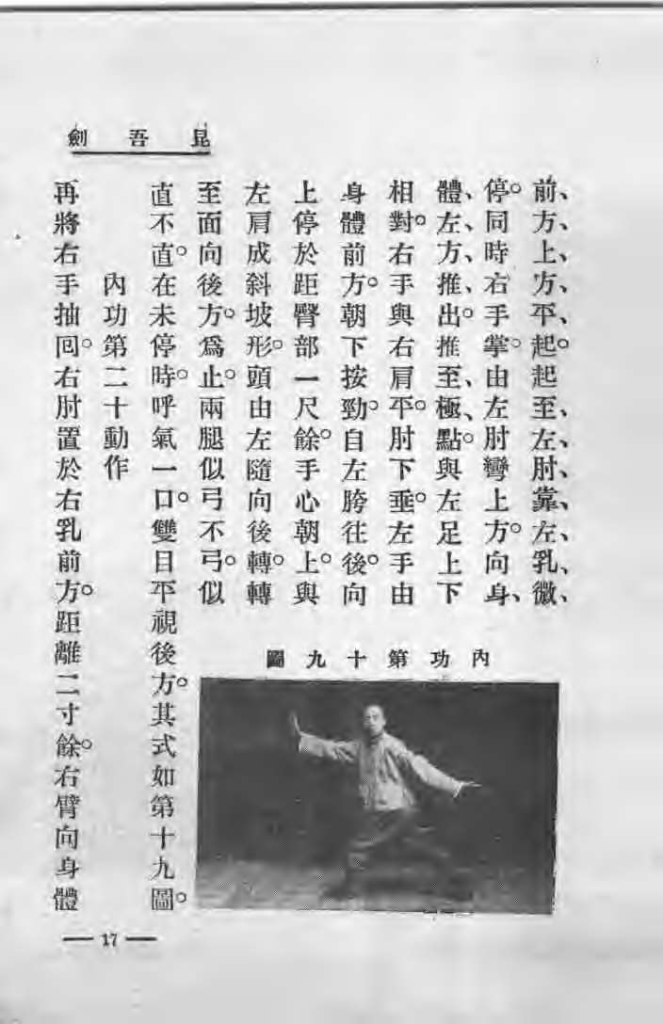

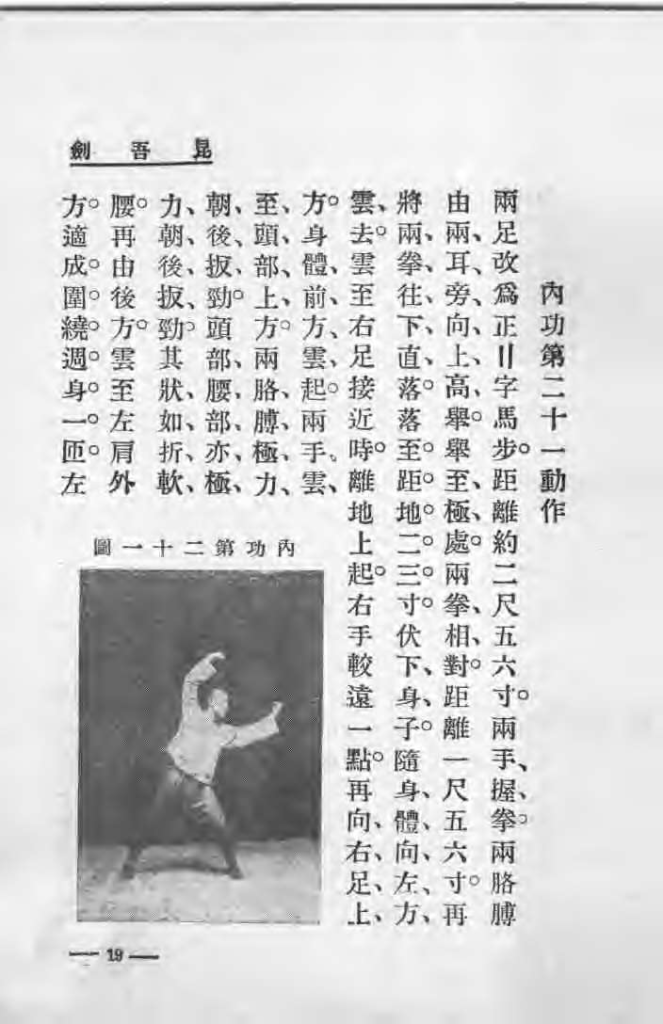

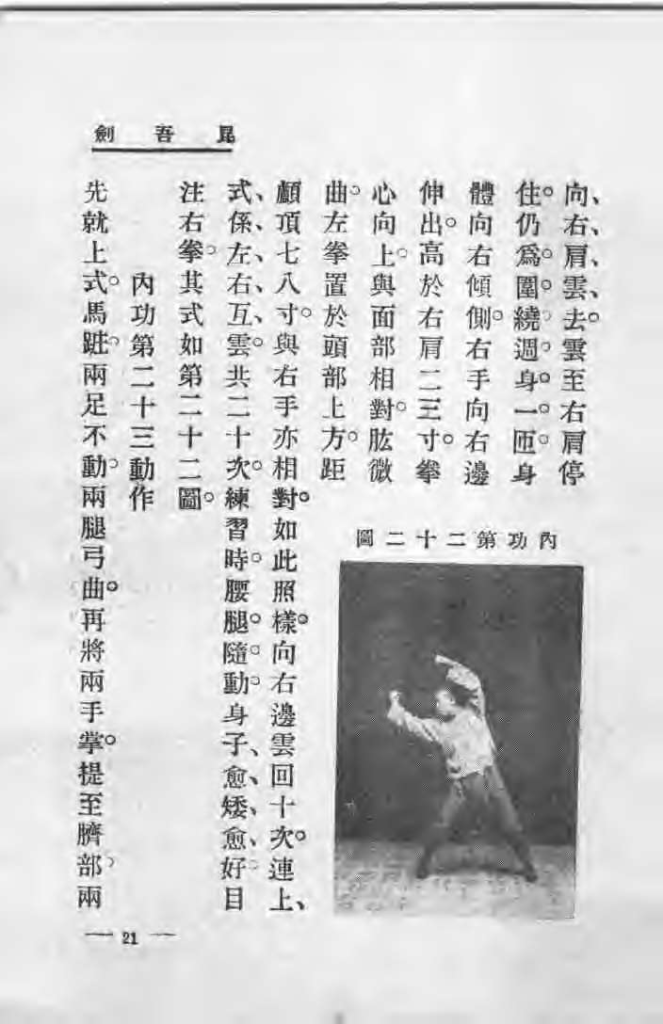
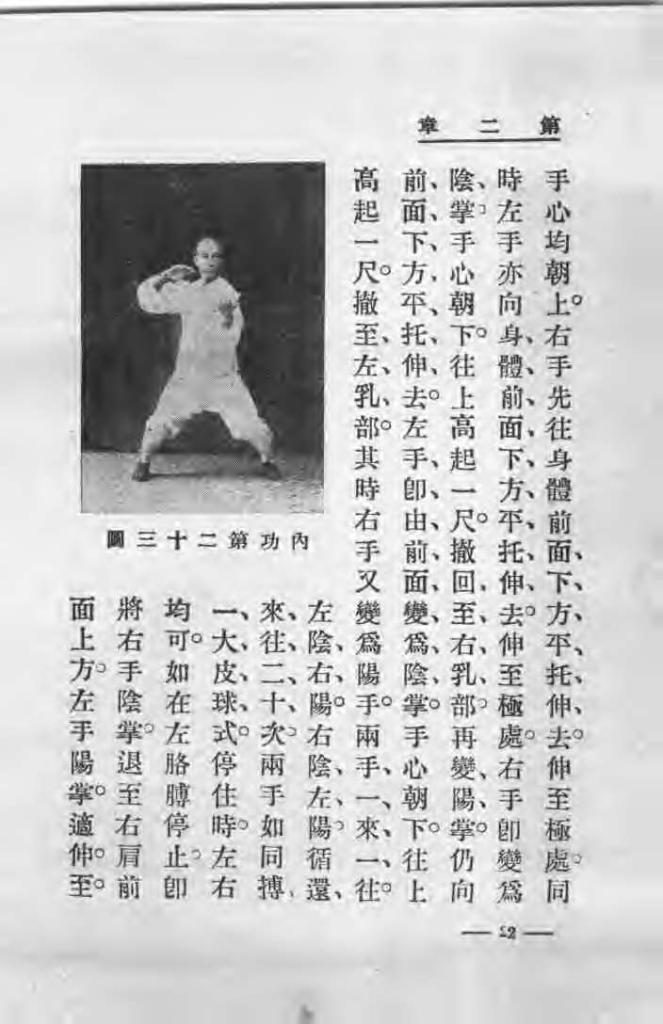
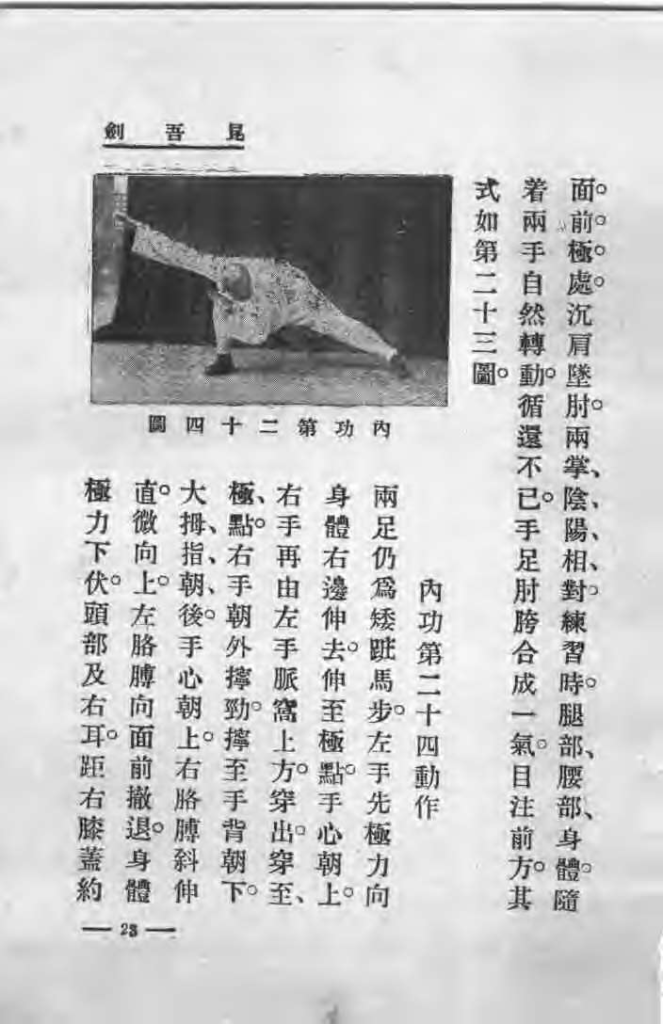

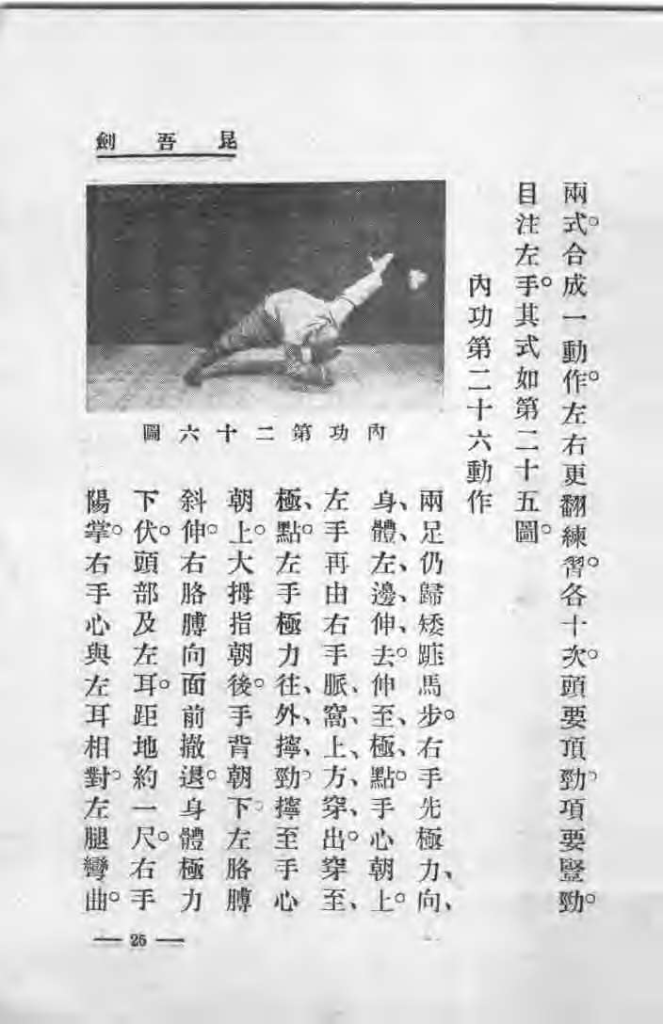
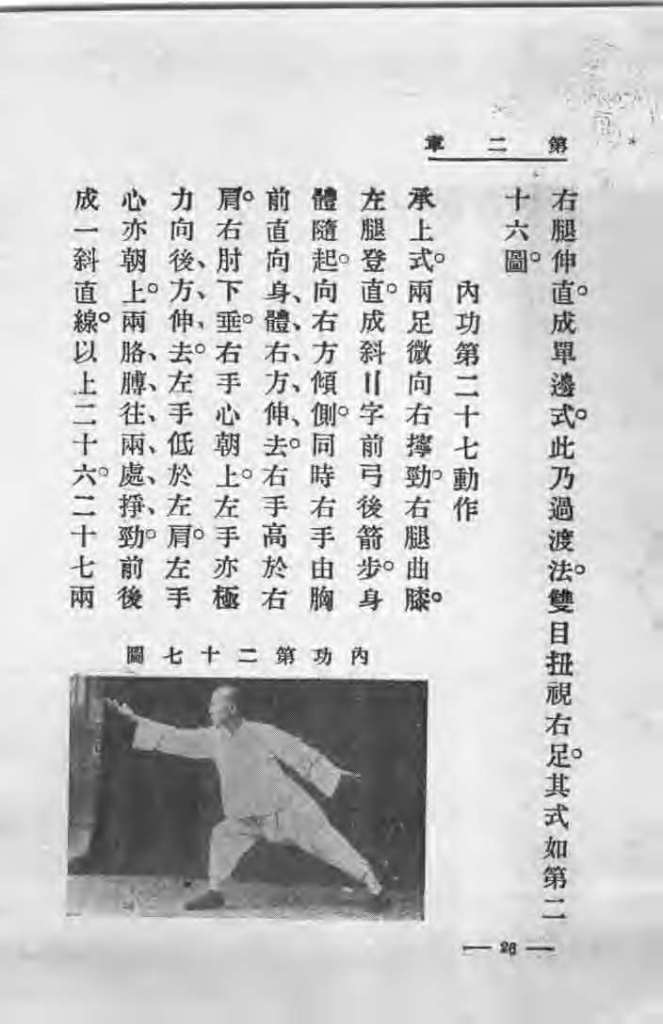
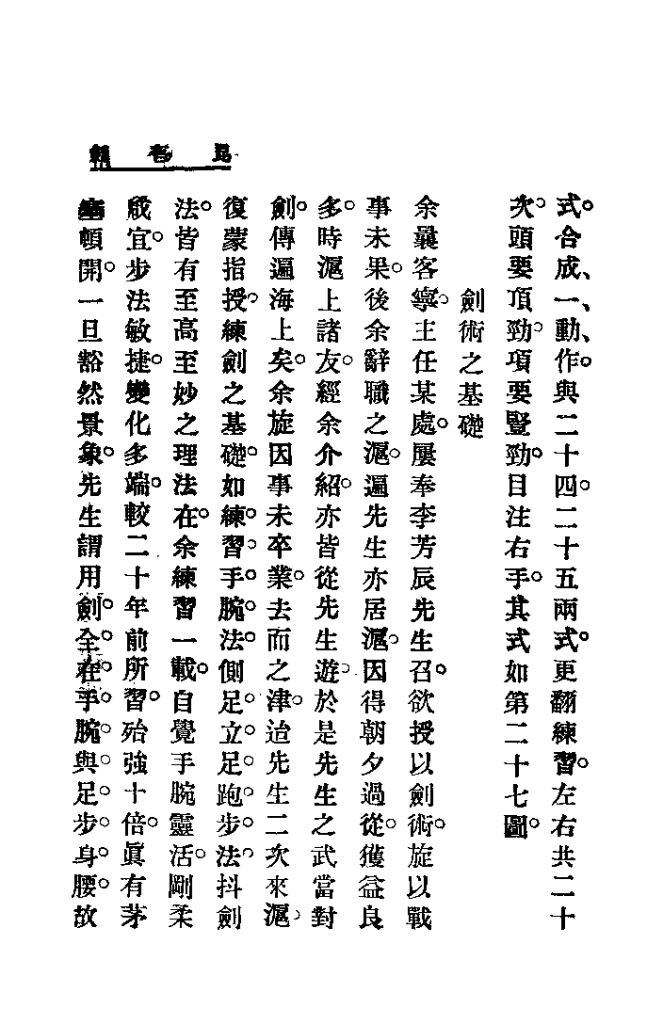
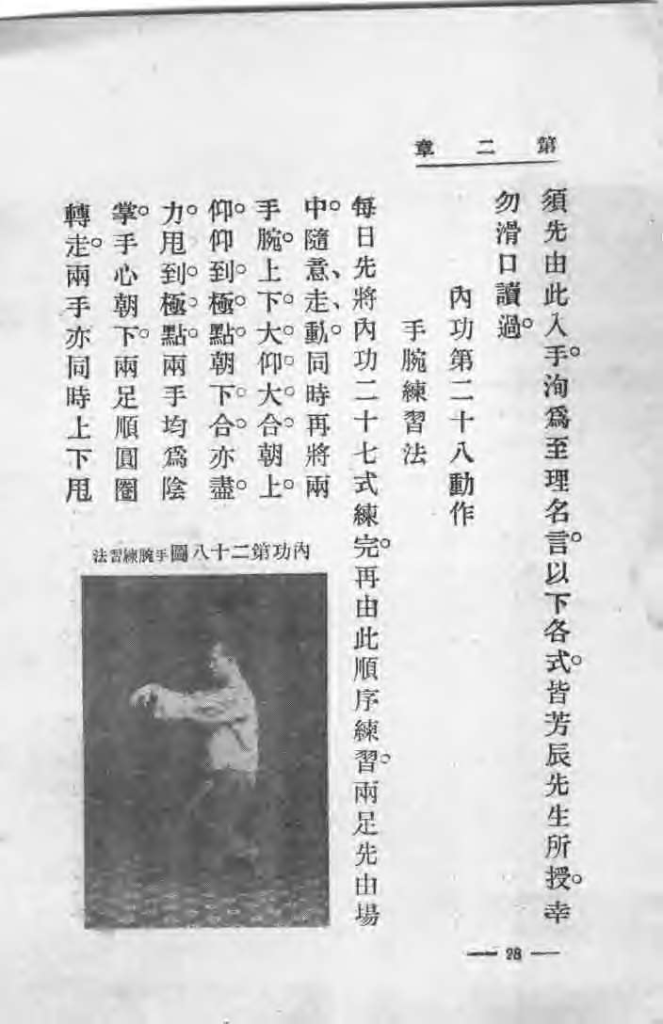

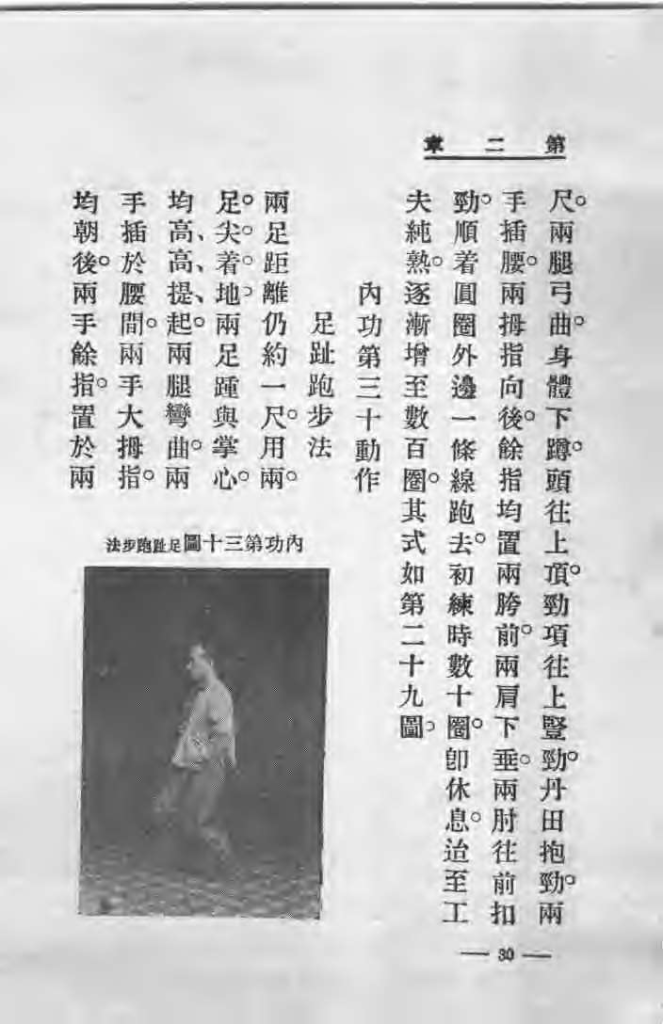
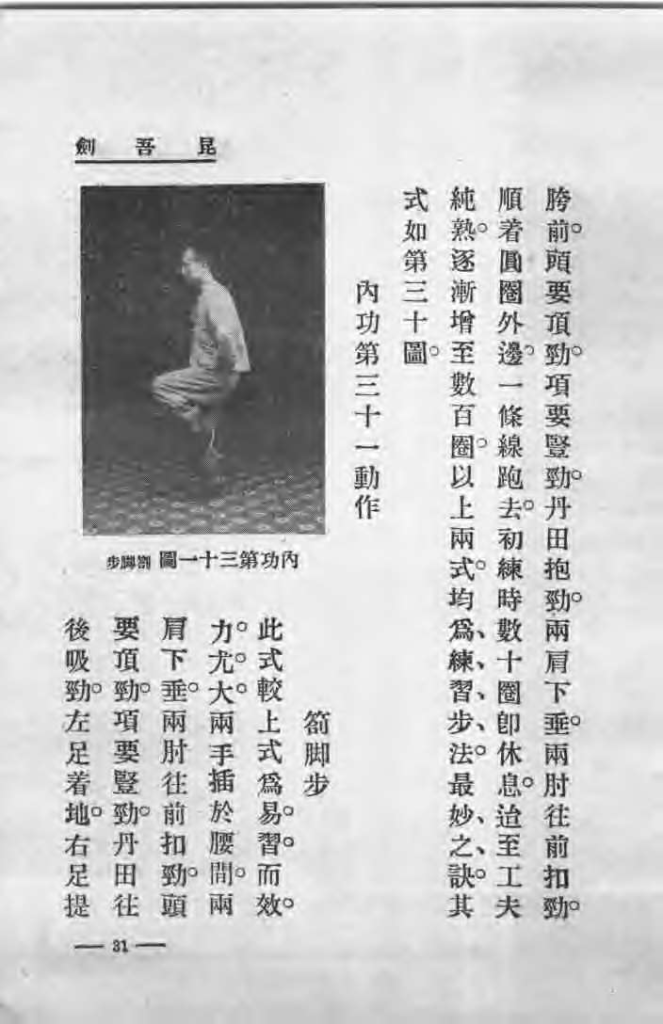
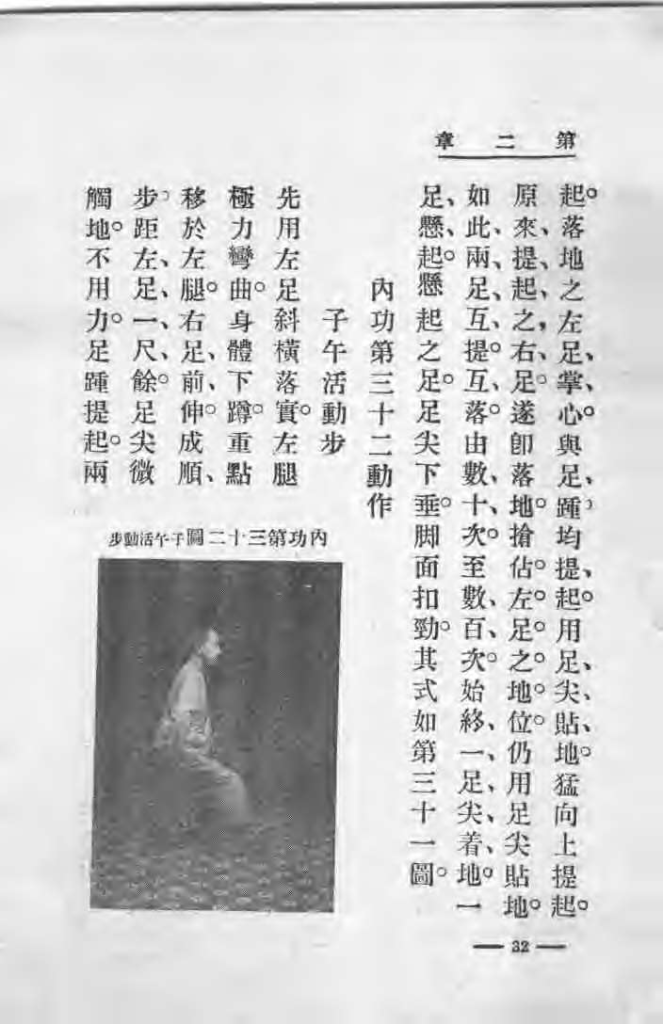
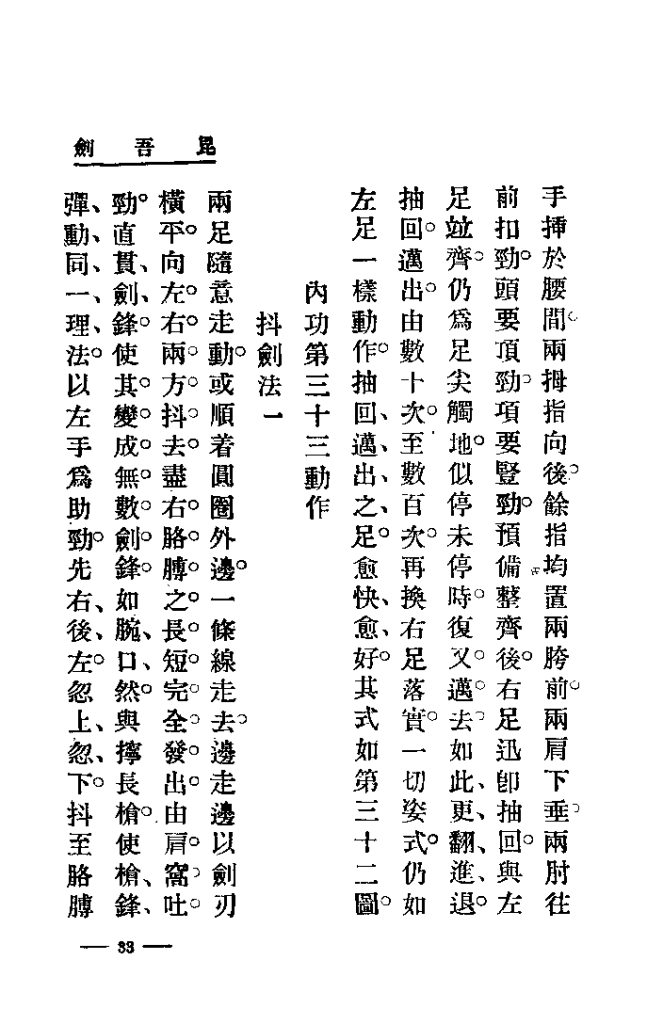

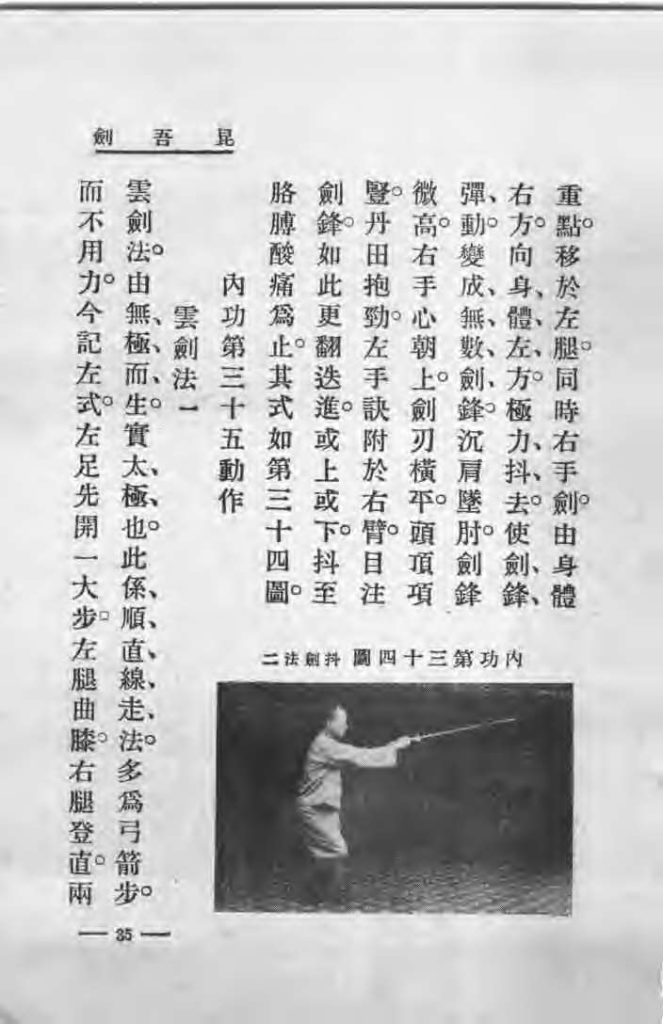
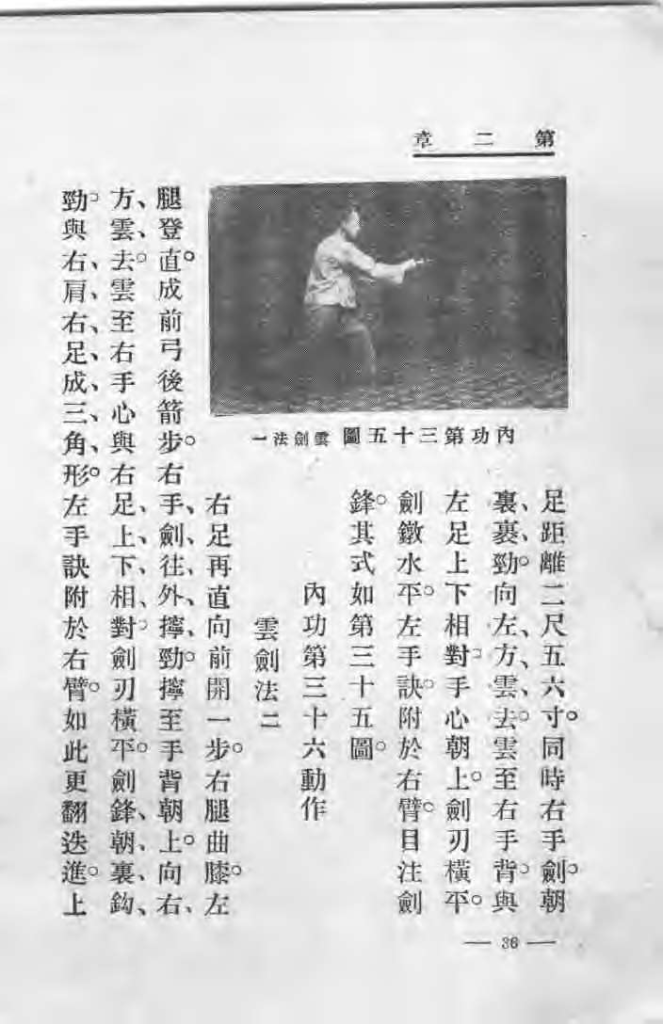
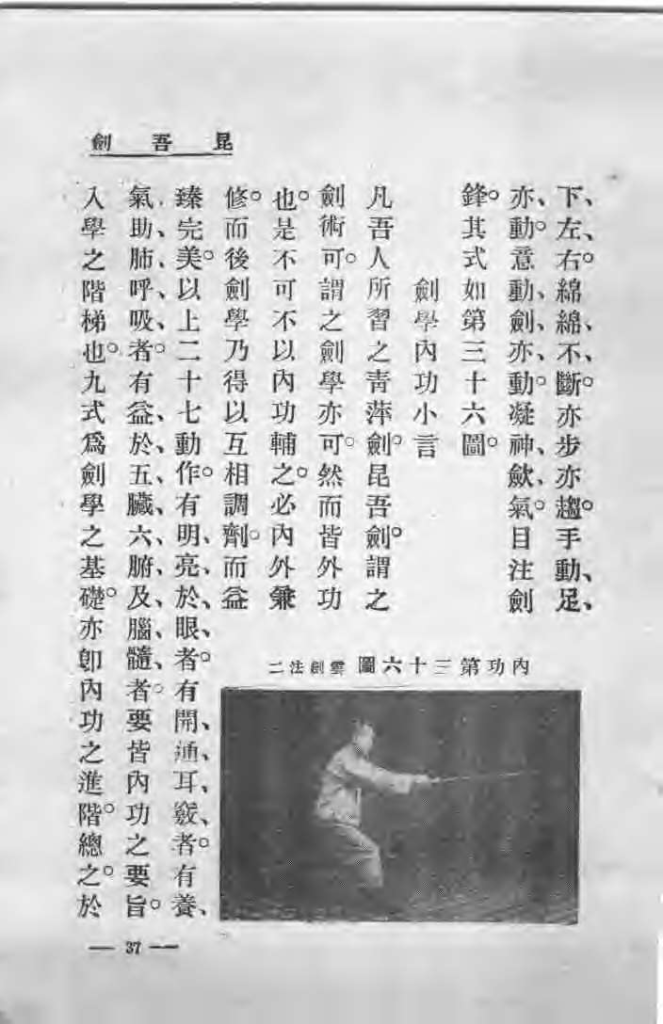
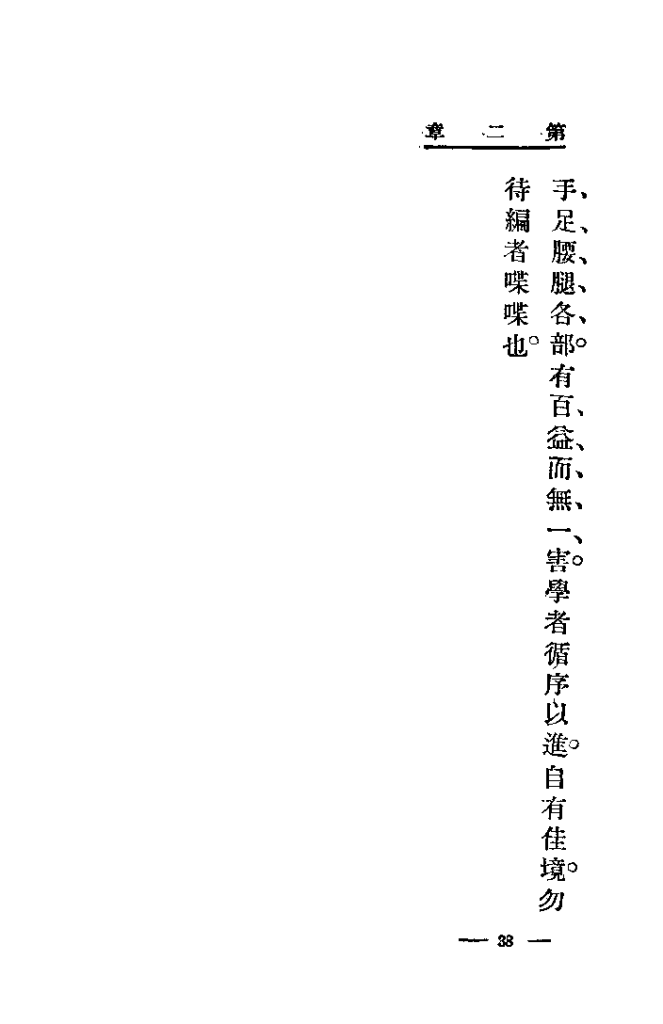

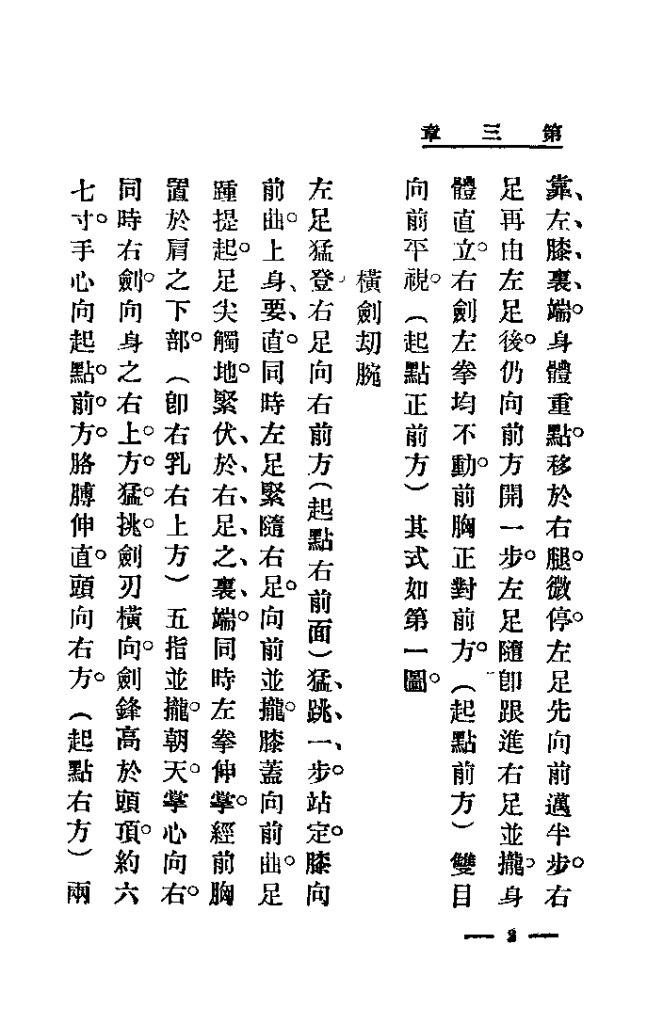

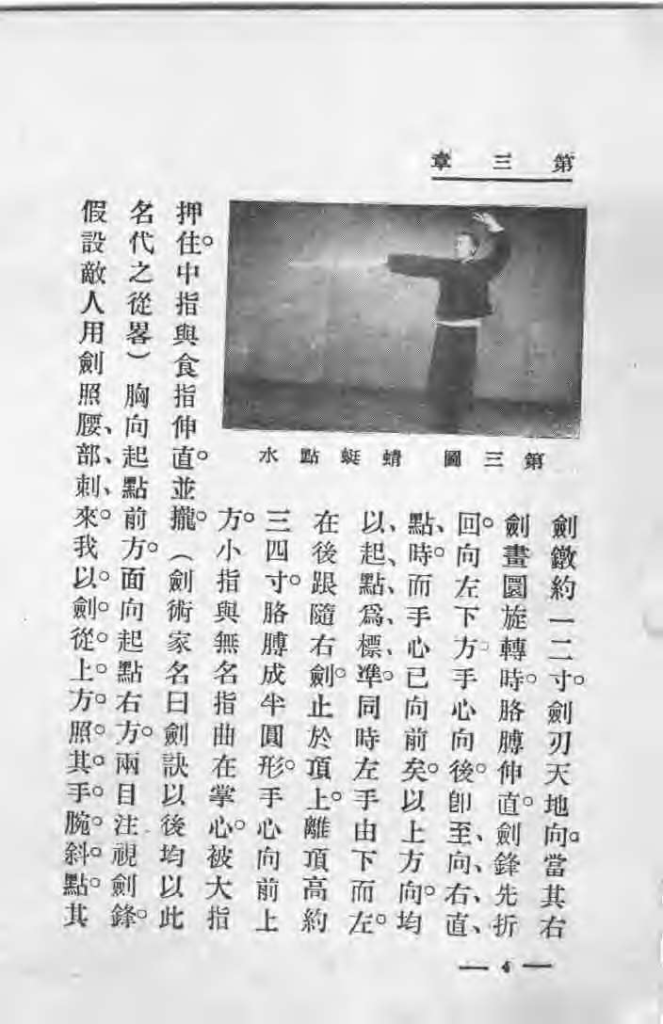
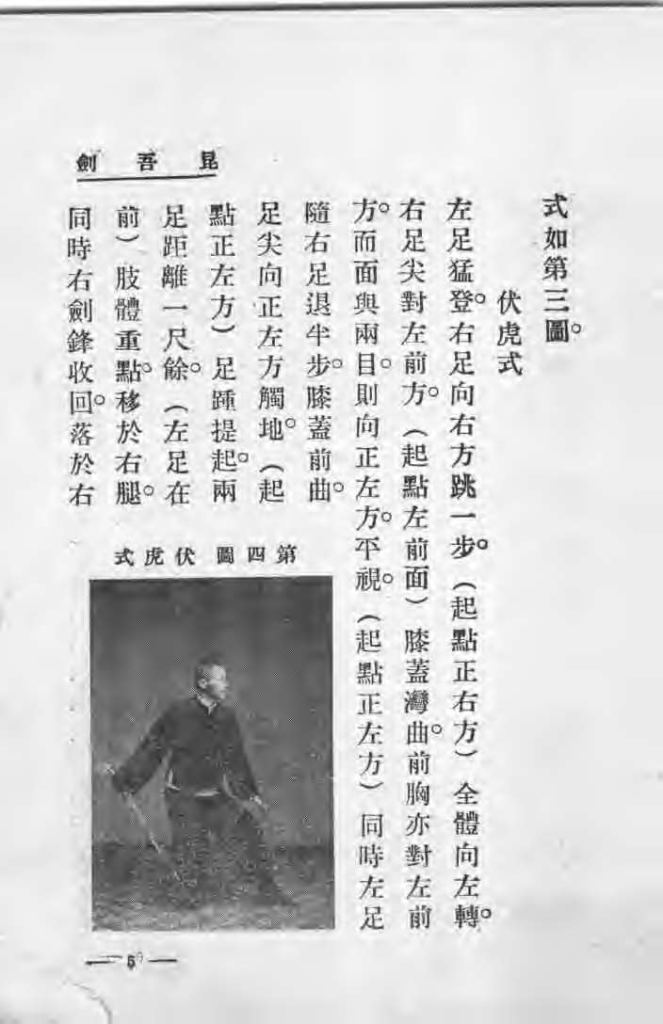
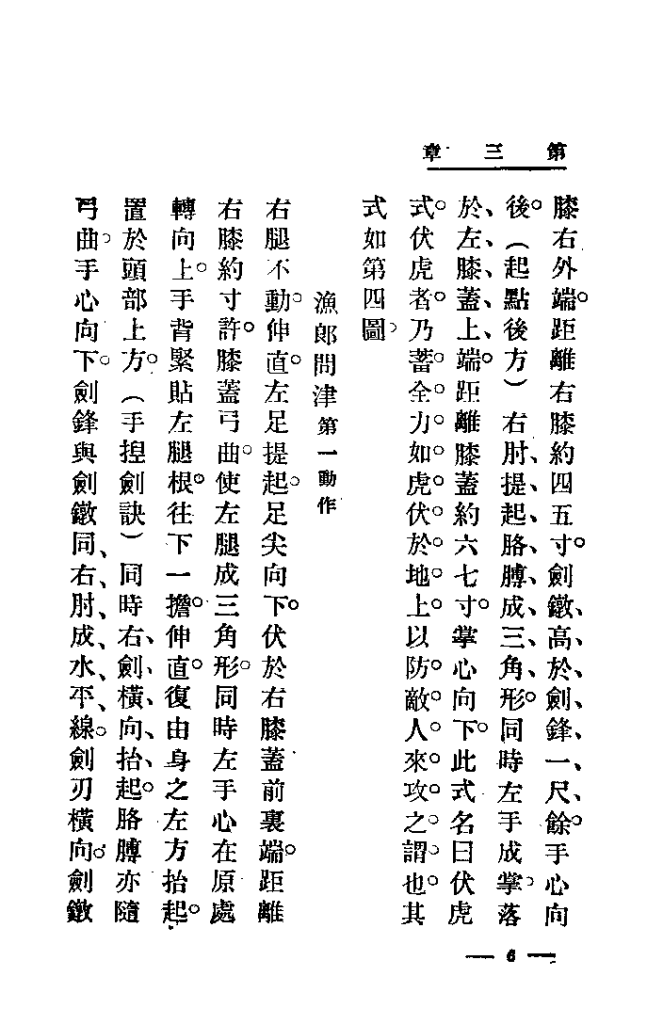

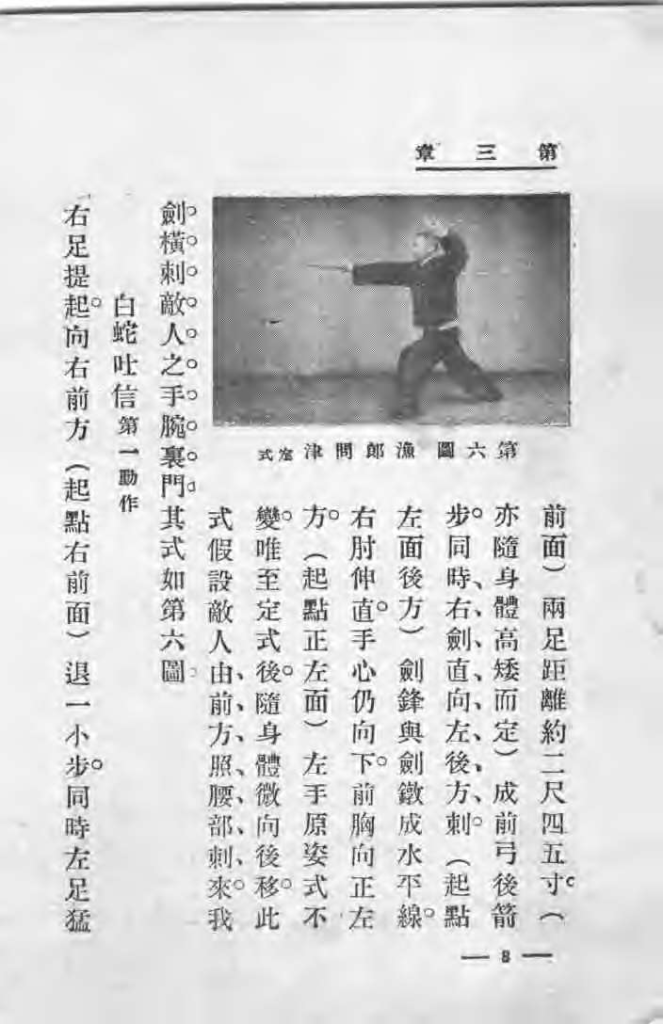

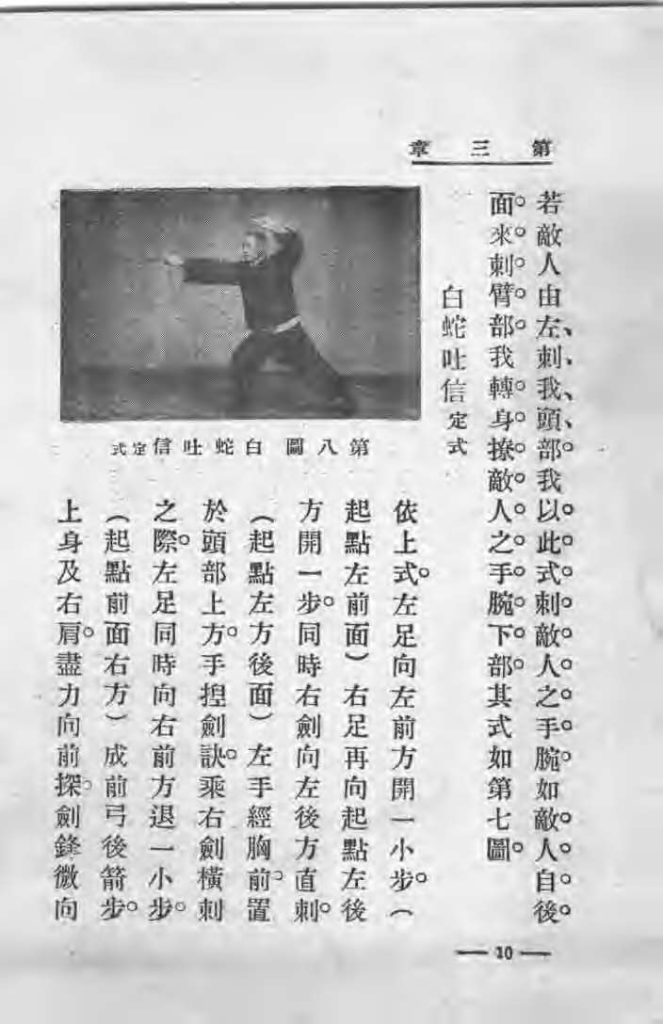
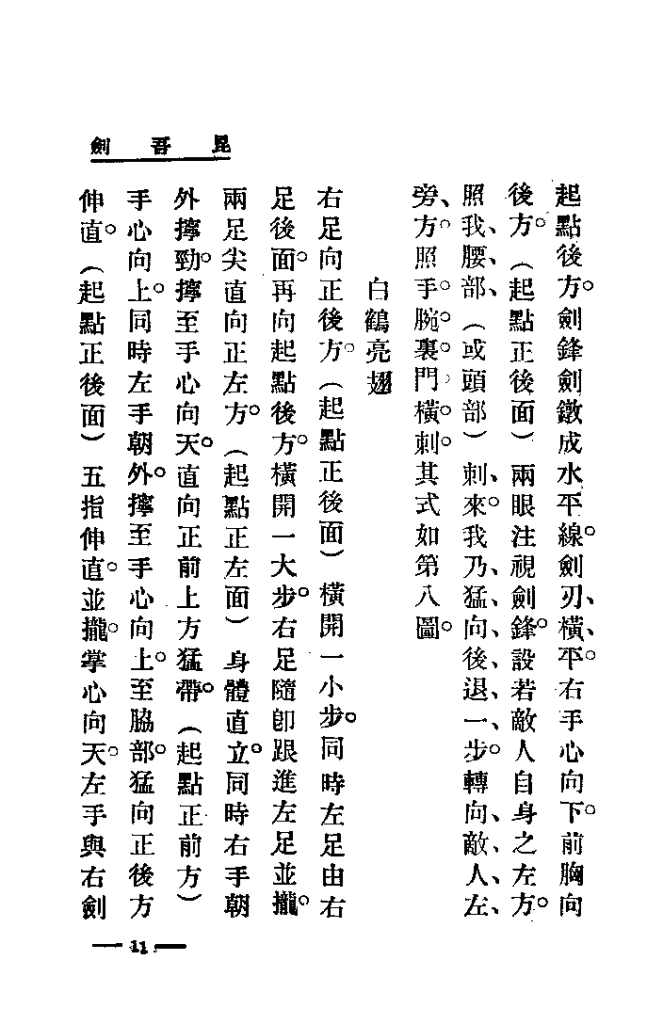
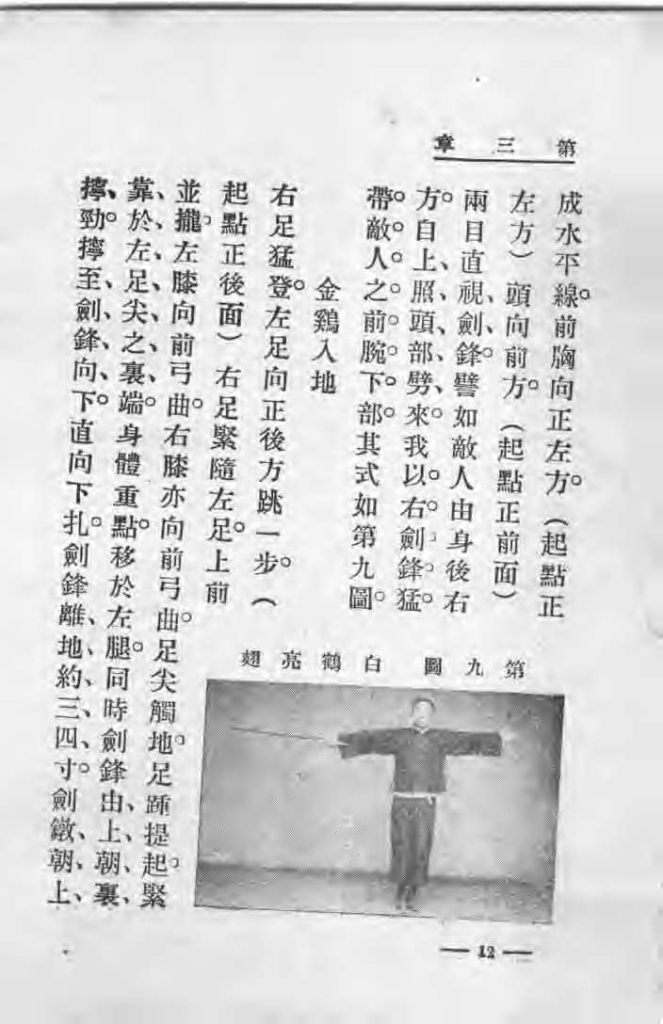
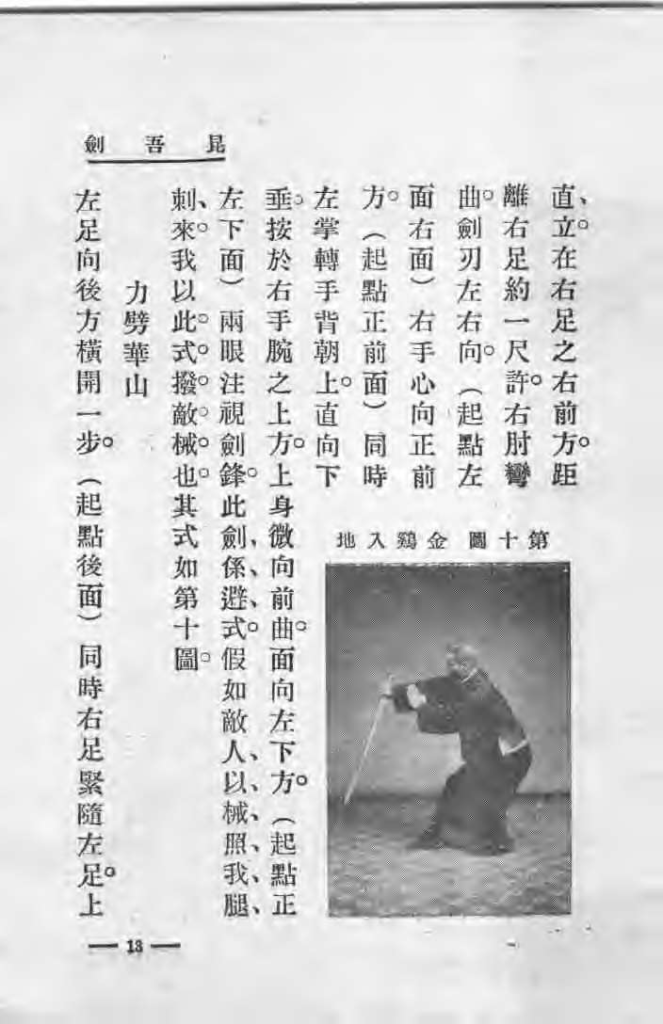
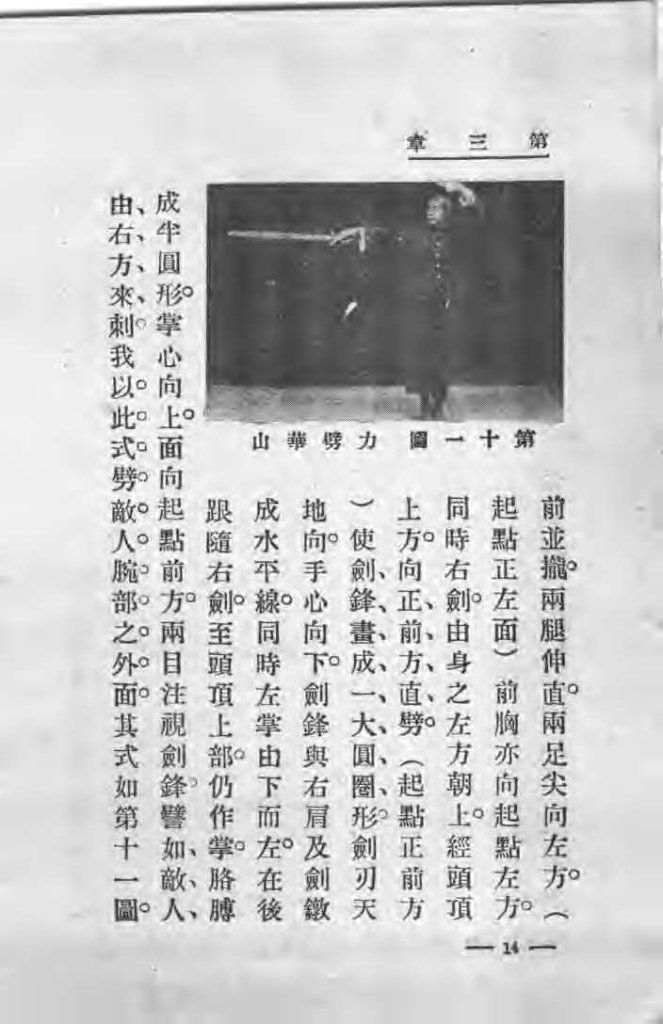
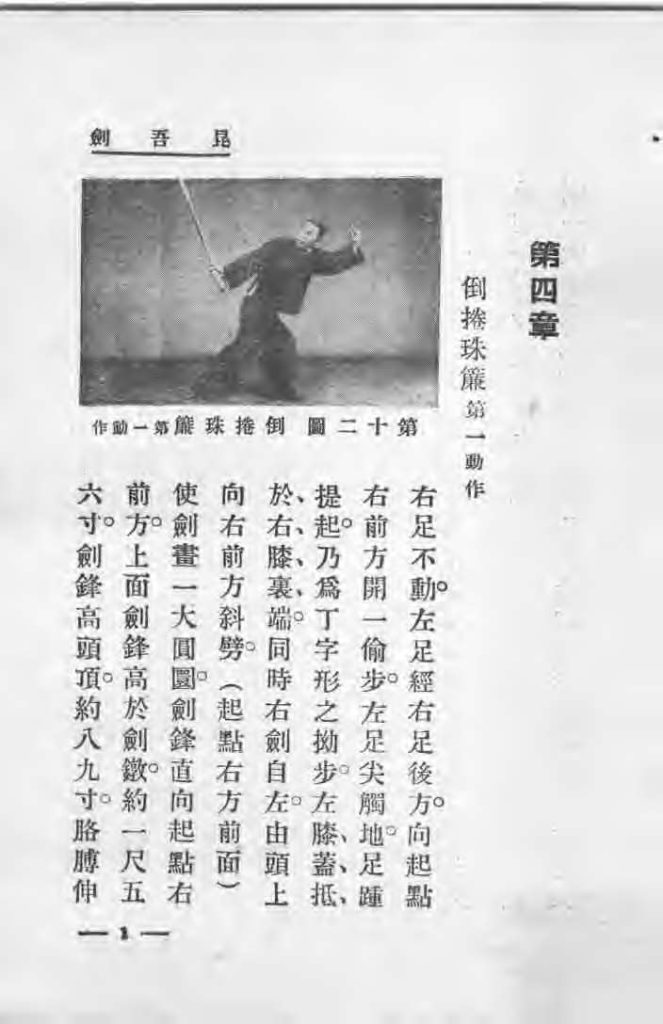
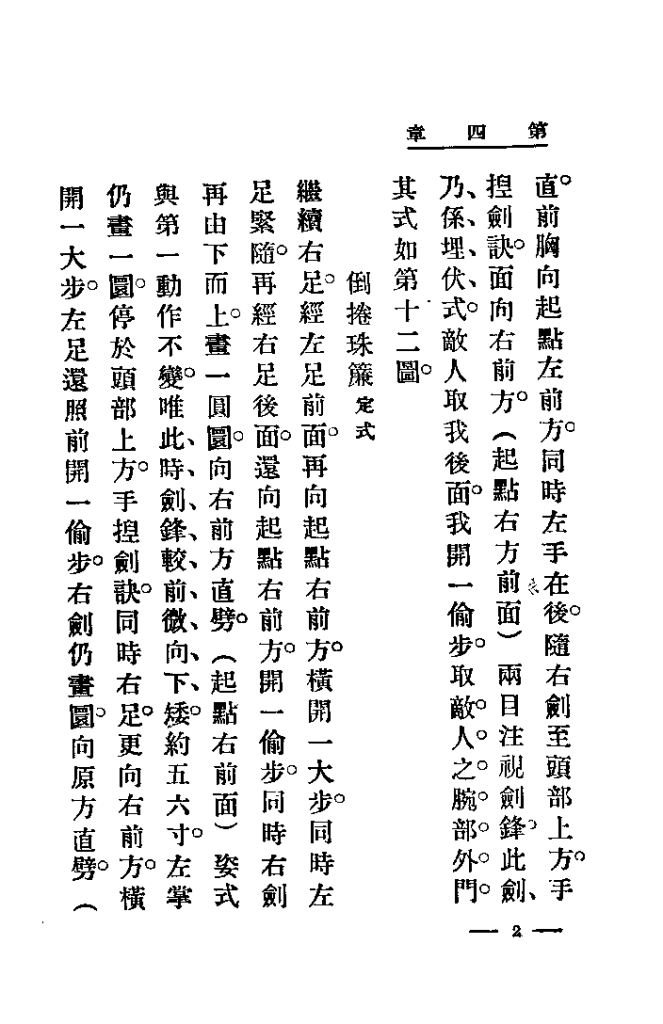
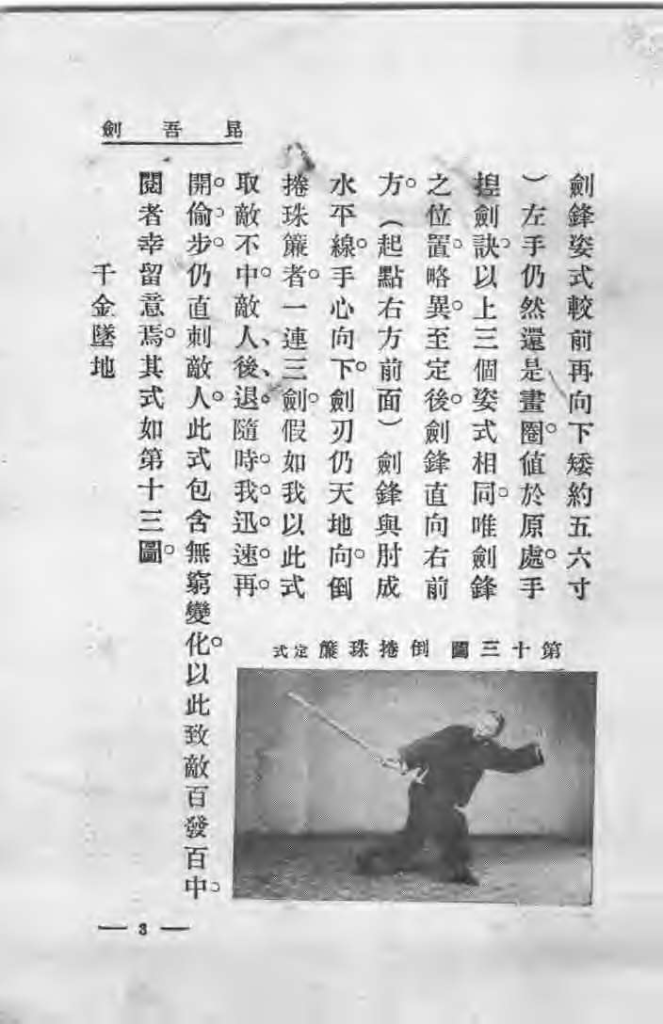



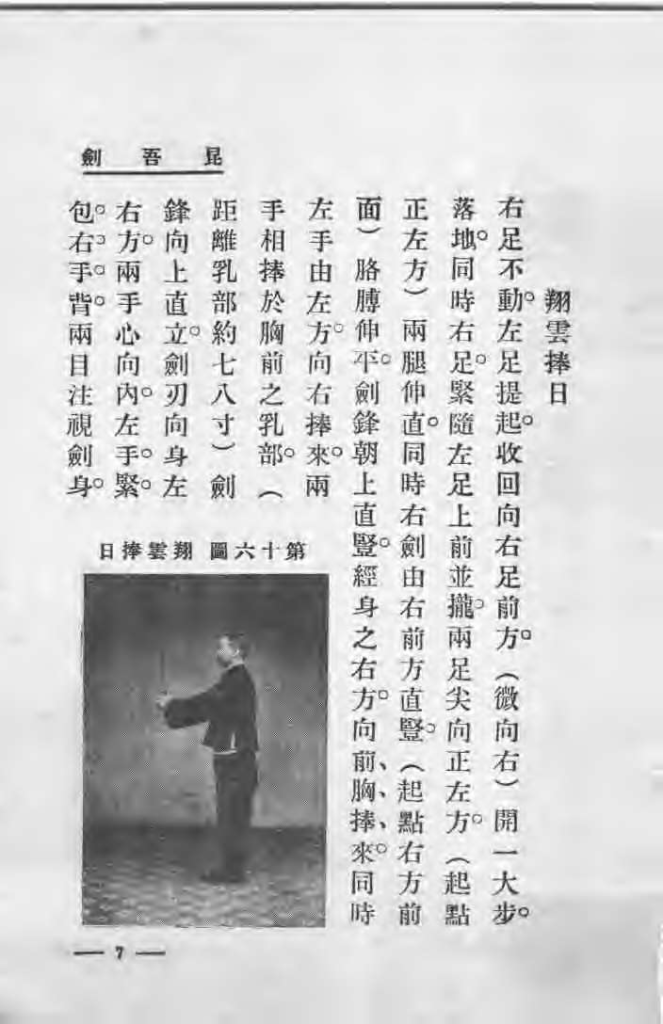




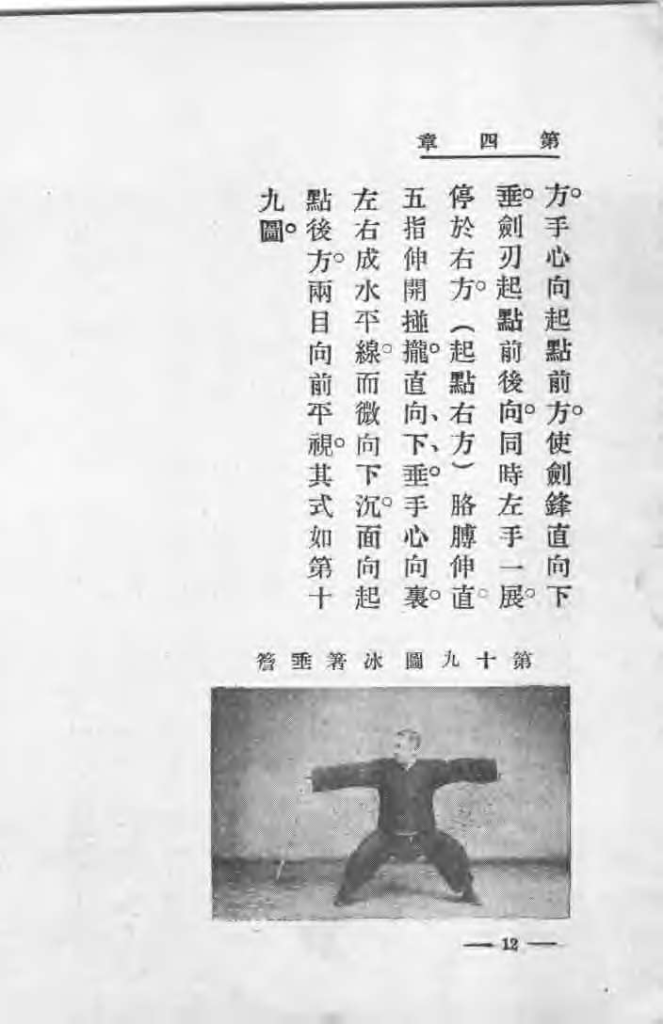

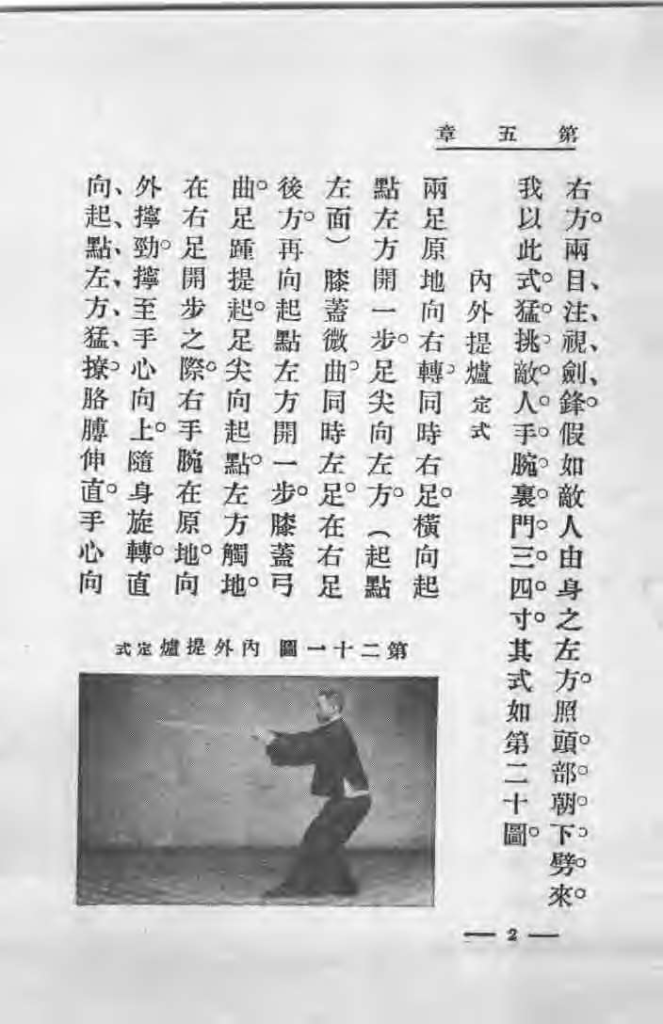





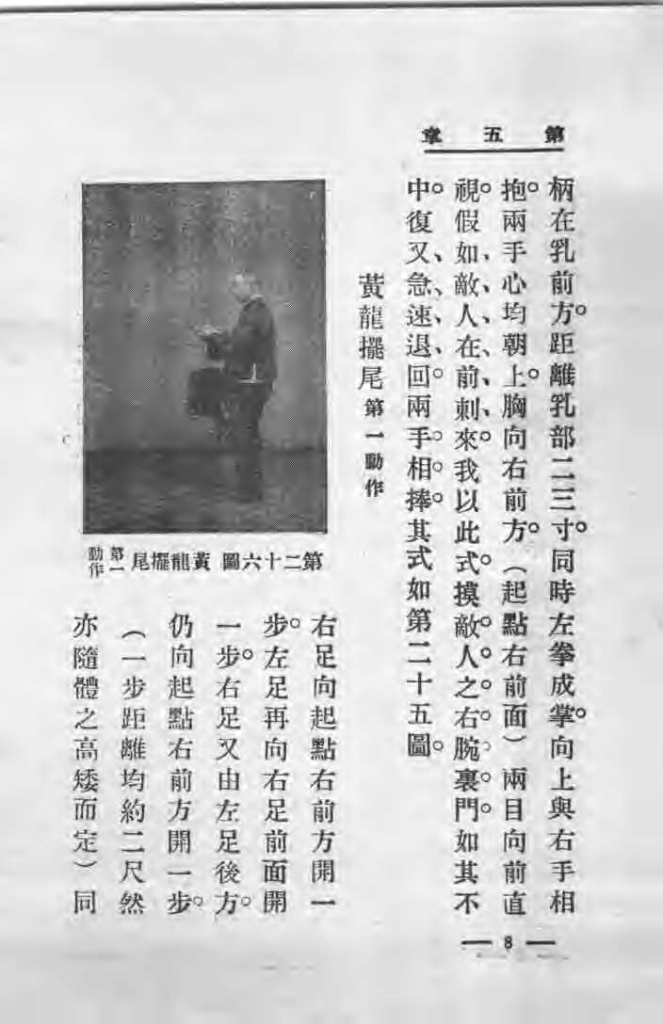

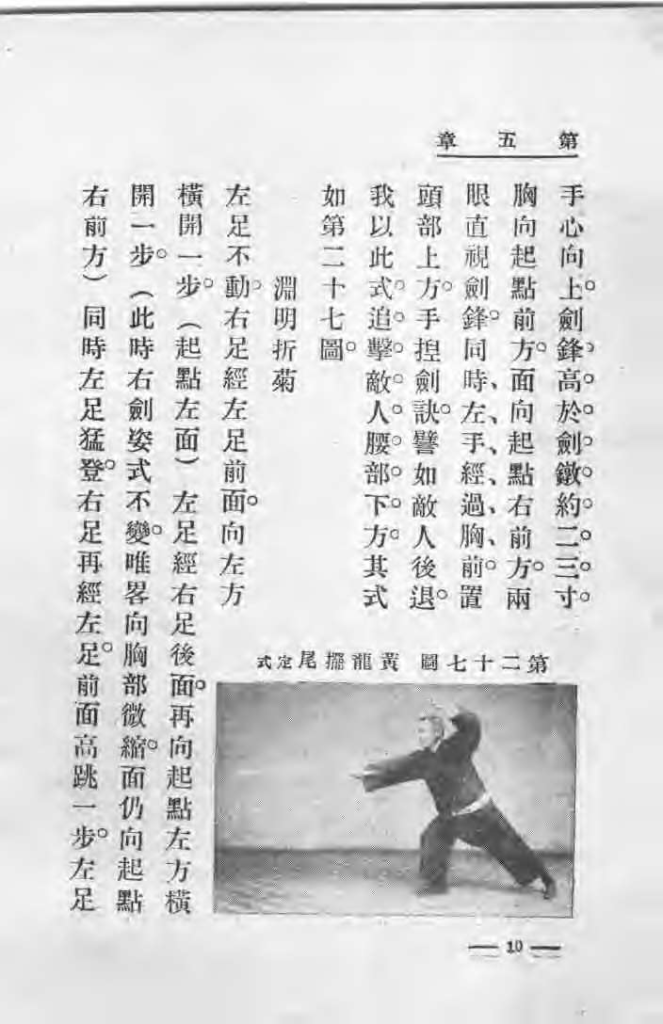




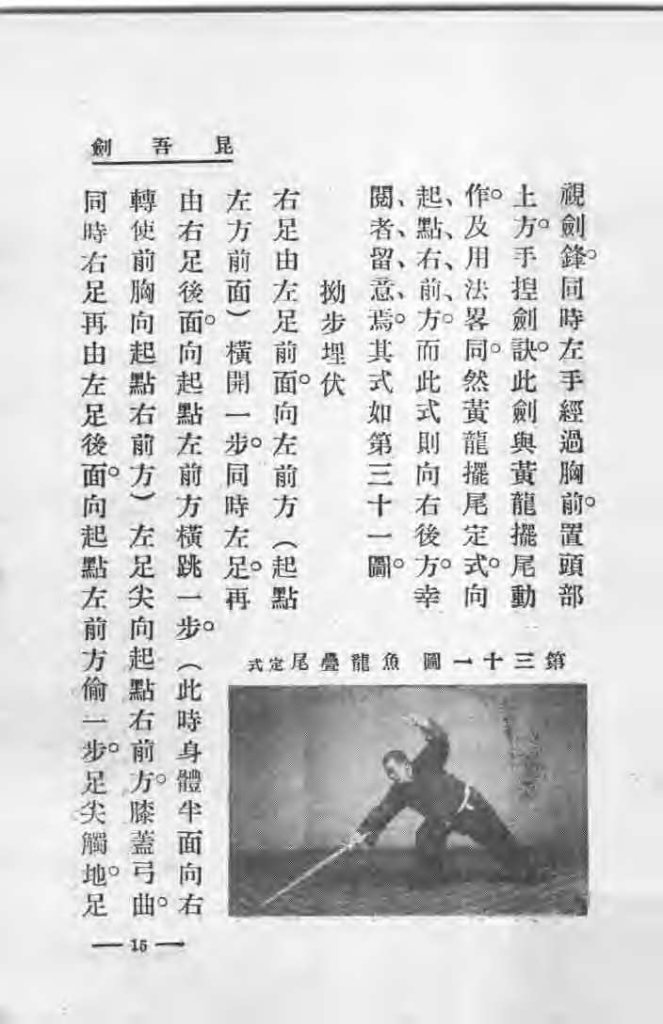
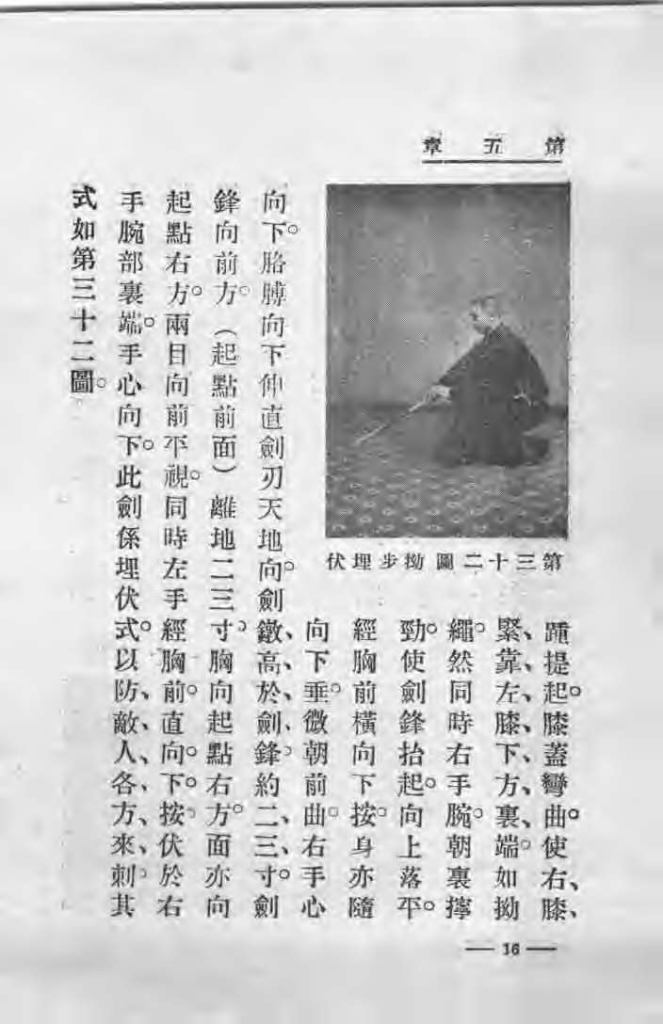
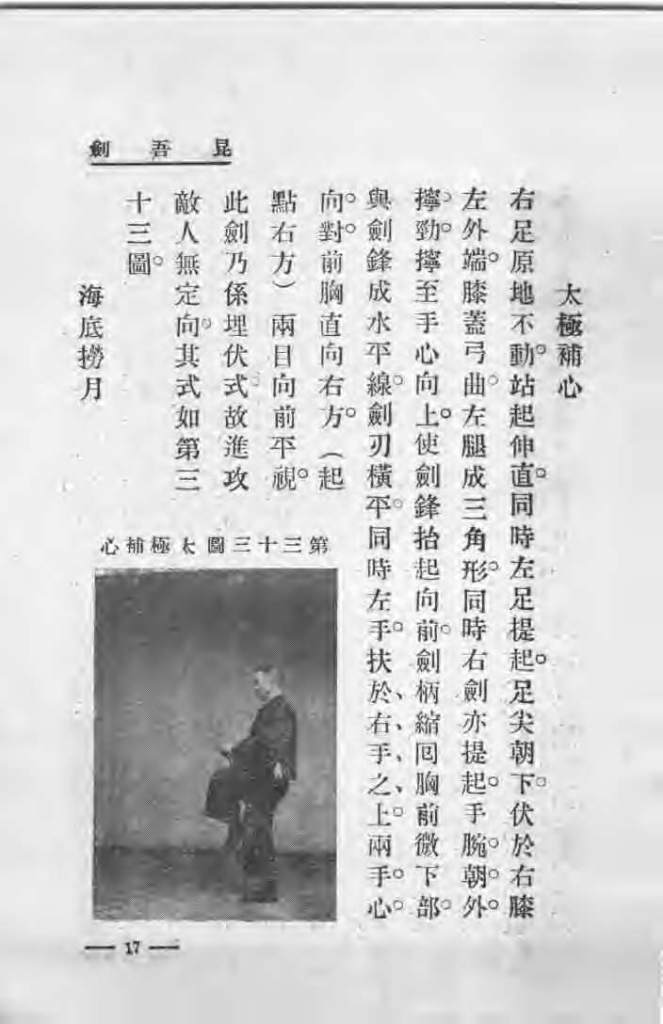



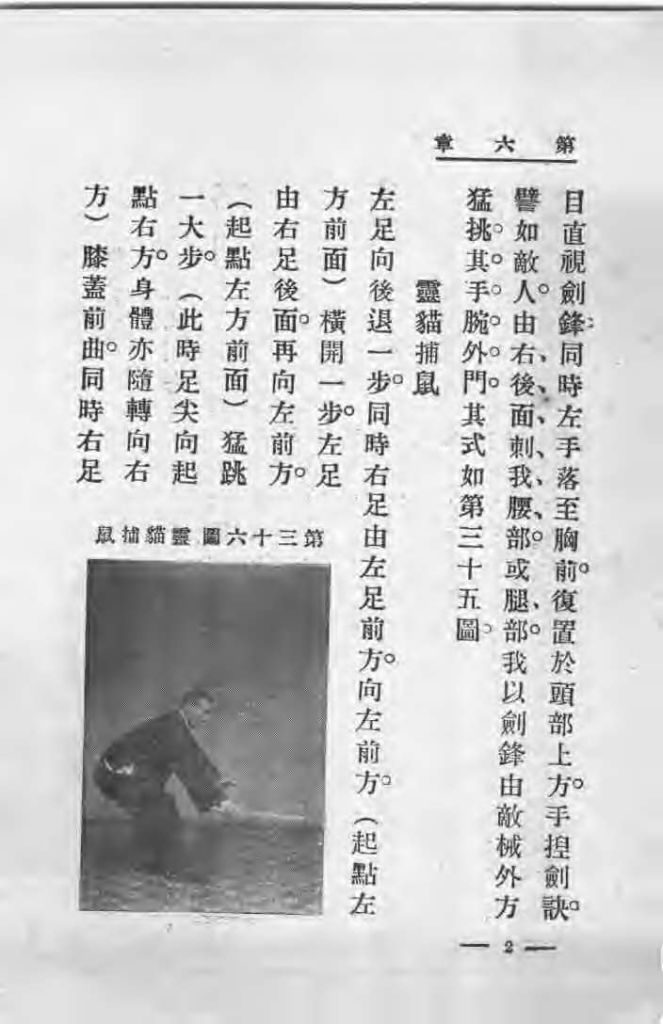
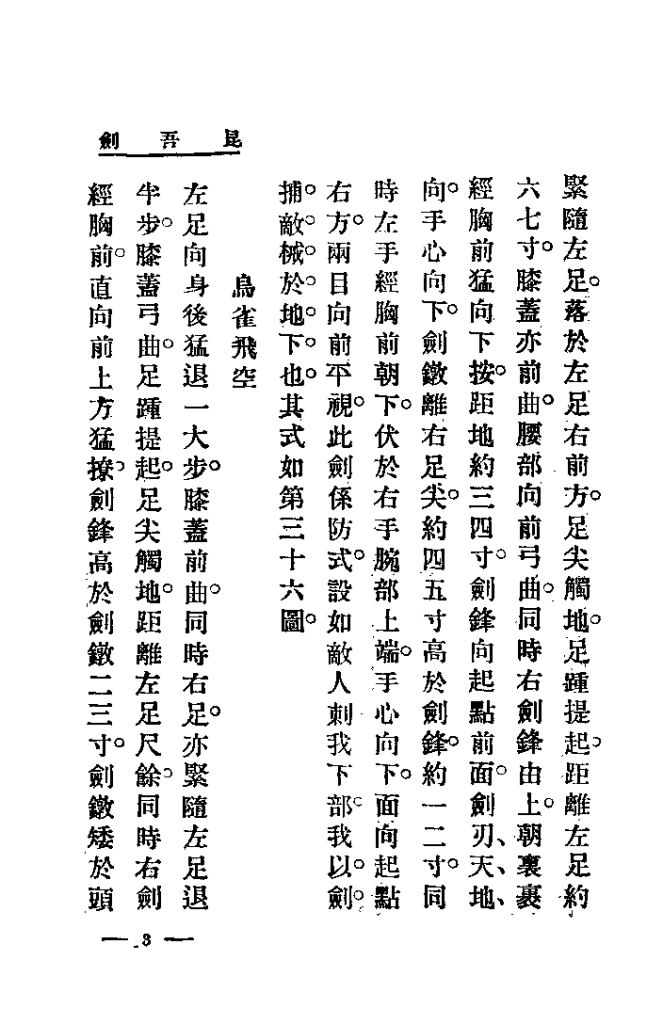
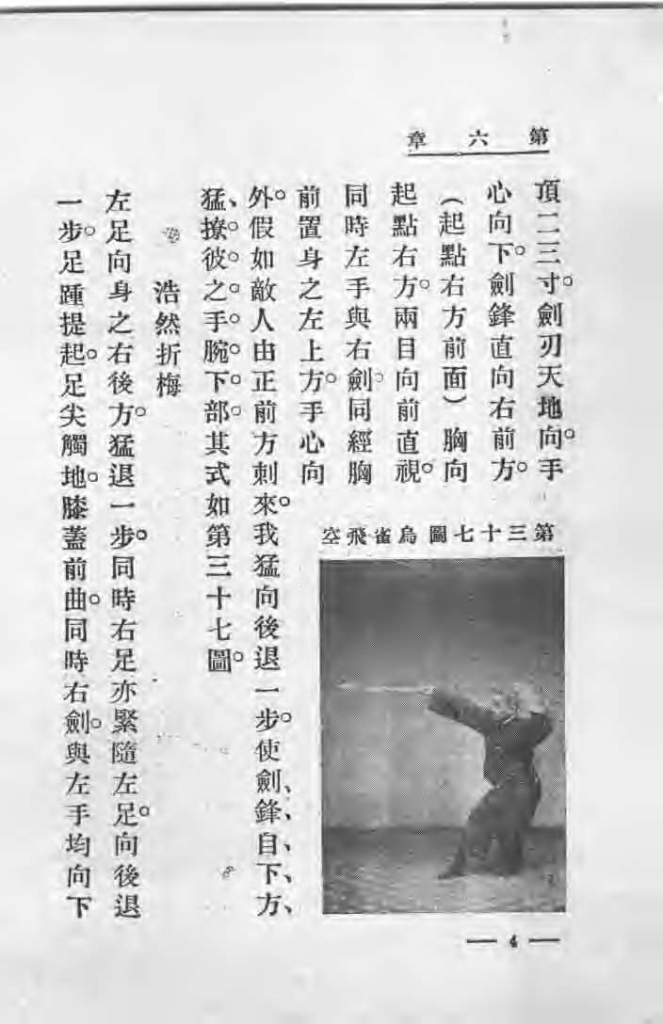
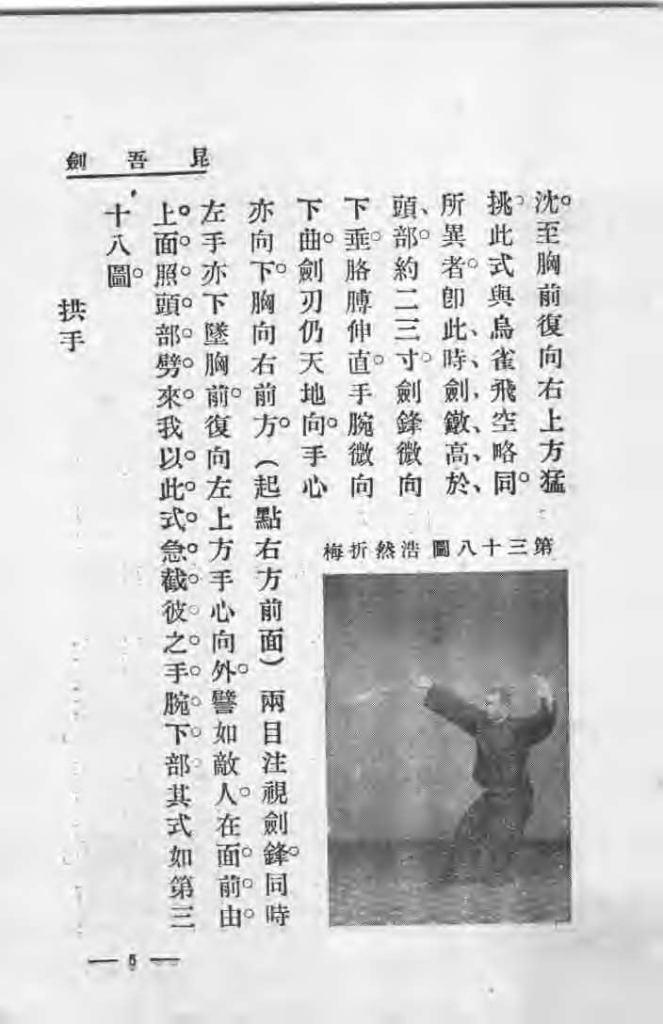

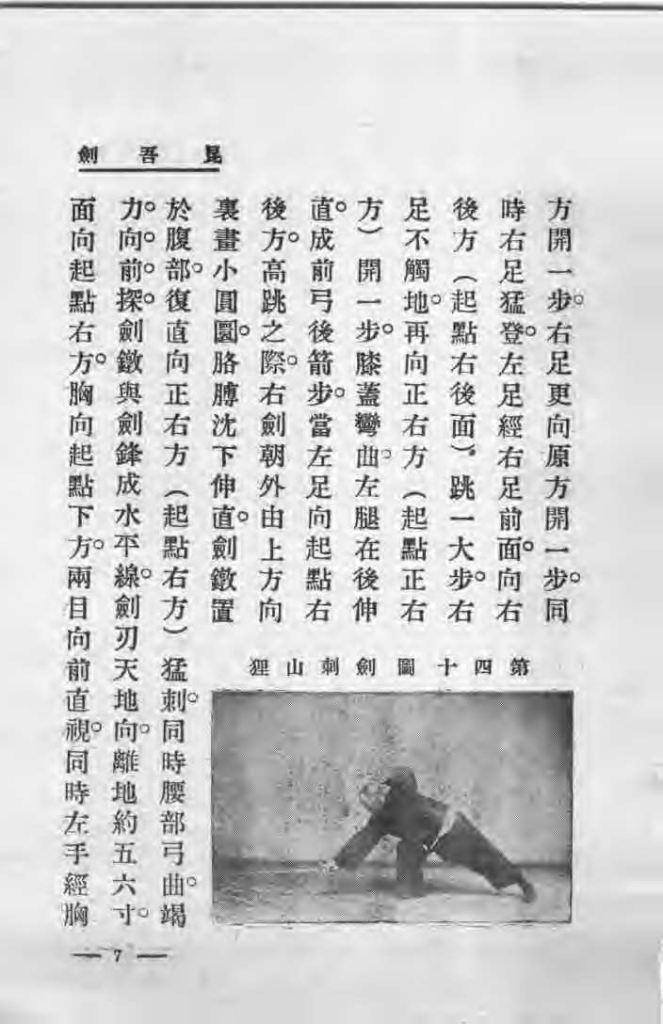

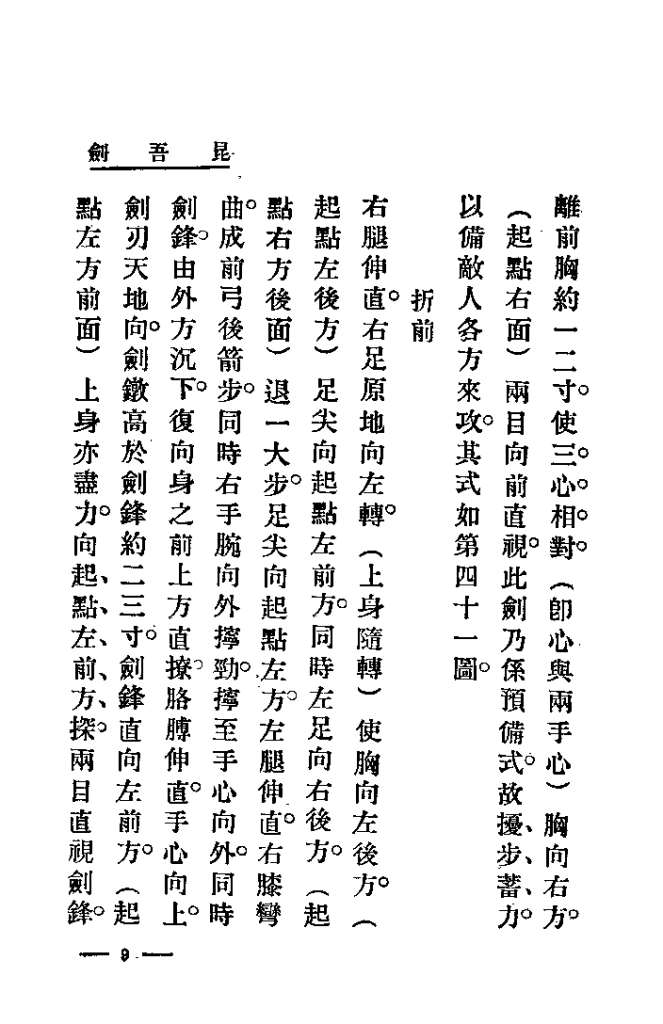
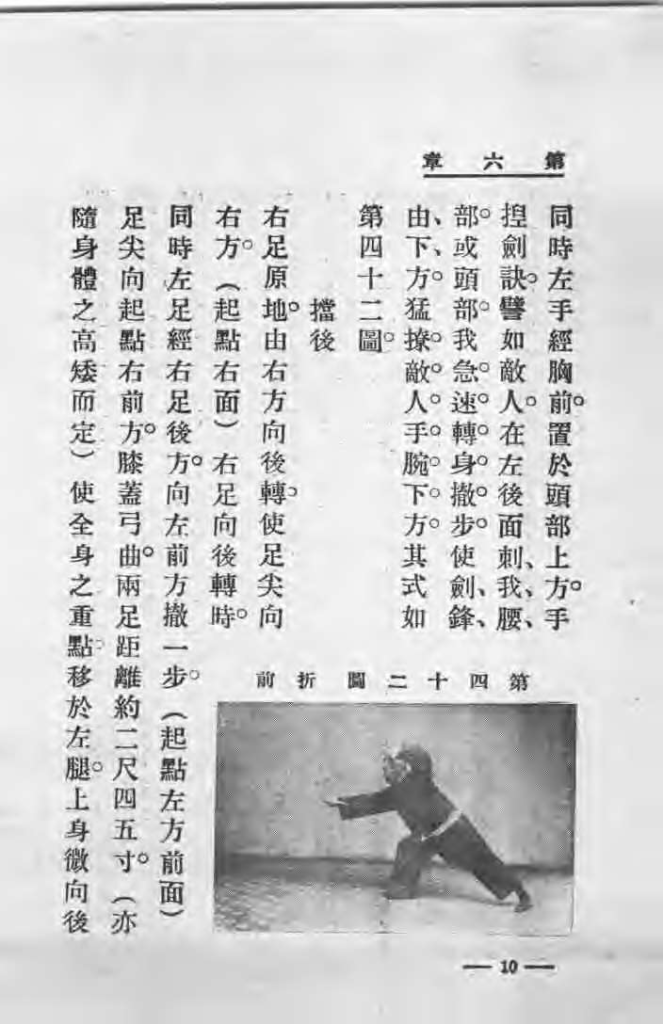
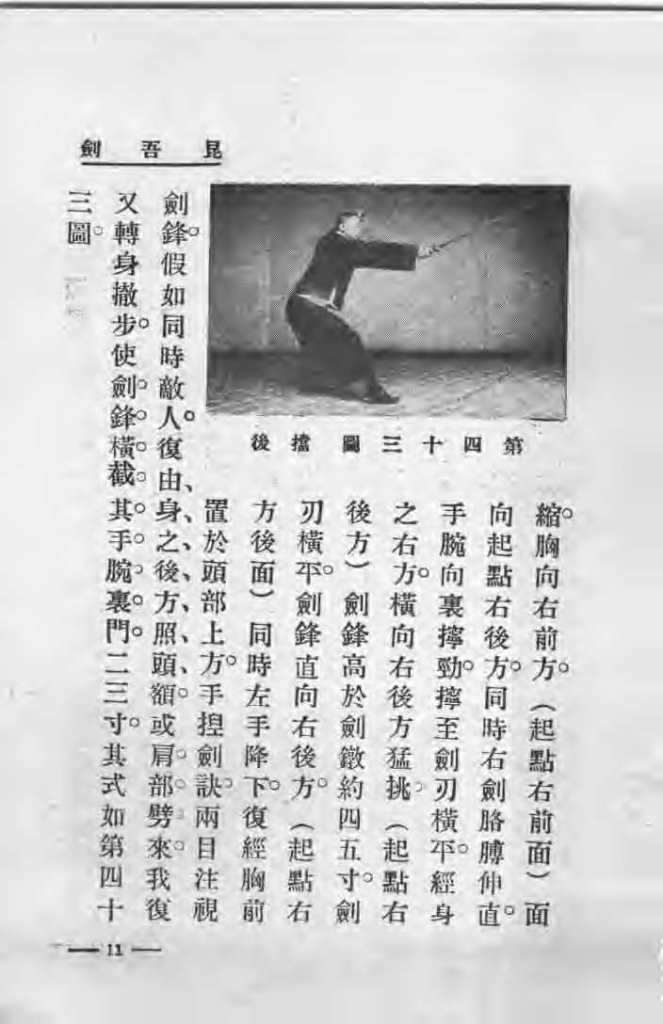
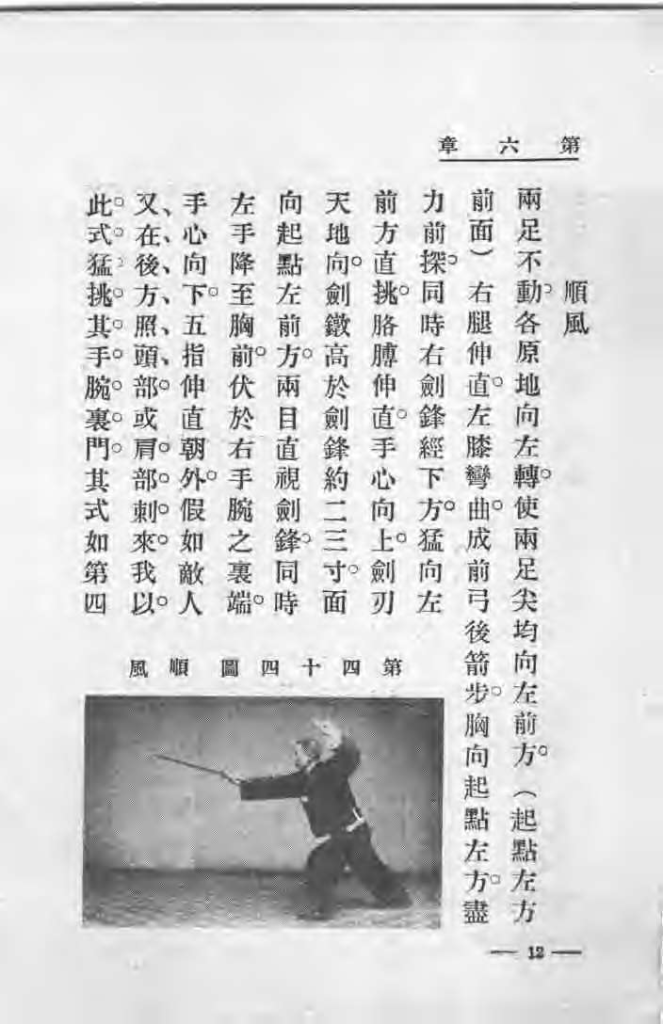


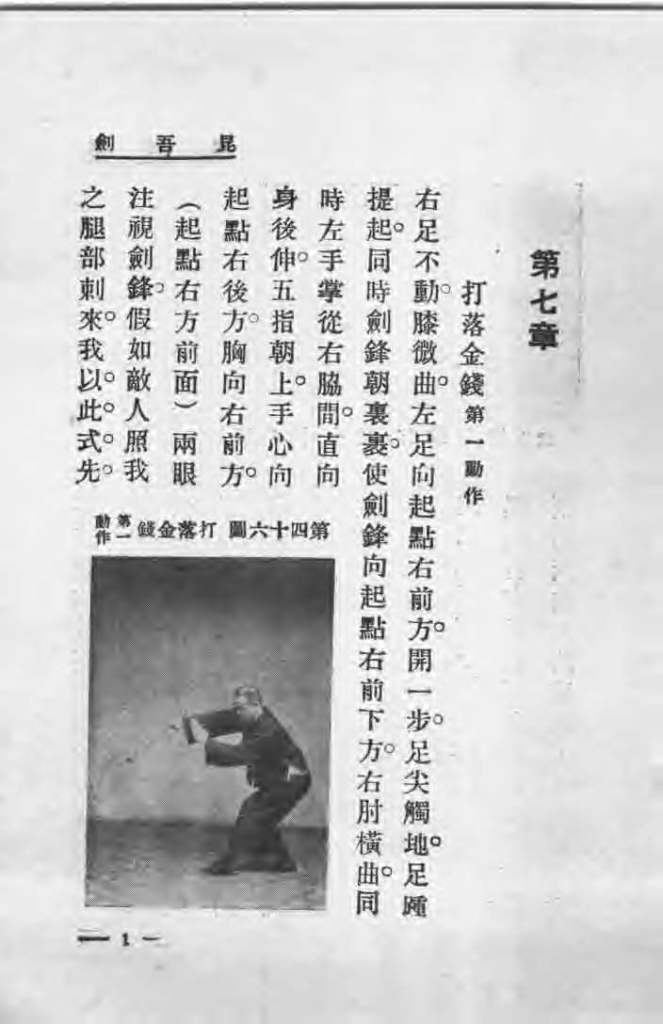
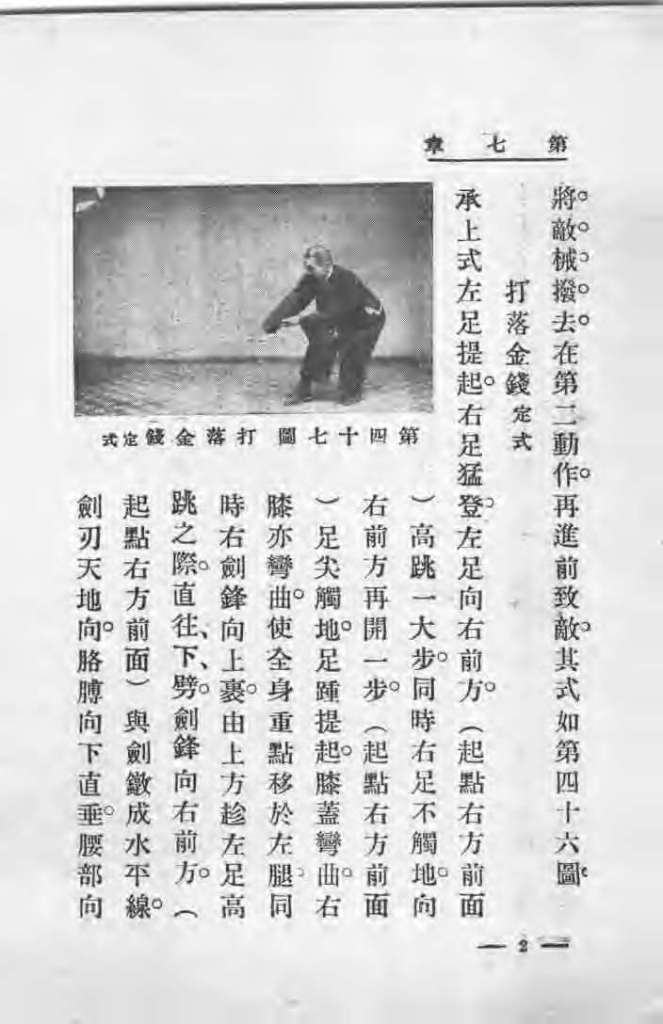
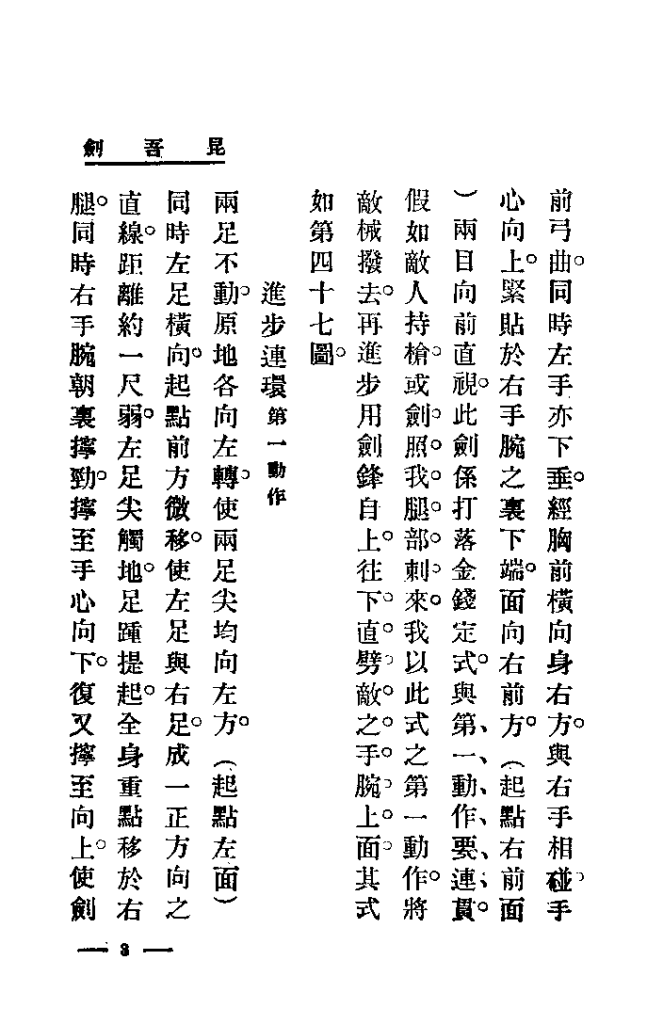
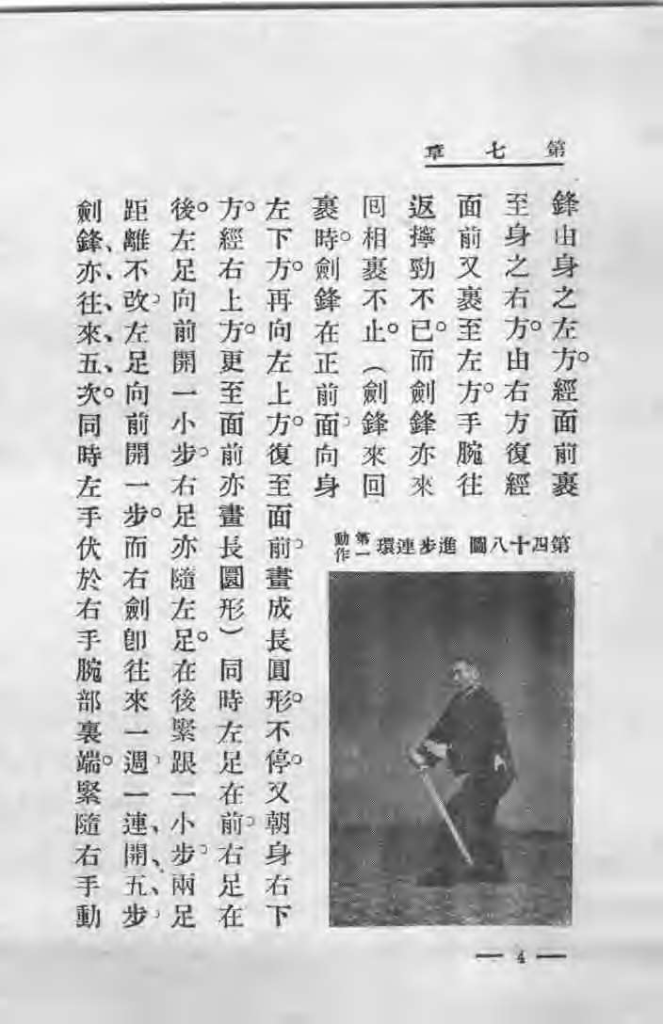
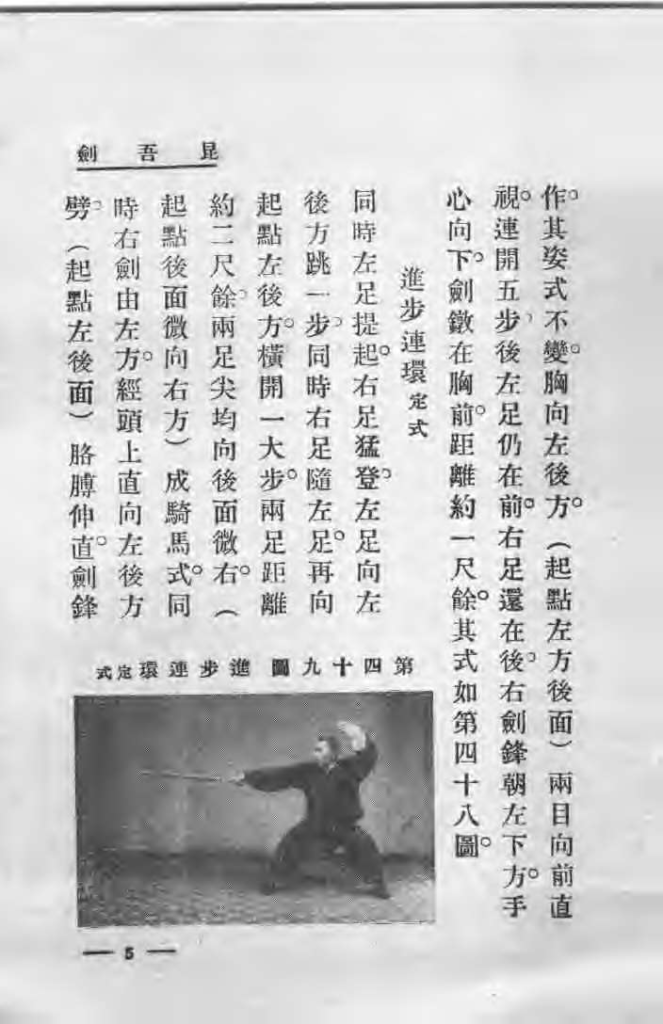




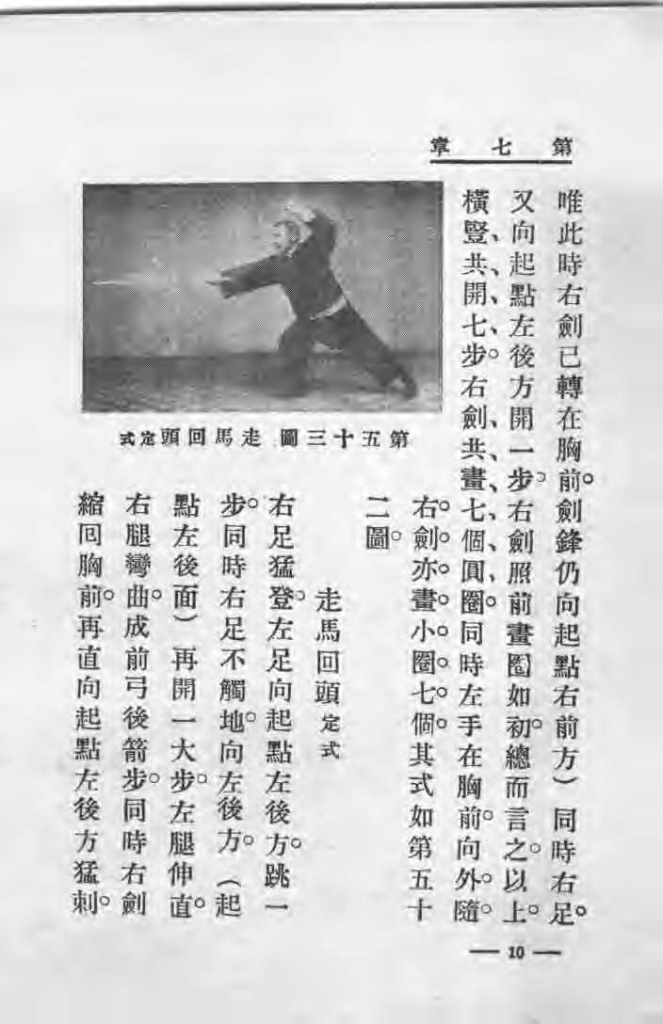
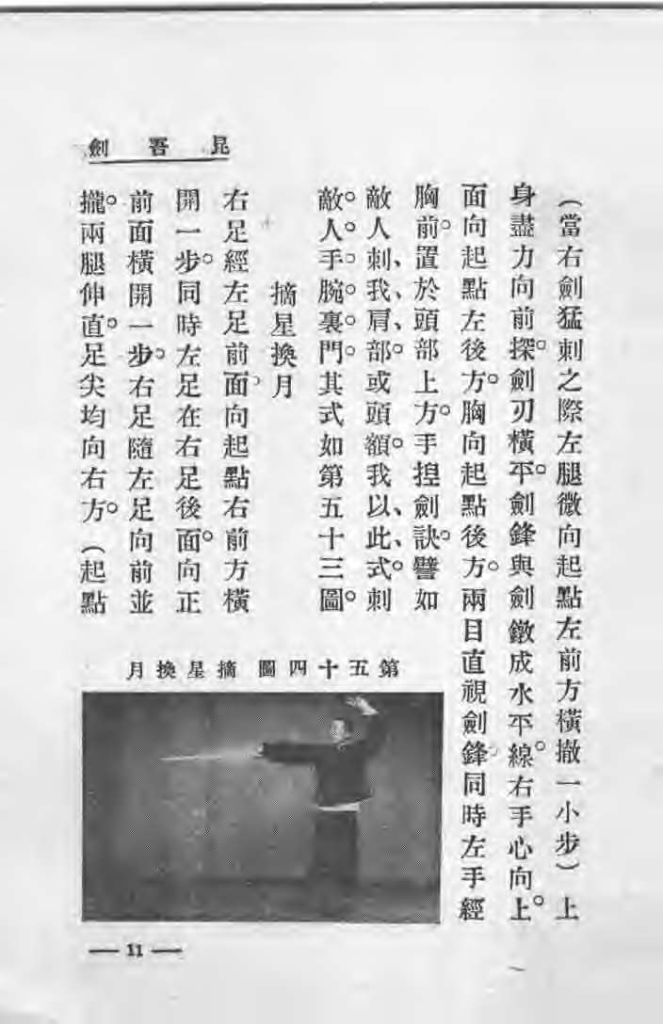
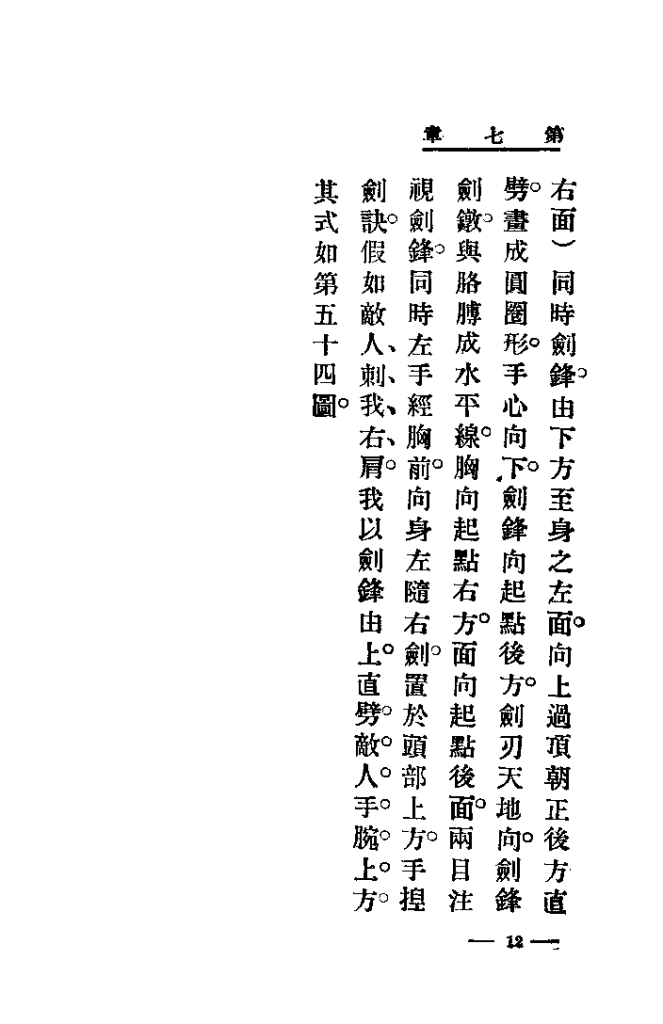



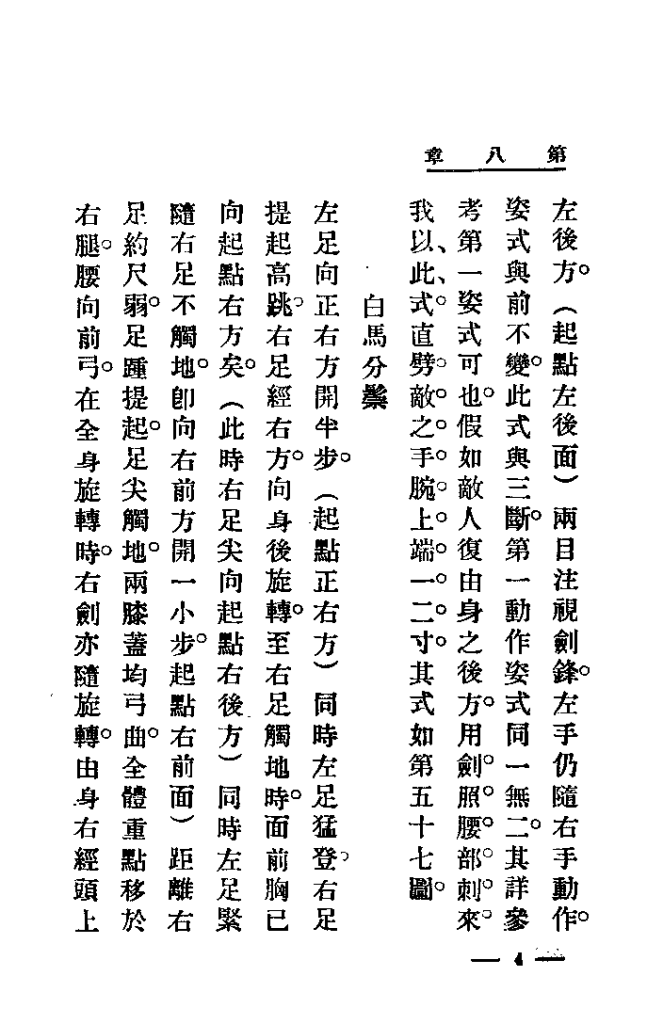
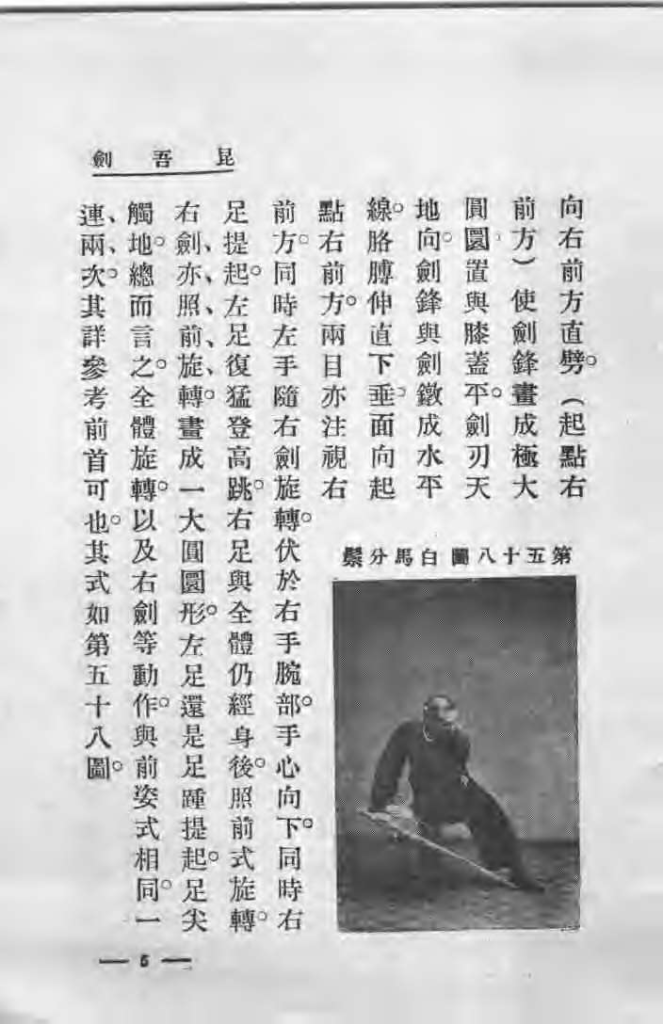
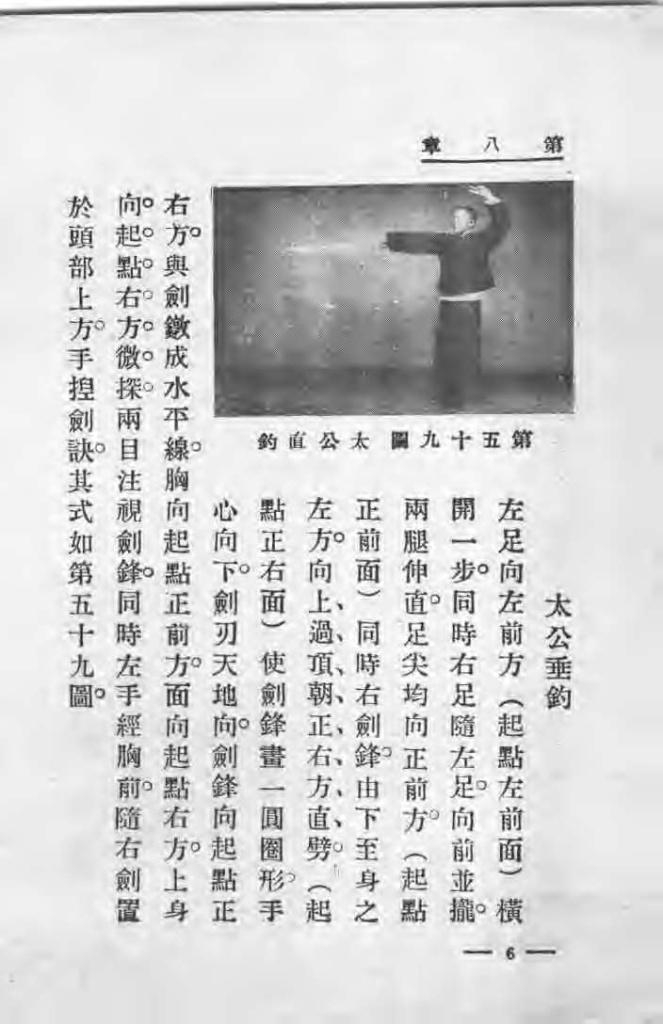

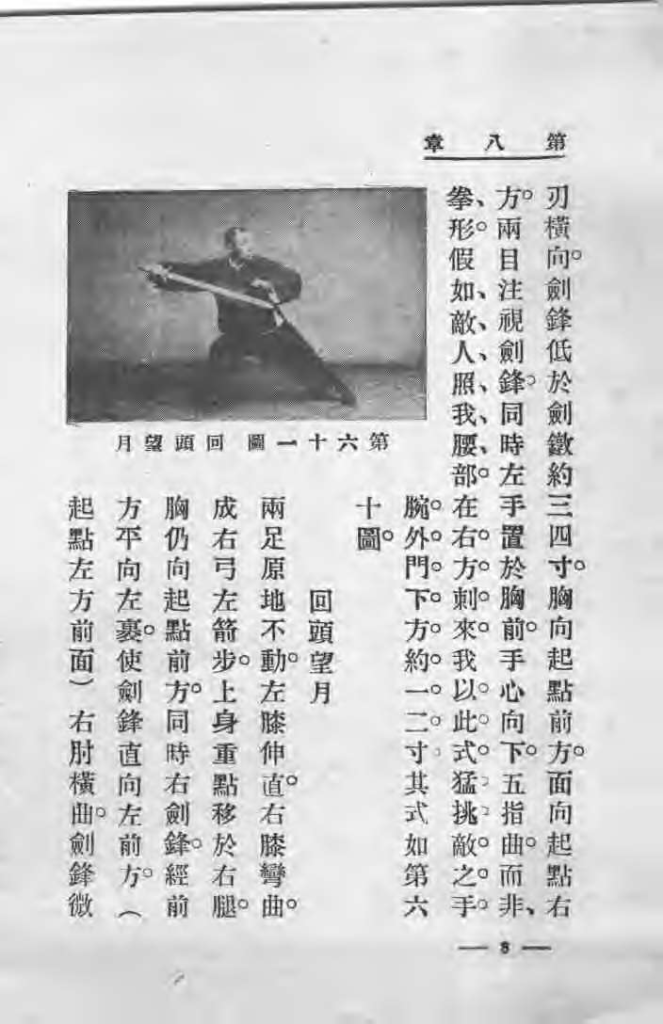

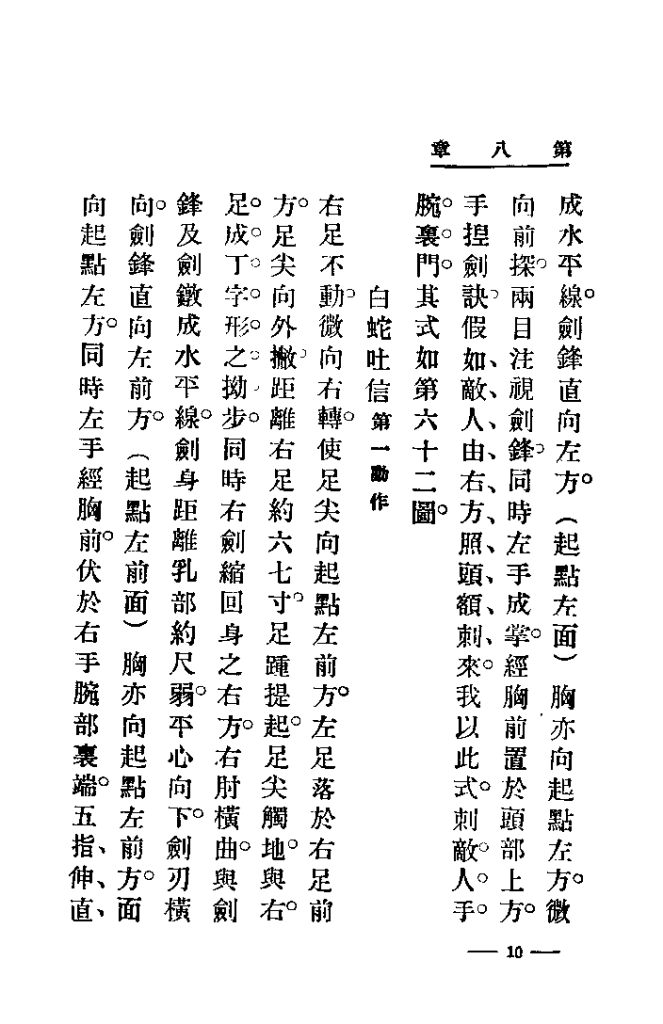
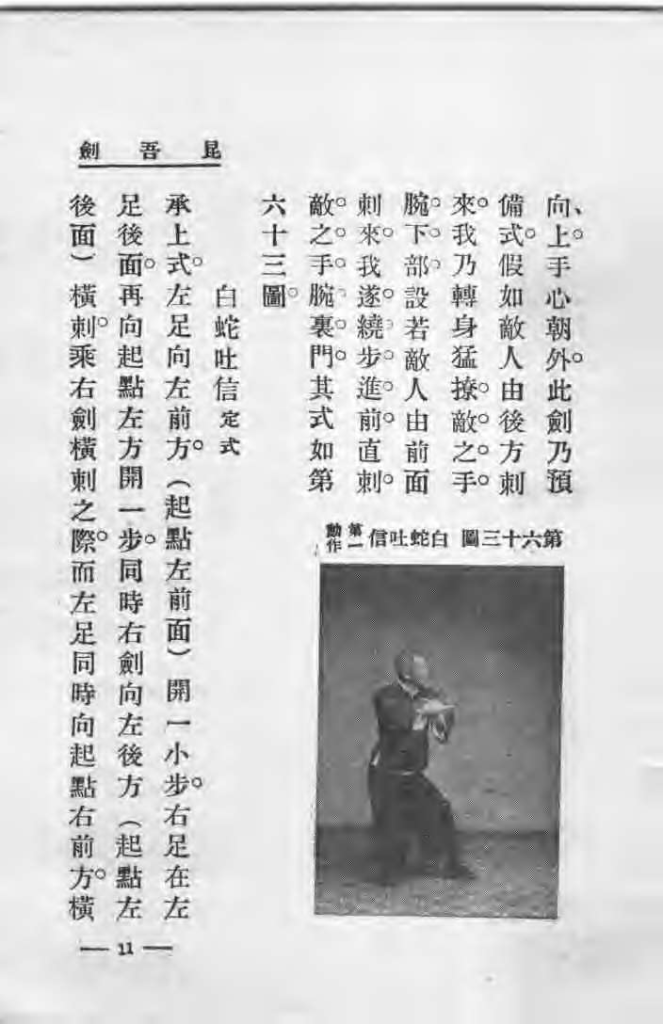
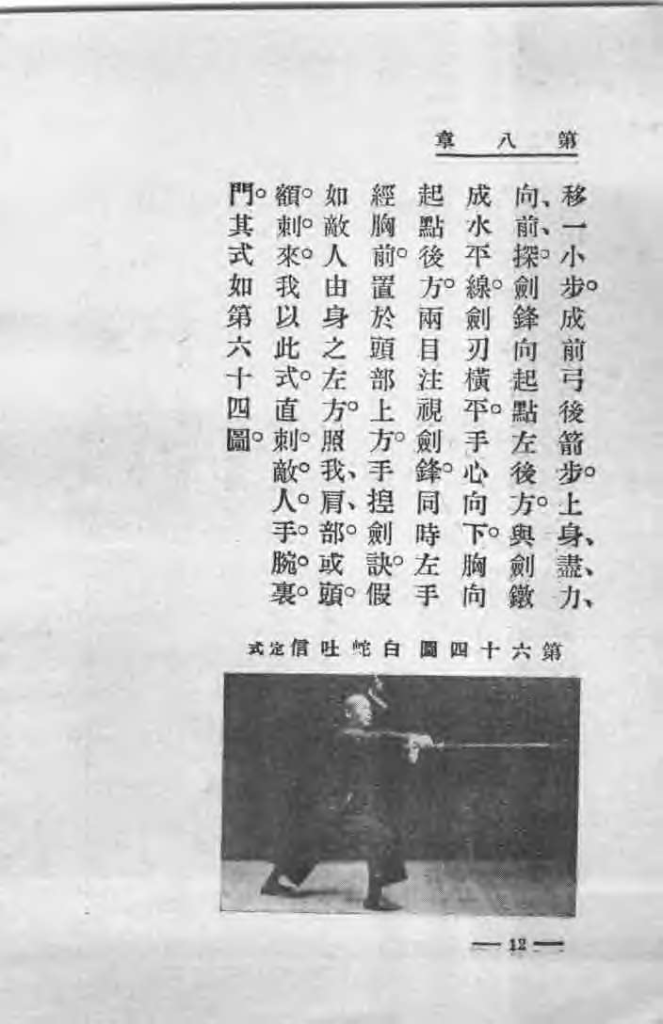
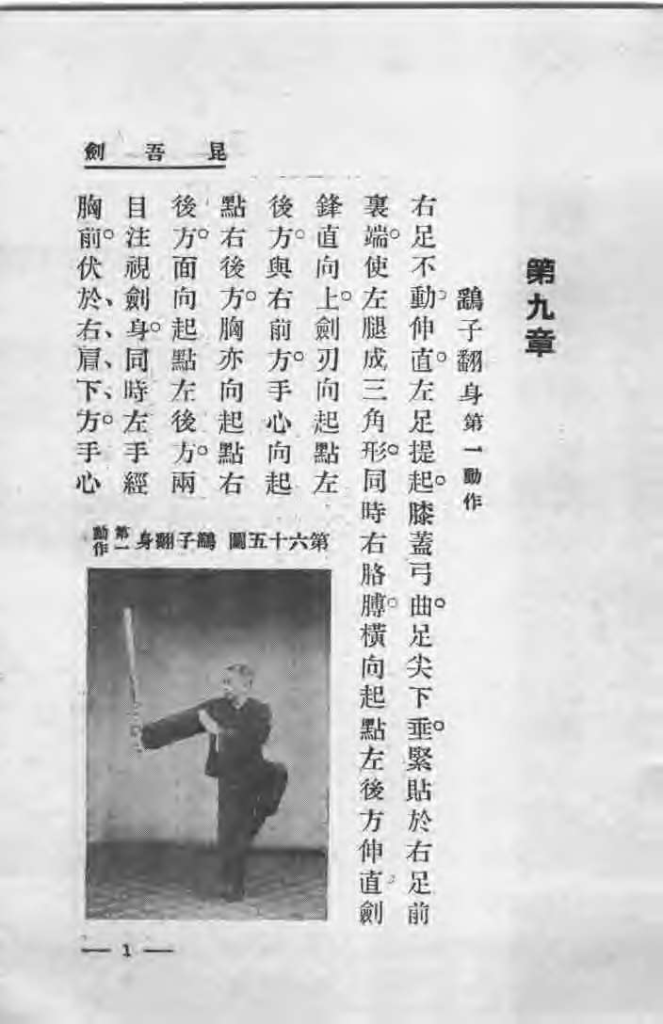
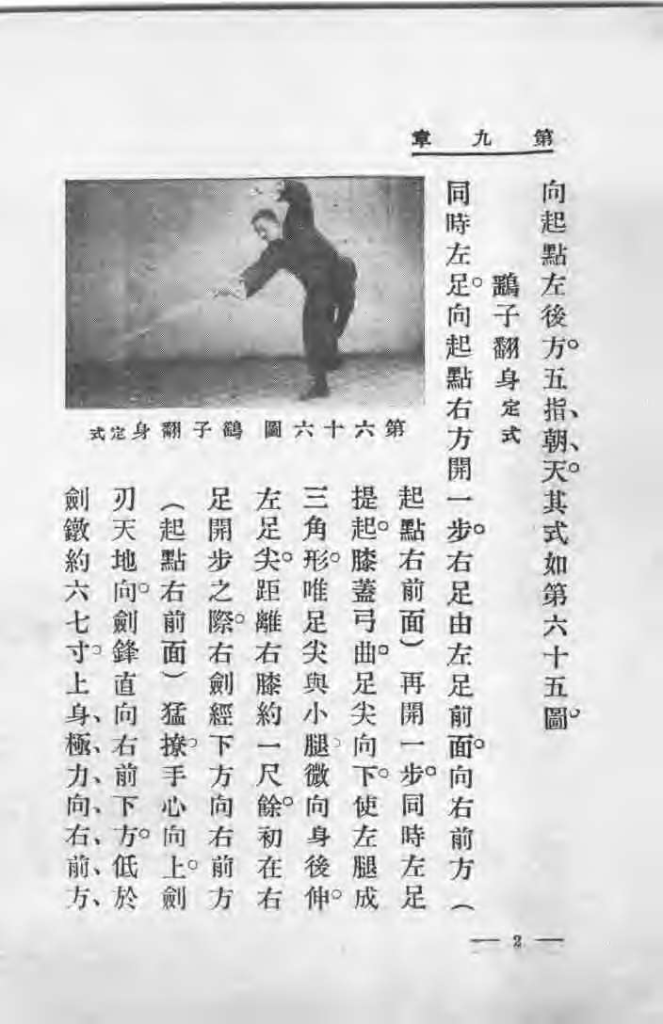
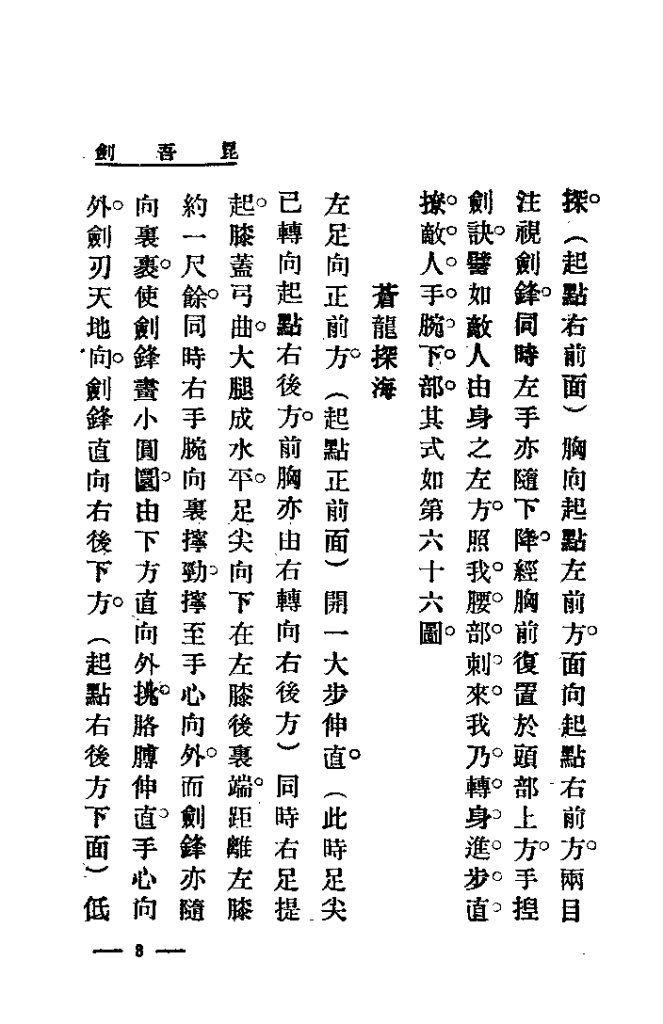
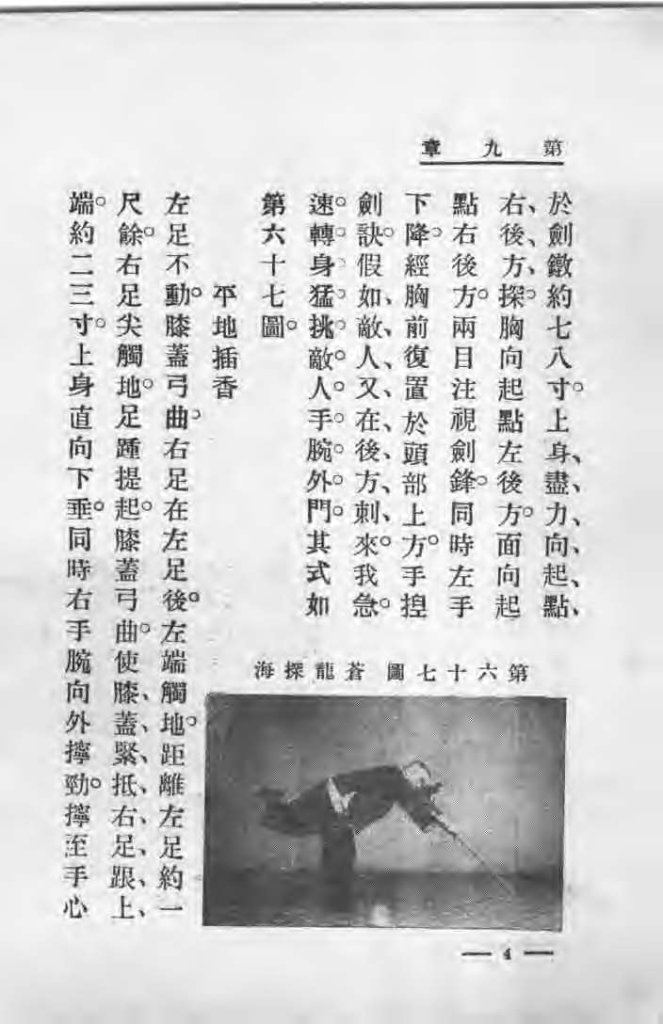



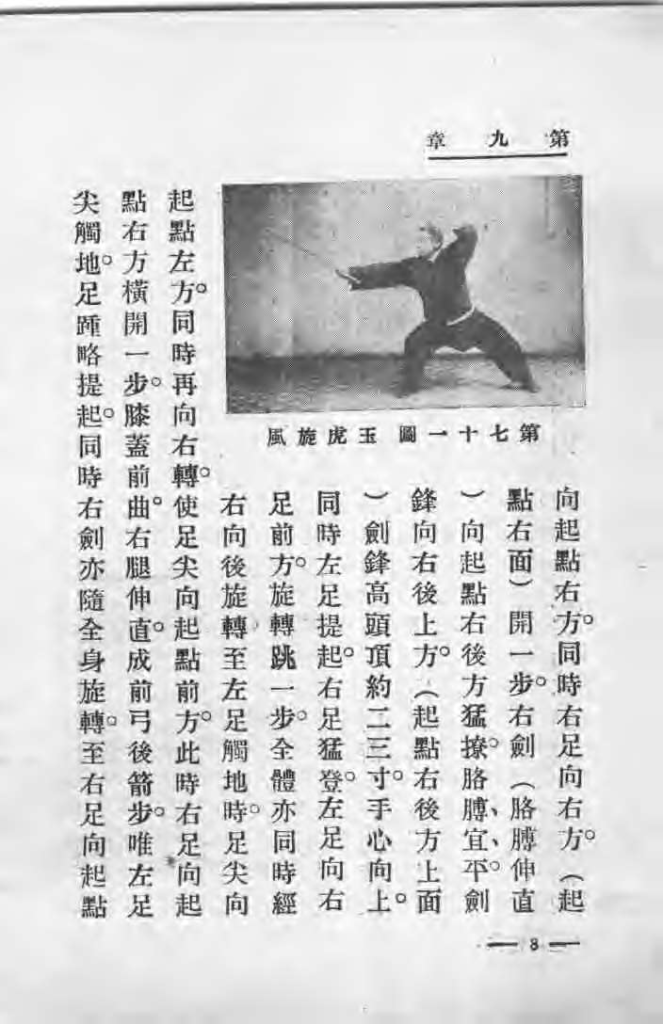
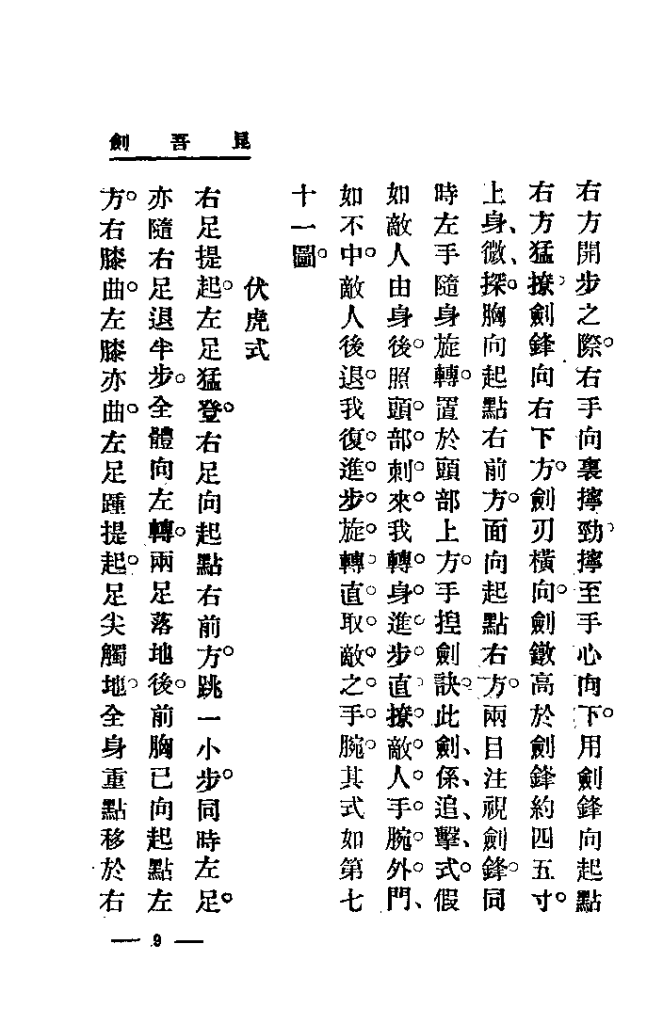



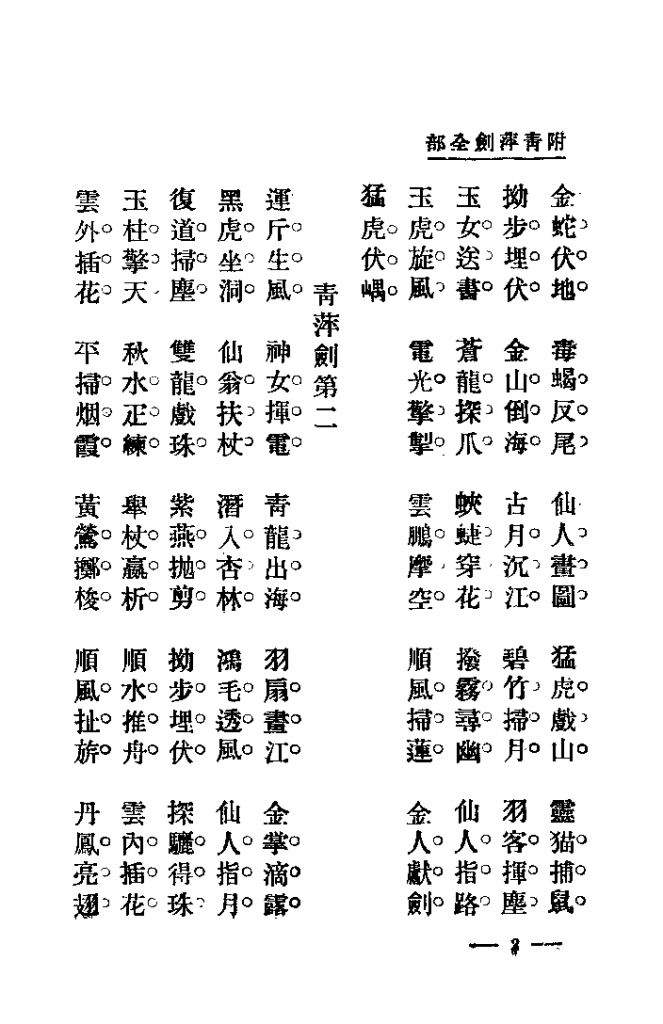
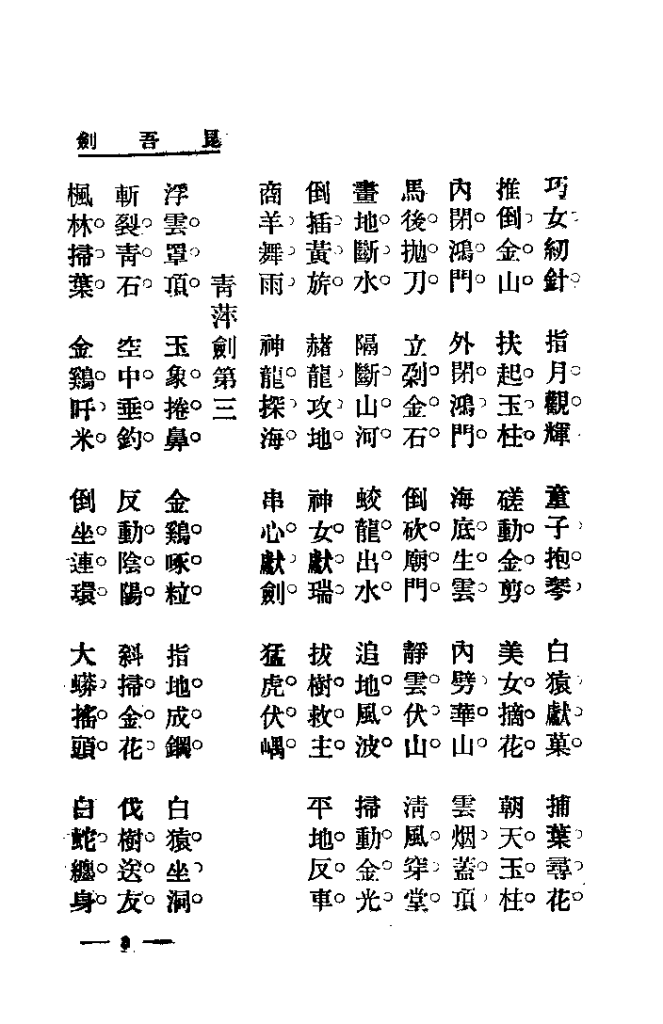
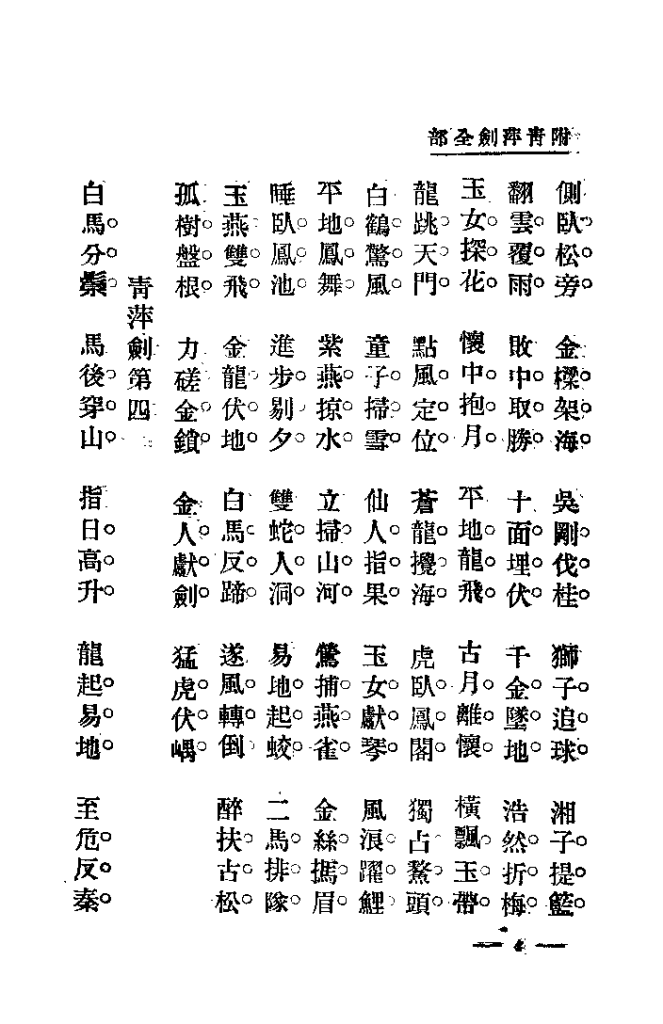
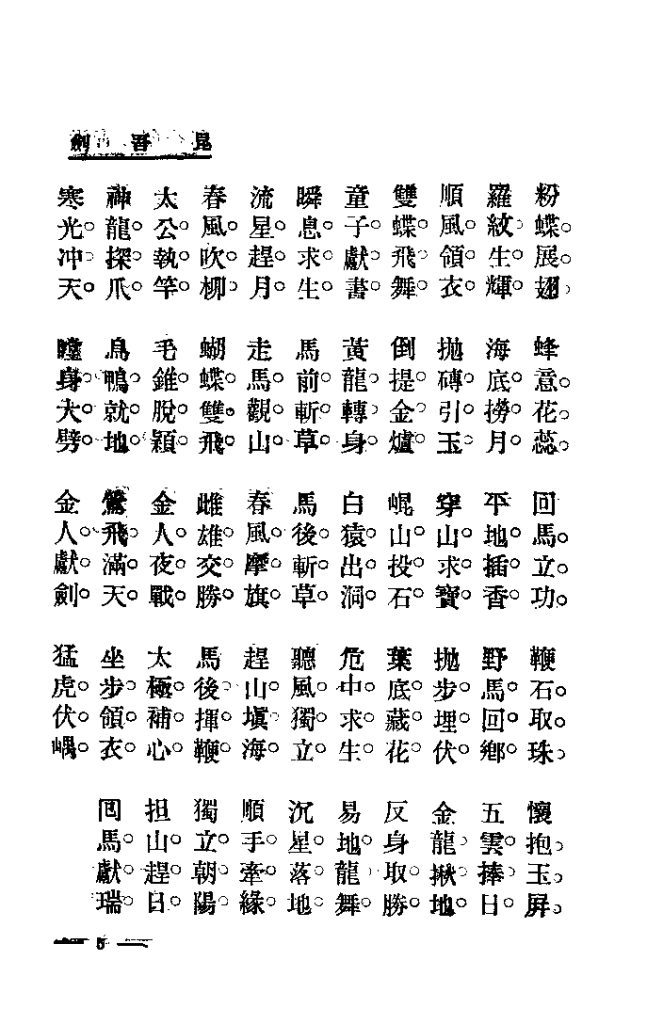



Culture文化 Kungfu武学 179P 《写真昆吾剑》姜容樵
历史上的今天 ( 31 ):
- 2024年-04月-13日:TV电视:TVG 西班牙
- 2024年-04月-13日:Radio收音机:TBS FM95.1交通广播 韩国首尔交通放送
- 2024年-04月-13日:Radio收音机:TBS eFM101.3英语广播 韩国首尔交通放送
- 2024年-04月-13日:Radio收音机:KBC FM101.1 韩国光州广播电台
- 2024年-04月-13日:Radio收音机:Mandarin Station 98.3 FM印尼雅加达983中文电台
- 2024年-04月-13日:Metaphysics玄学:紫微斗数解密 (355P)
- 2024年-04月-13日:Metaphysics玄学:六爻理法进阶 (257P)
- 2024年-04月-13日:Metaphysics玄学:六壬神课金口诀心髓指要 (374P)
- 2024年-04月-13日:Metaphysics玄学:正统飞星紫微斗数 (188P)
- 2024年-04月-13日:Metaphysics玄学:紫微斗数精奥 (150P)
- 2024年-04月-13日:Metaphysics玄学:中州派紫微斗数初级讲义 (113P)
- 2024年-04月-13日:Video视频:流落街头的美女
- 2024年-04月-13日:Video视频:双门电梯太可怕了
- 2024年-04月-13日:Video视频:来来来,猜谜语
- 2024年-04月-13日:Video视频:小区楼下店面,来很多美女
- 2024年-04月-13日:Video视频:恒大20周年激情澎湃朗诵
- 2024年-04月-13日:Video视频:夜场的短裙也太短了吧
- 2024年-04月-13日:Video视频:美女大全,看看
- 2024年-04月-13日:Video视频:母狗把出轨公狗小弟弟咬下来了
- 2024年-04月-13日:Video视频:洗澡时候,突然想跳绳
- 2024年-04月-13日:Video视频:帮女按摩师抓胸部蚊子,流氓
- 2024年-04月-13日:Video视频:女神纹身,也能尿出来
- 2024年-04月-13日:Video视频:老外最喜欢的骑单车运动
- 2024年-04月-13日:Video视频:华为党,太可怕了
- 2024年-04月-13日:Video视频:未满十四岁,有法律保护
- 2024年-04月-13日:Video视频:女优的日本料理
- 2024年-04月-13日:Video视频:老婆买这件连衣裙,太小了
- 2024年-04月-13日:Video视频:家里茶几升级了,真皮的
- 2024年-04月-13日:Video视频:这个避孕套广告很不错
- 2024年-04月-13日:Video视频:累了一晚上,该起床了
- 2024年-04月-13日:Video视频:天气太热,老婆流好多汗
可点 ➠ 2023年-04月-13日 ➠ 193 s ➠ ♥ 0

